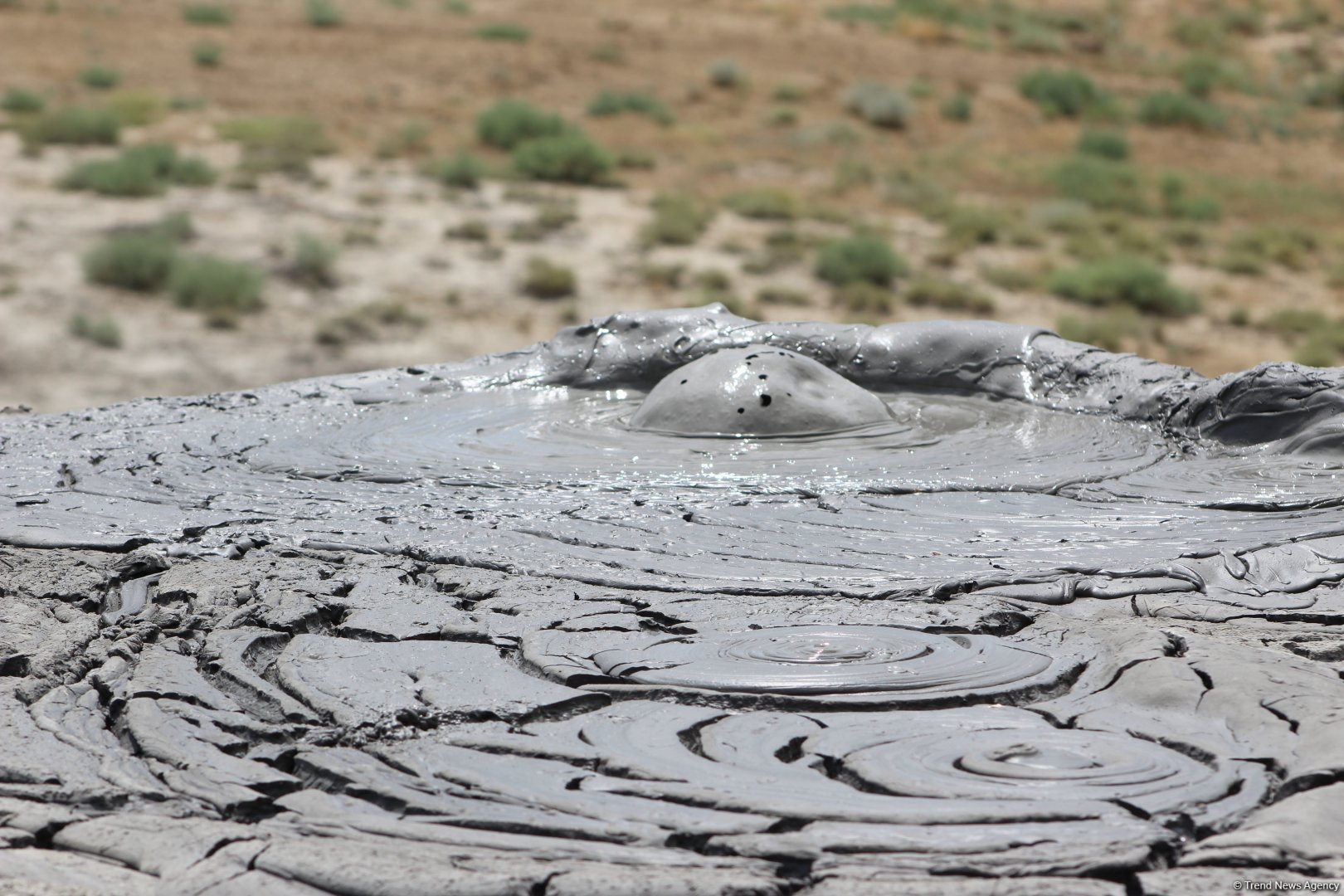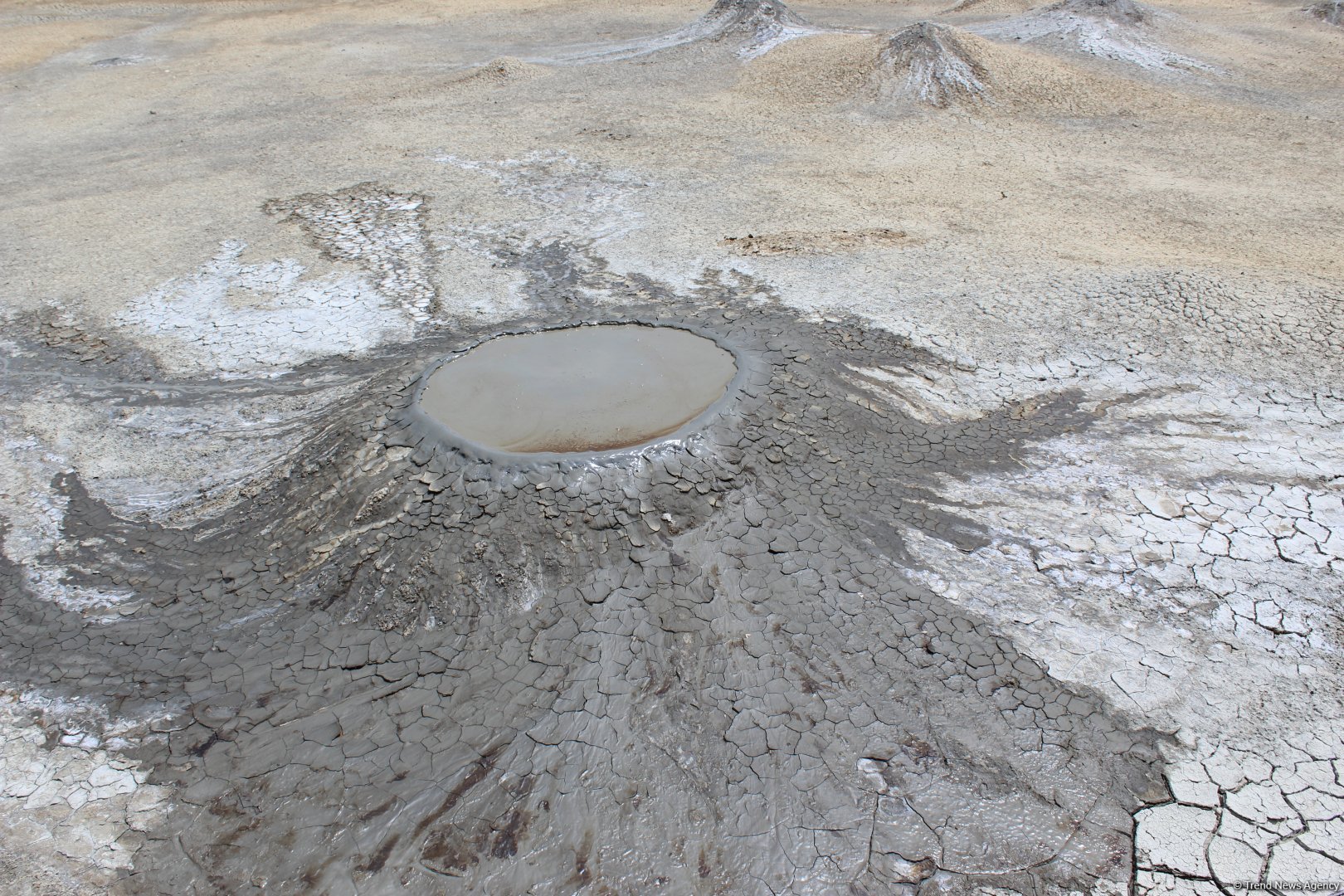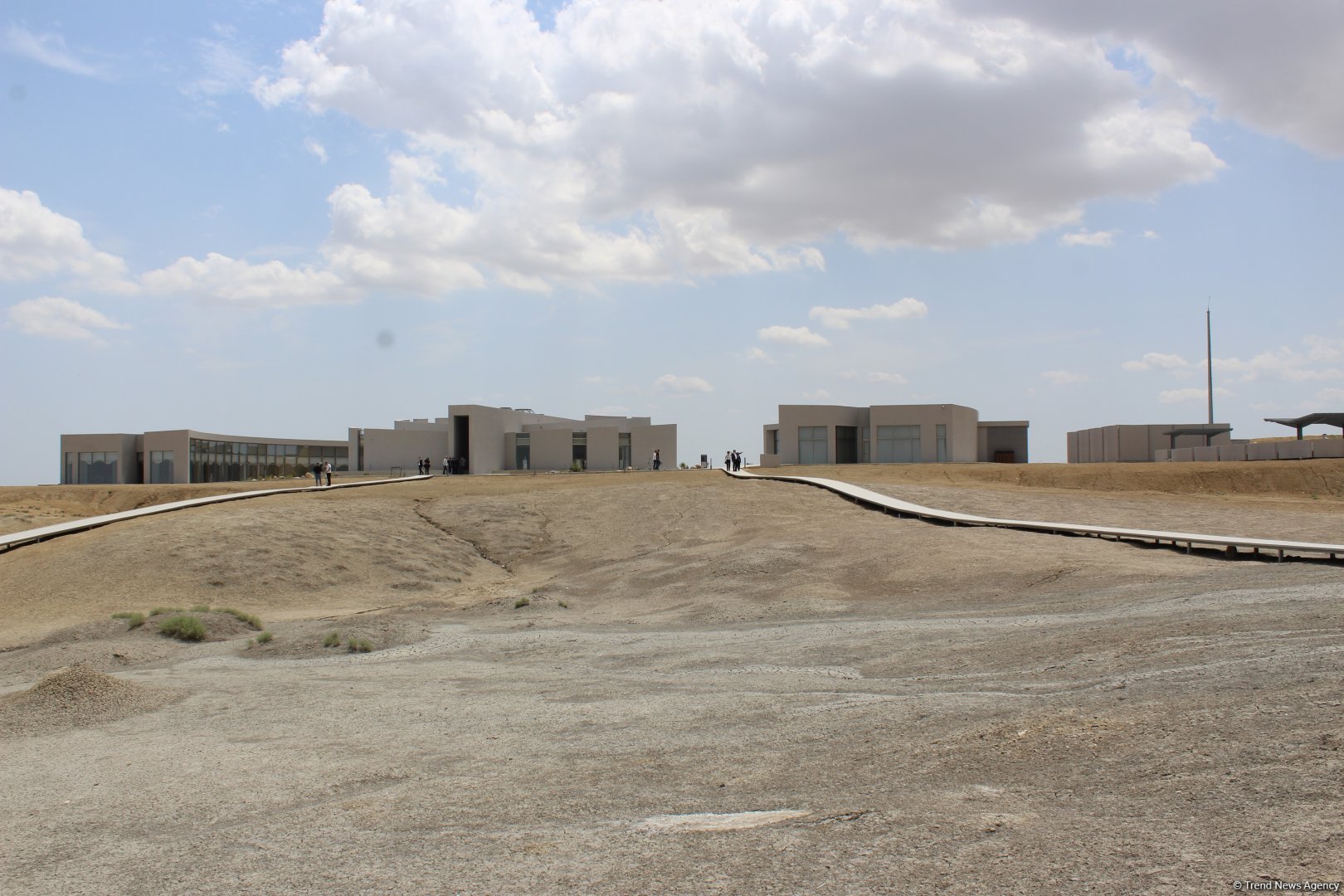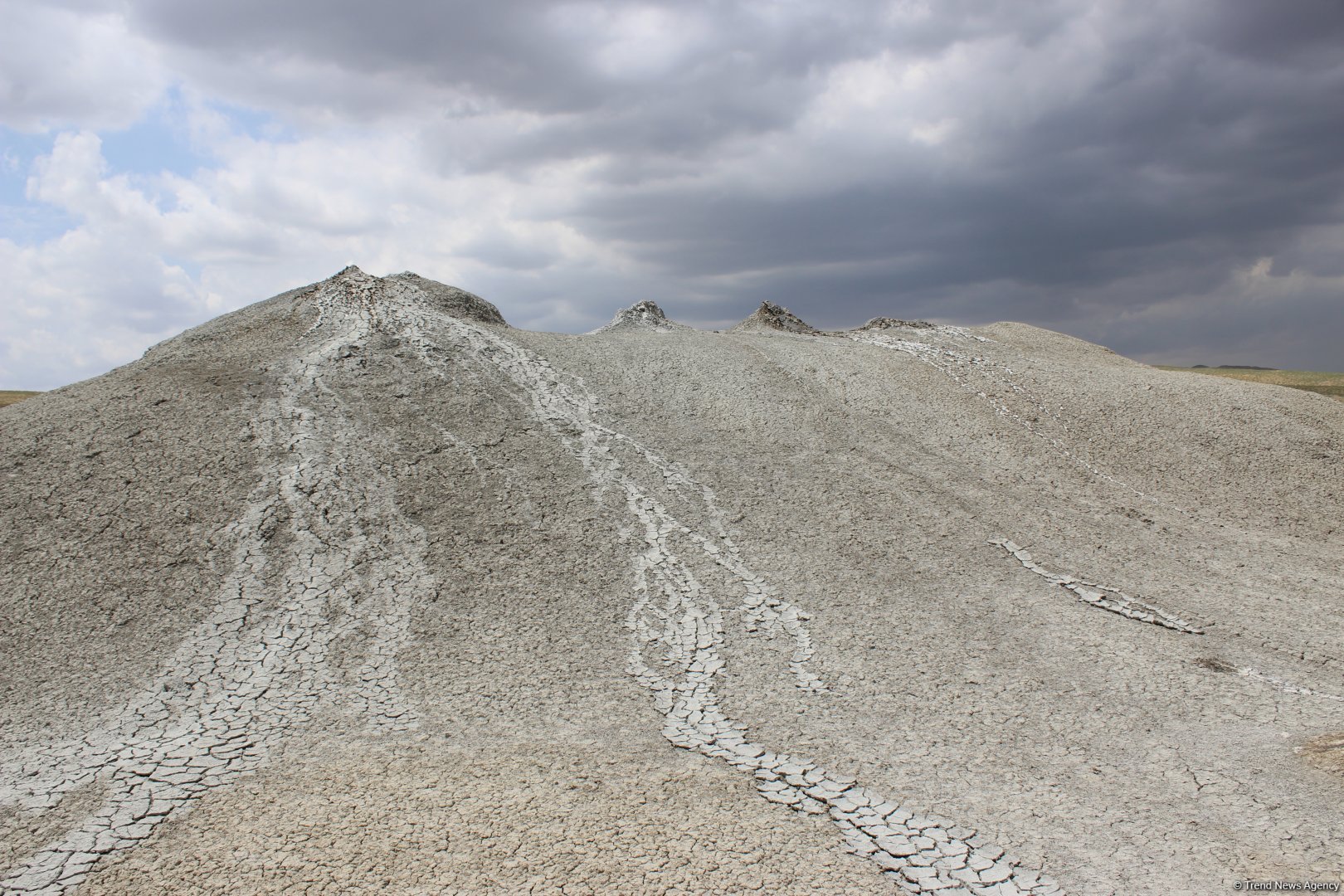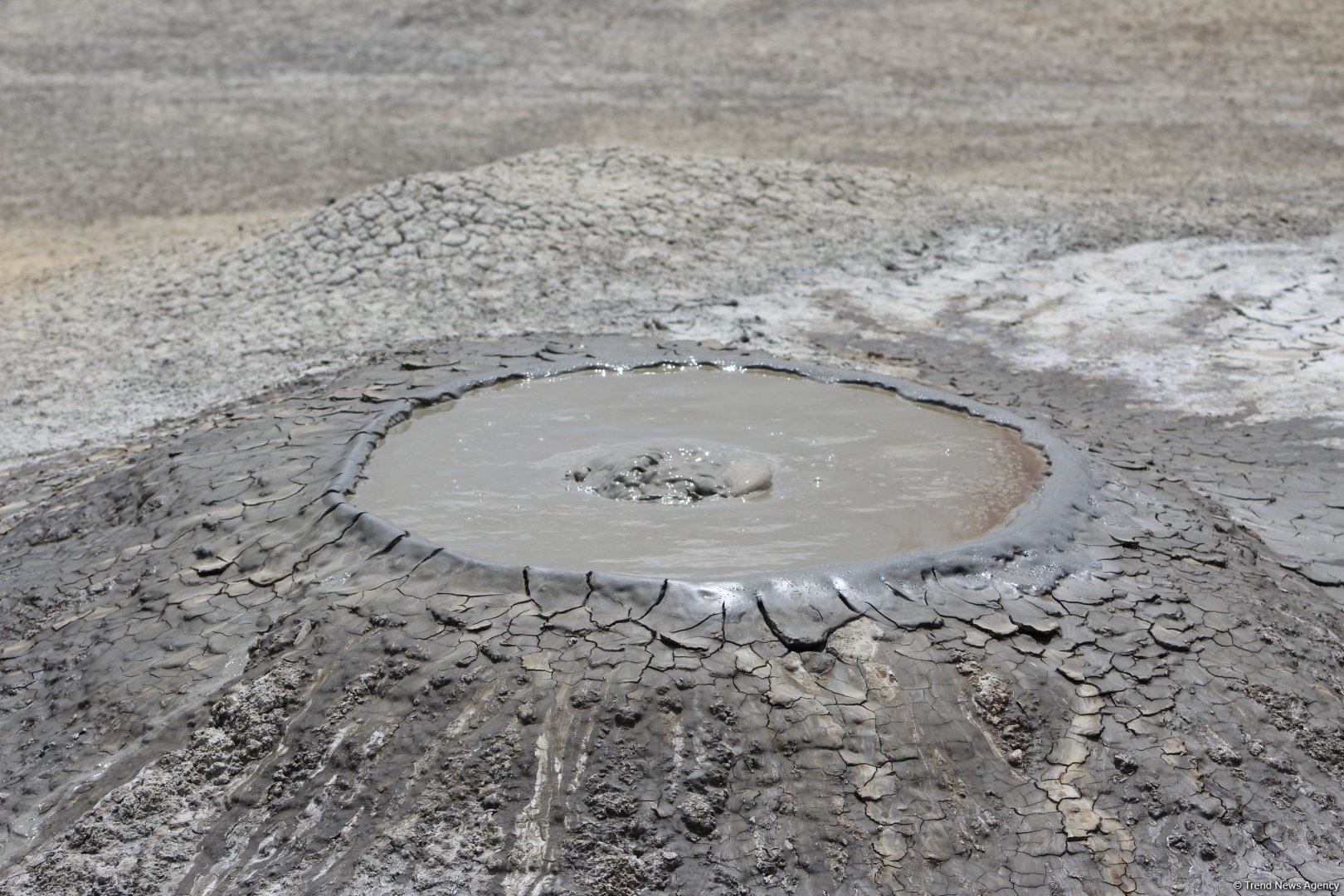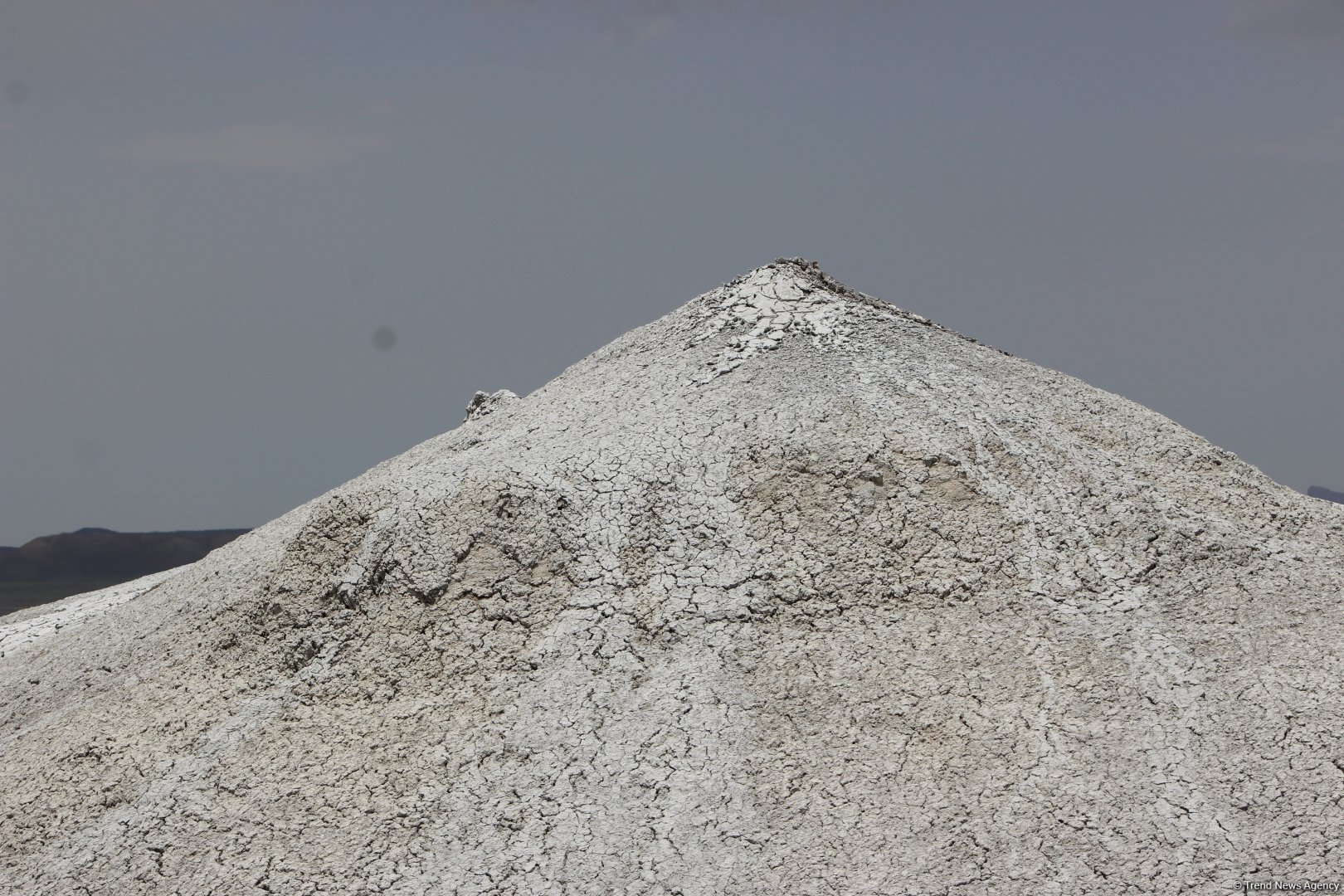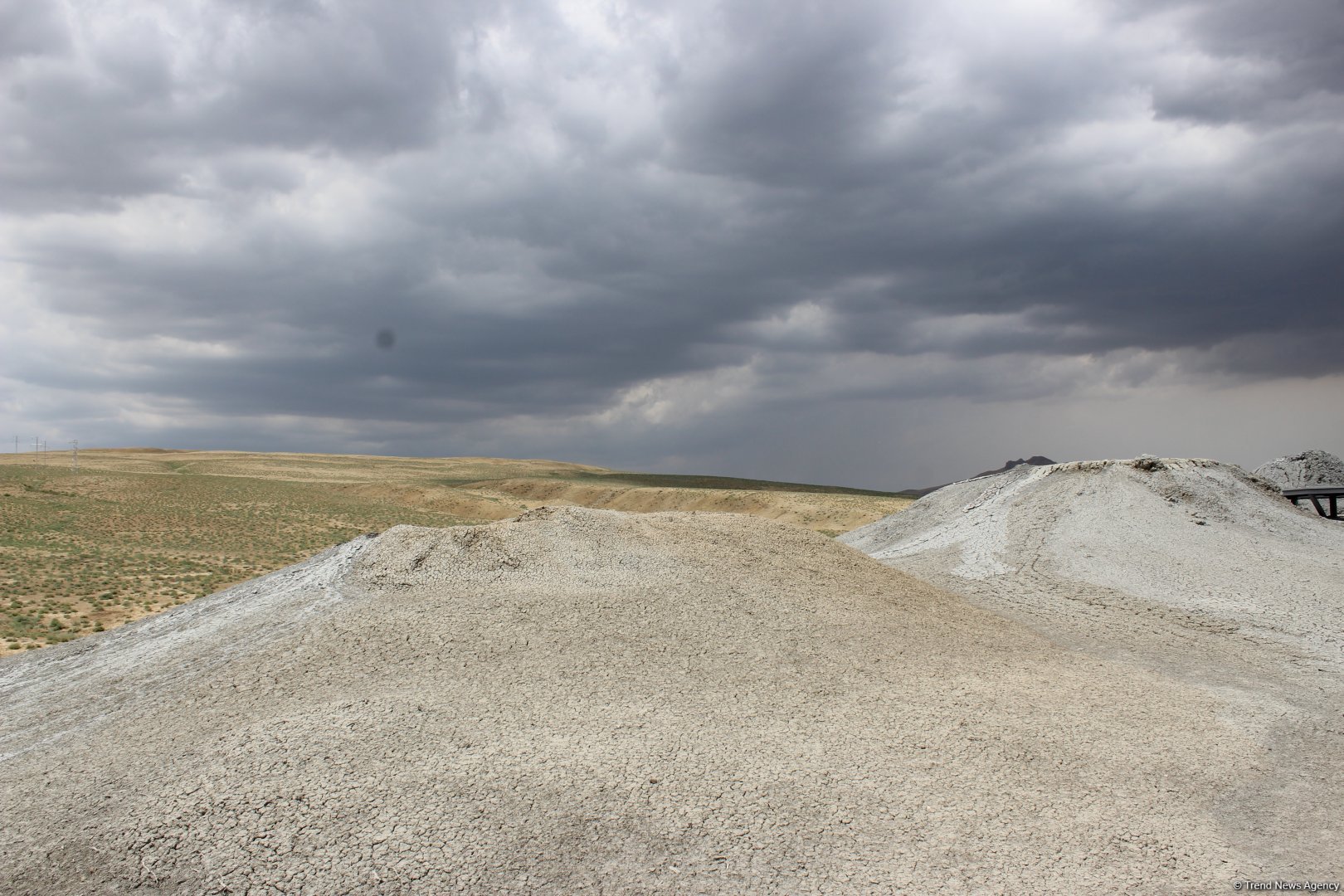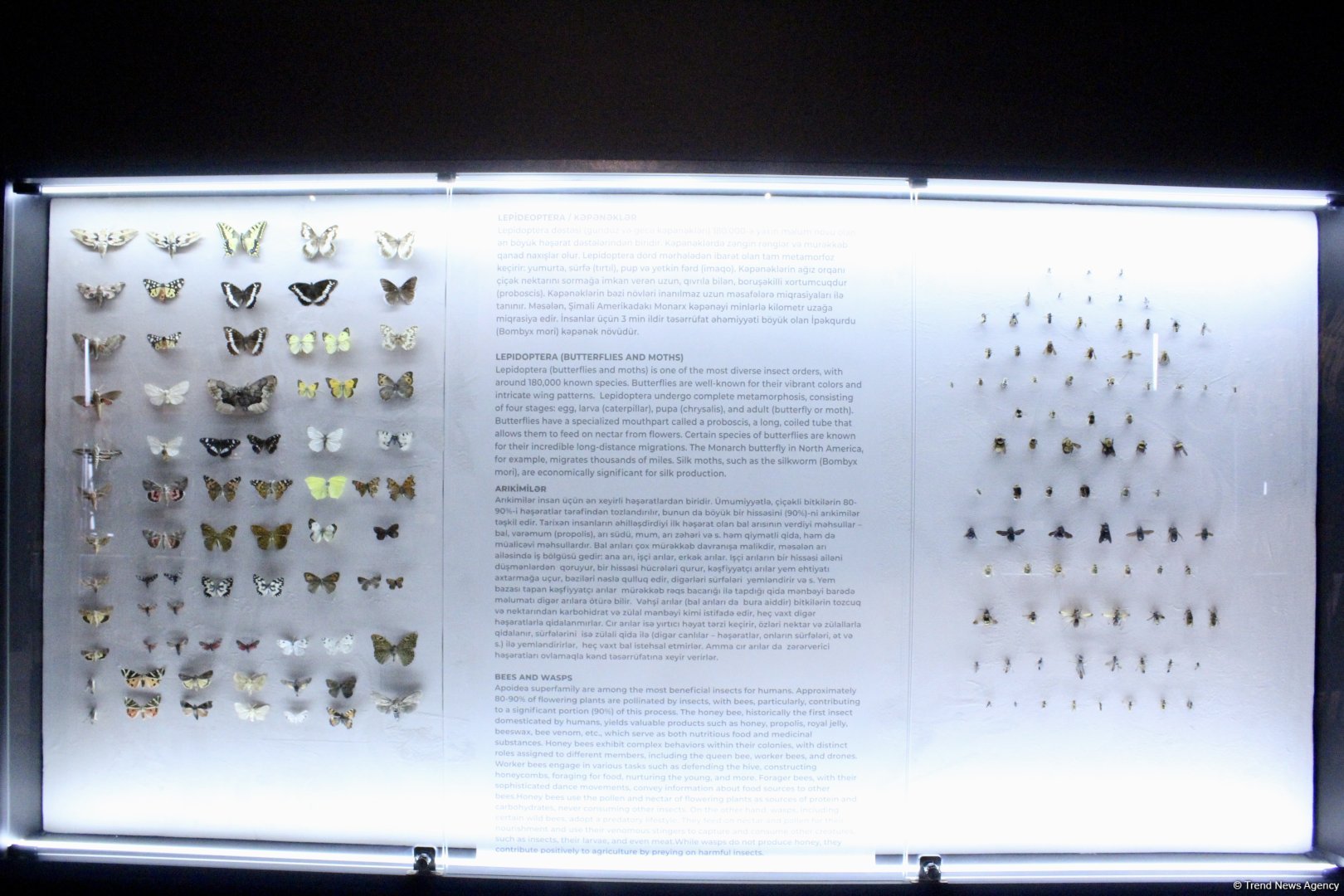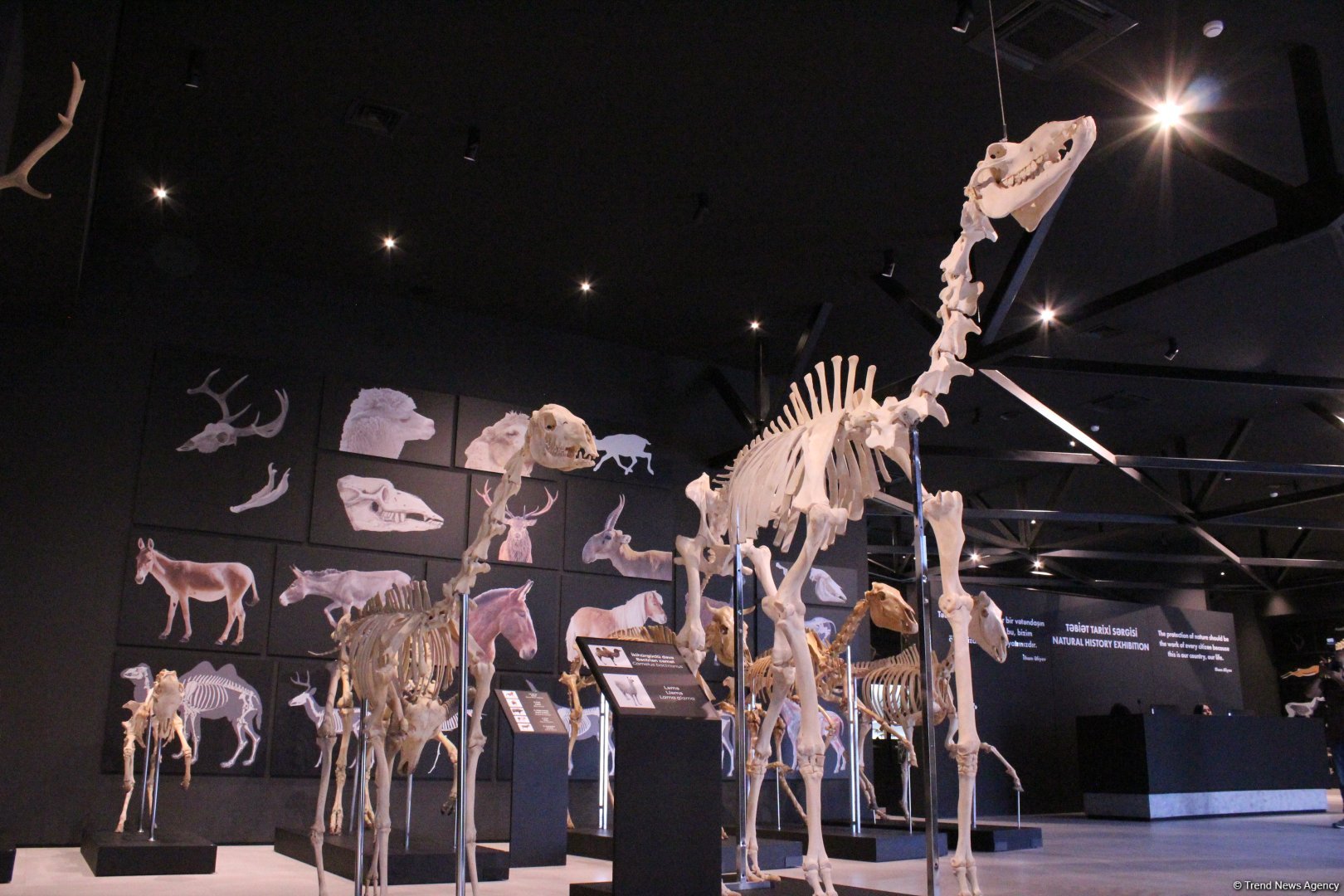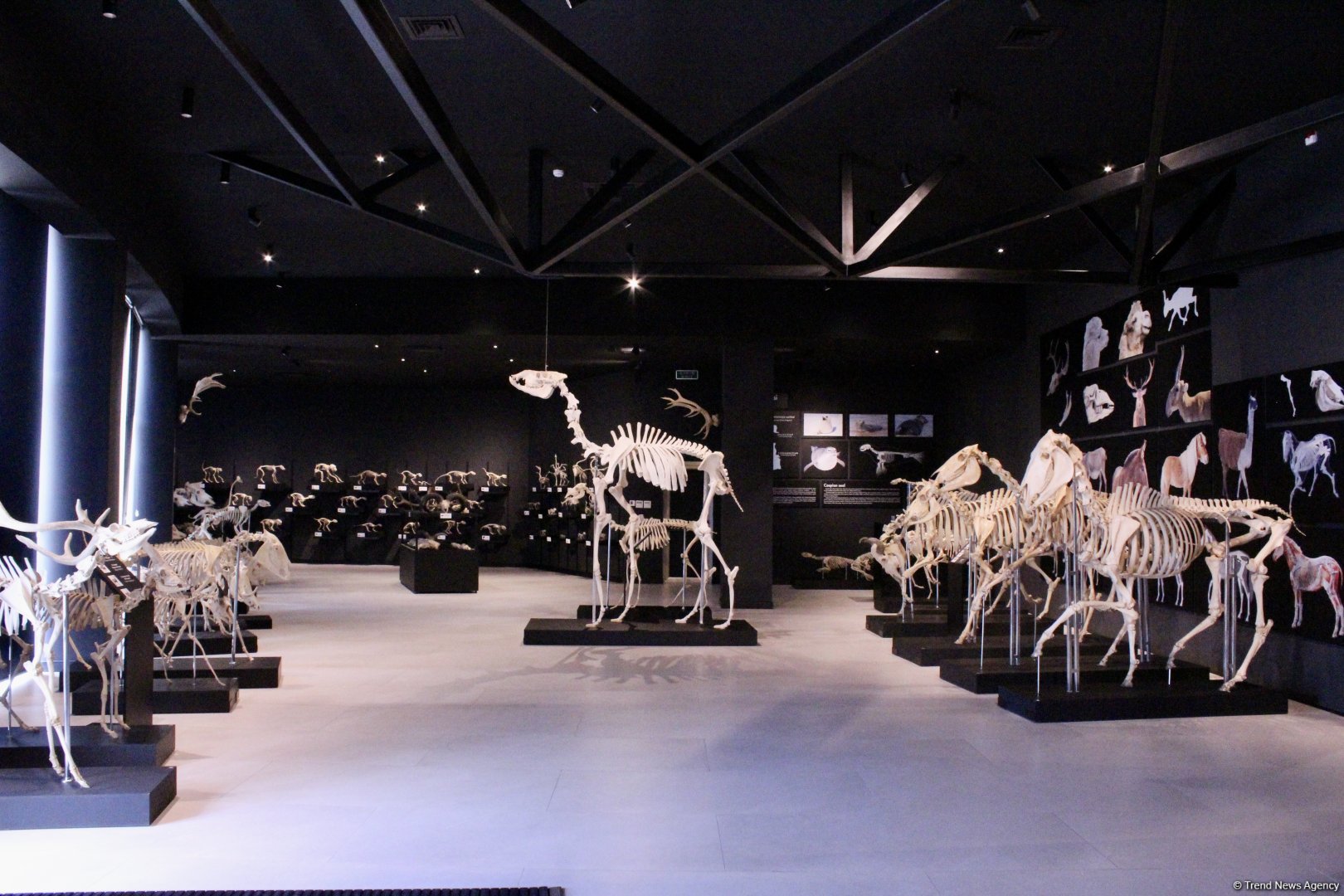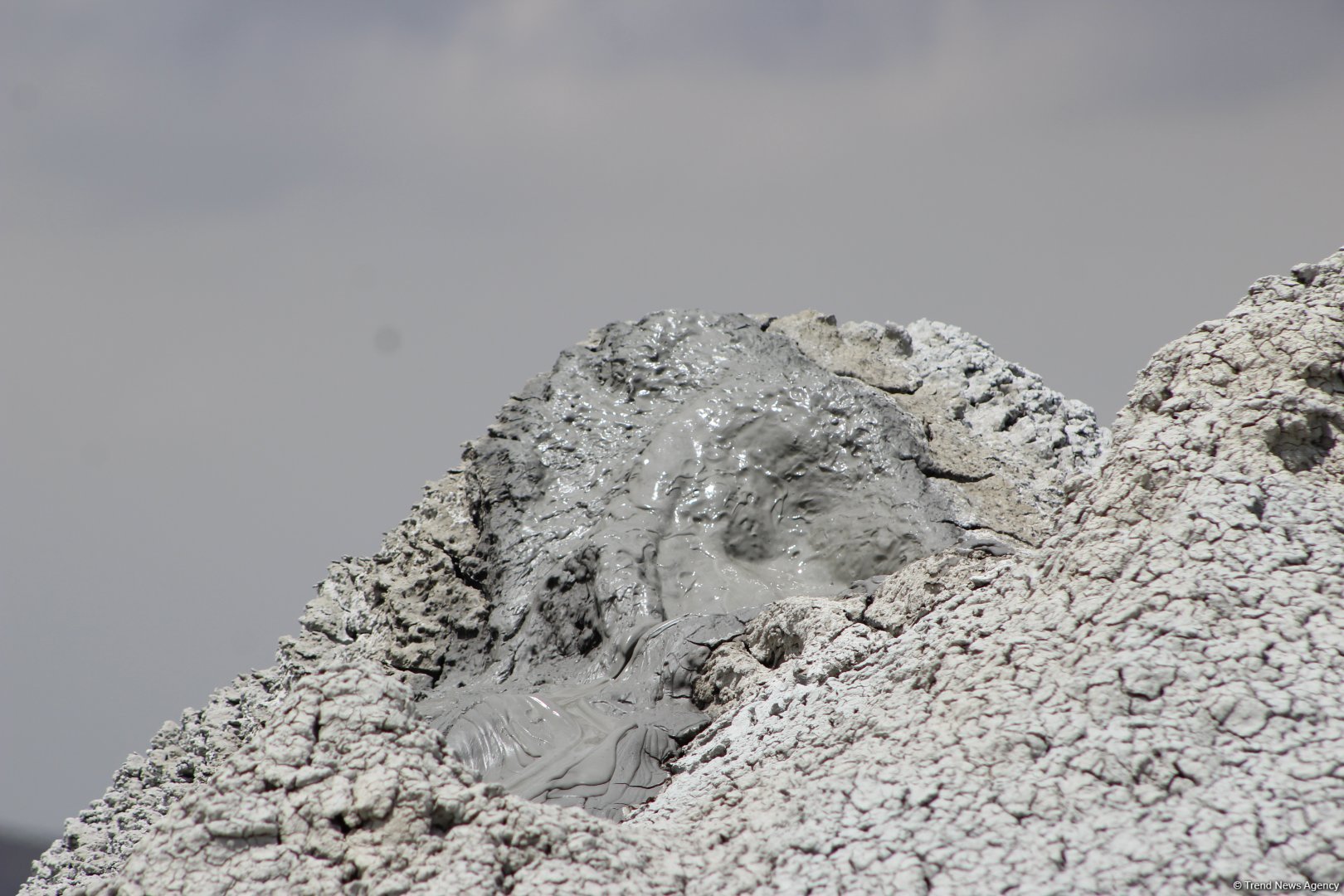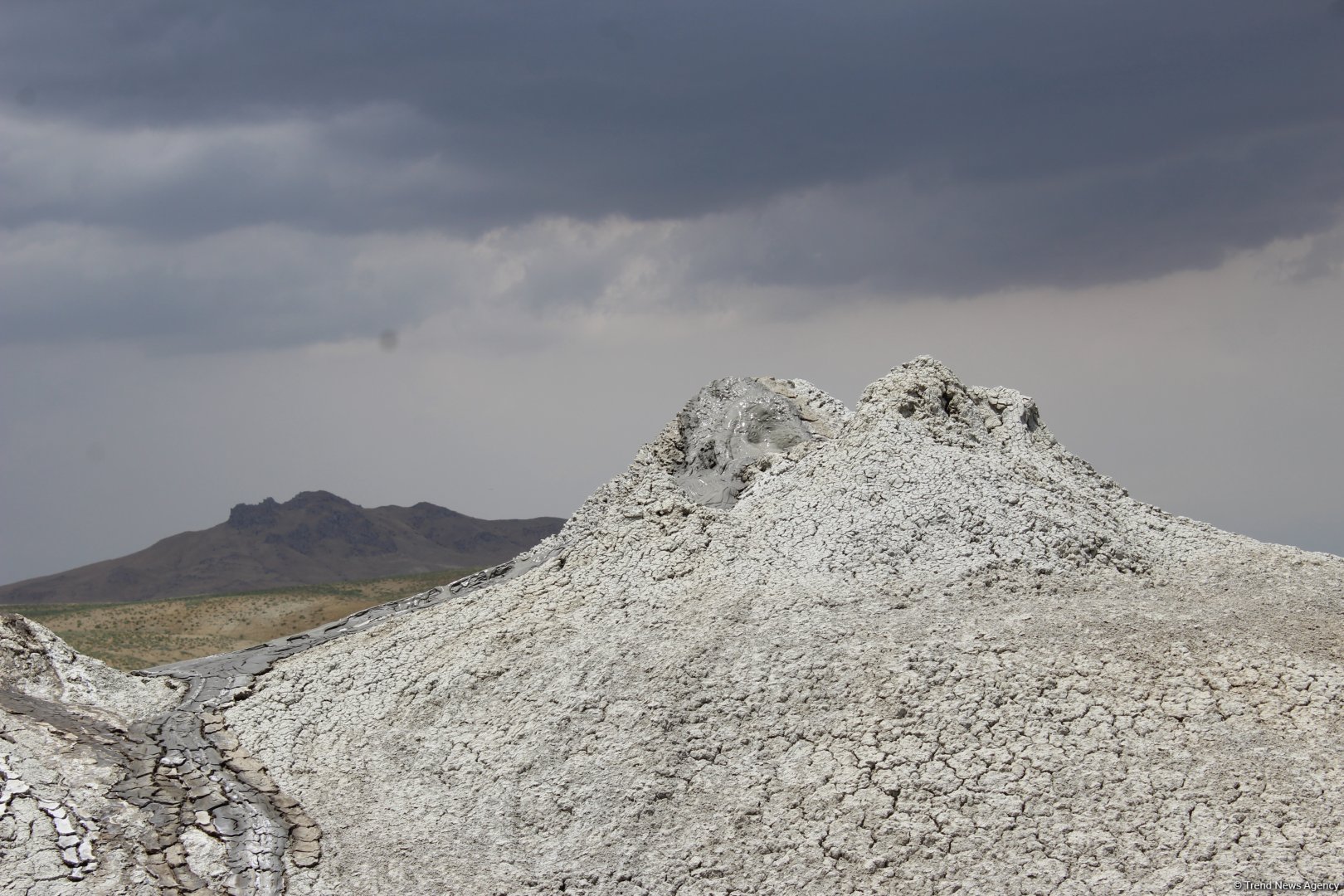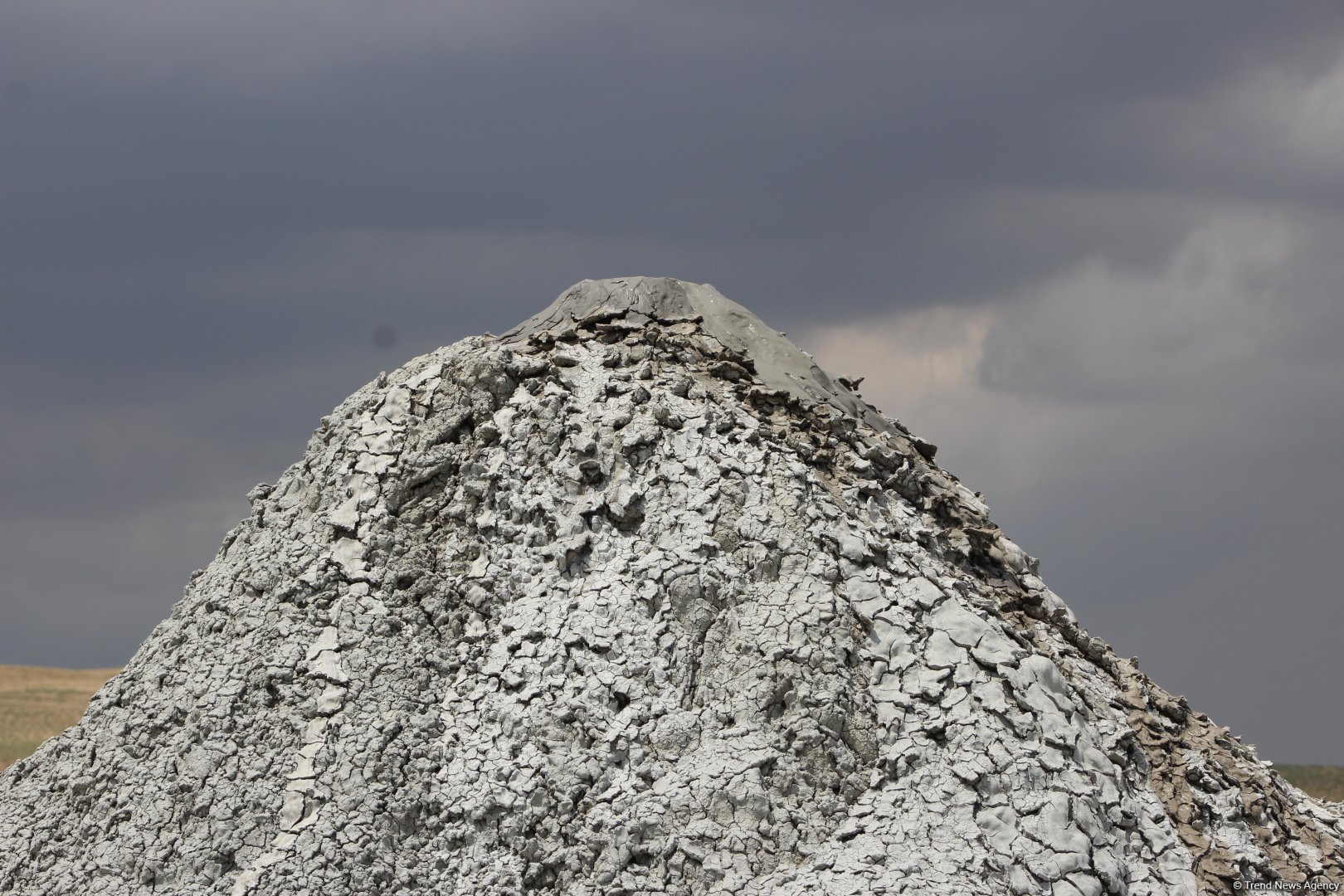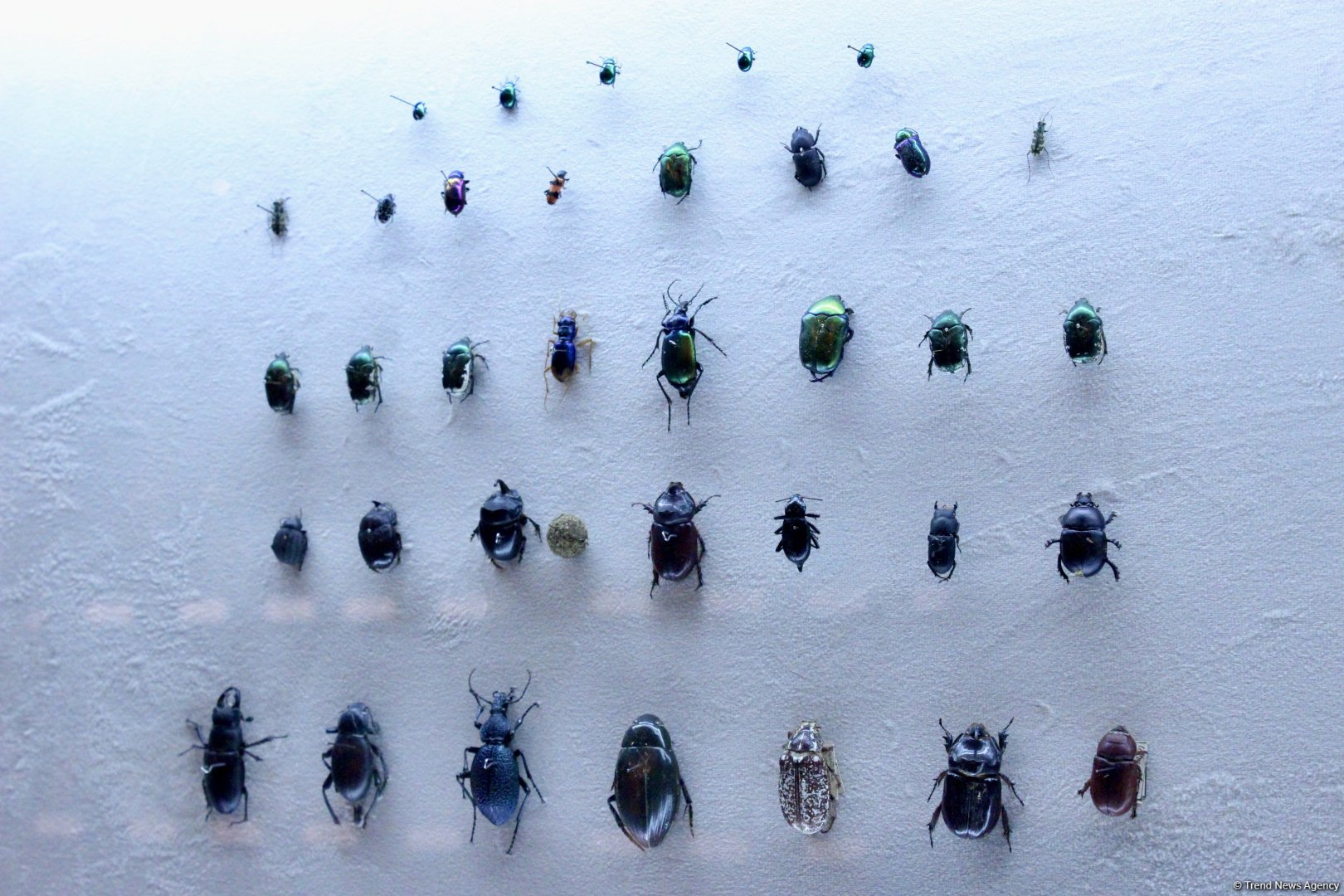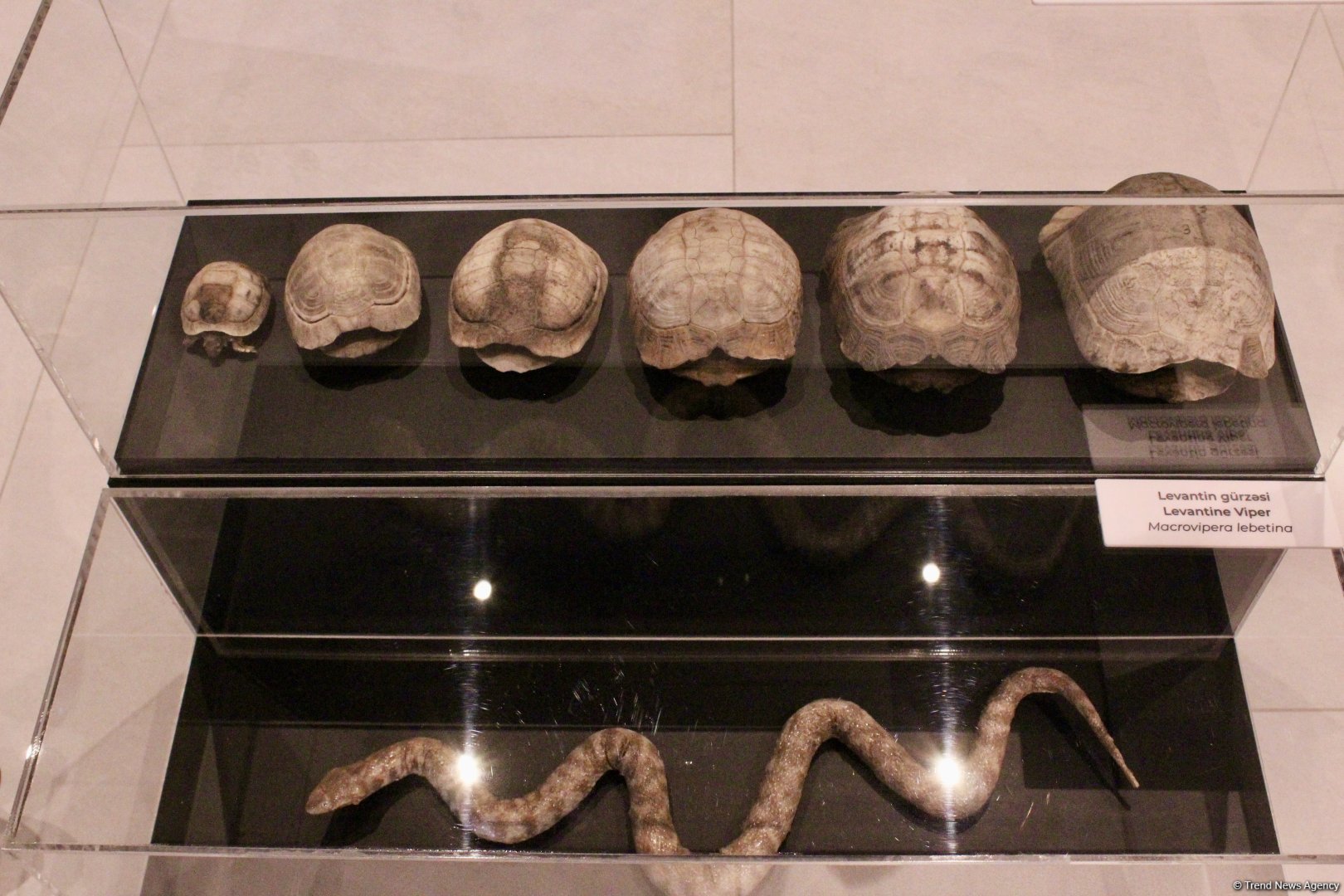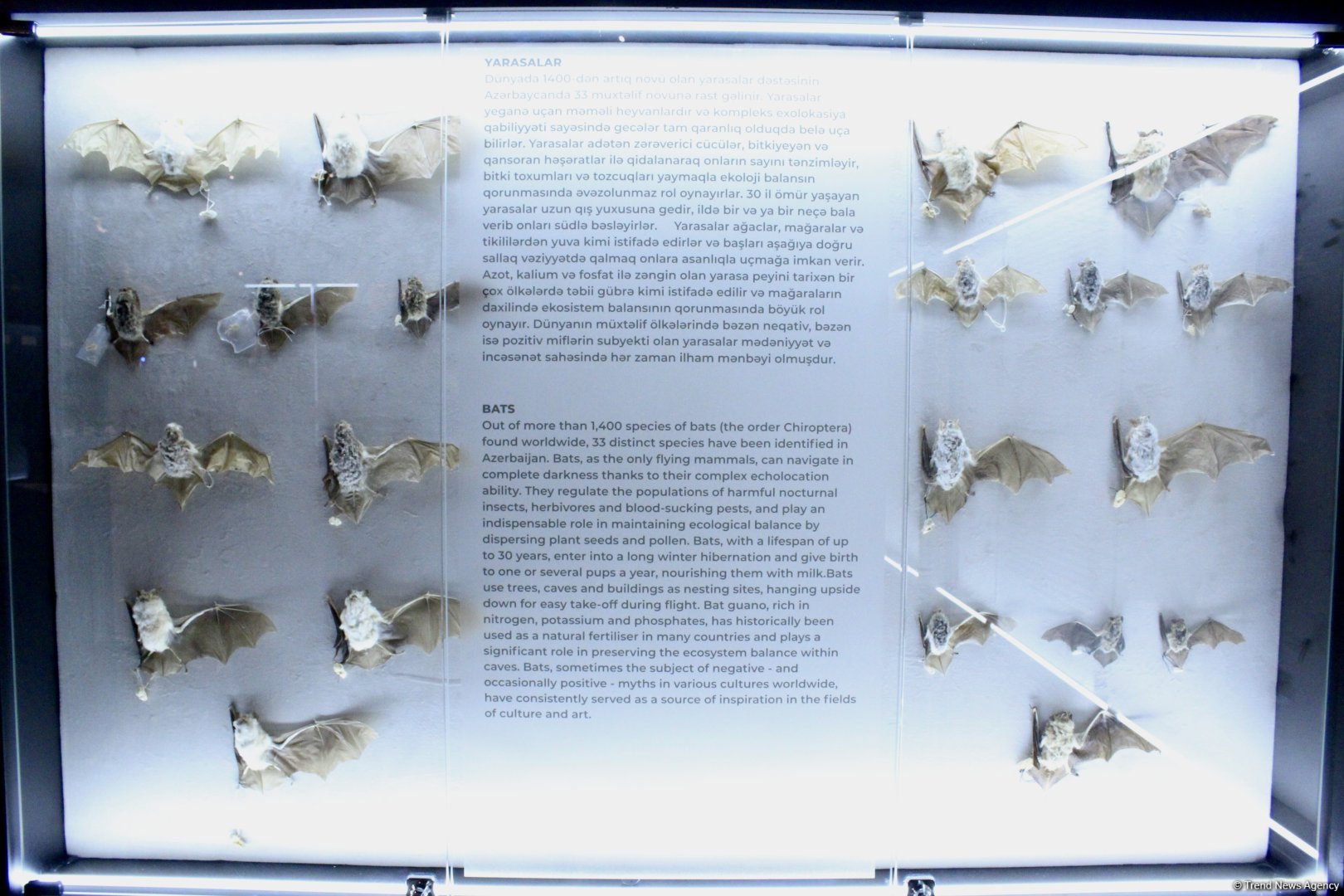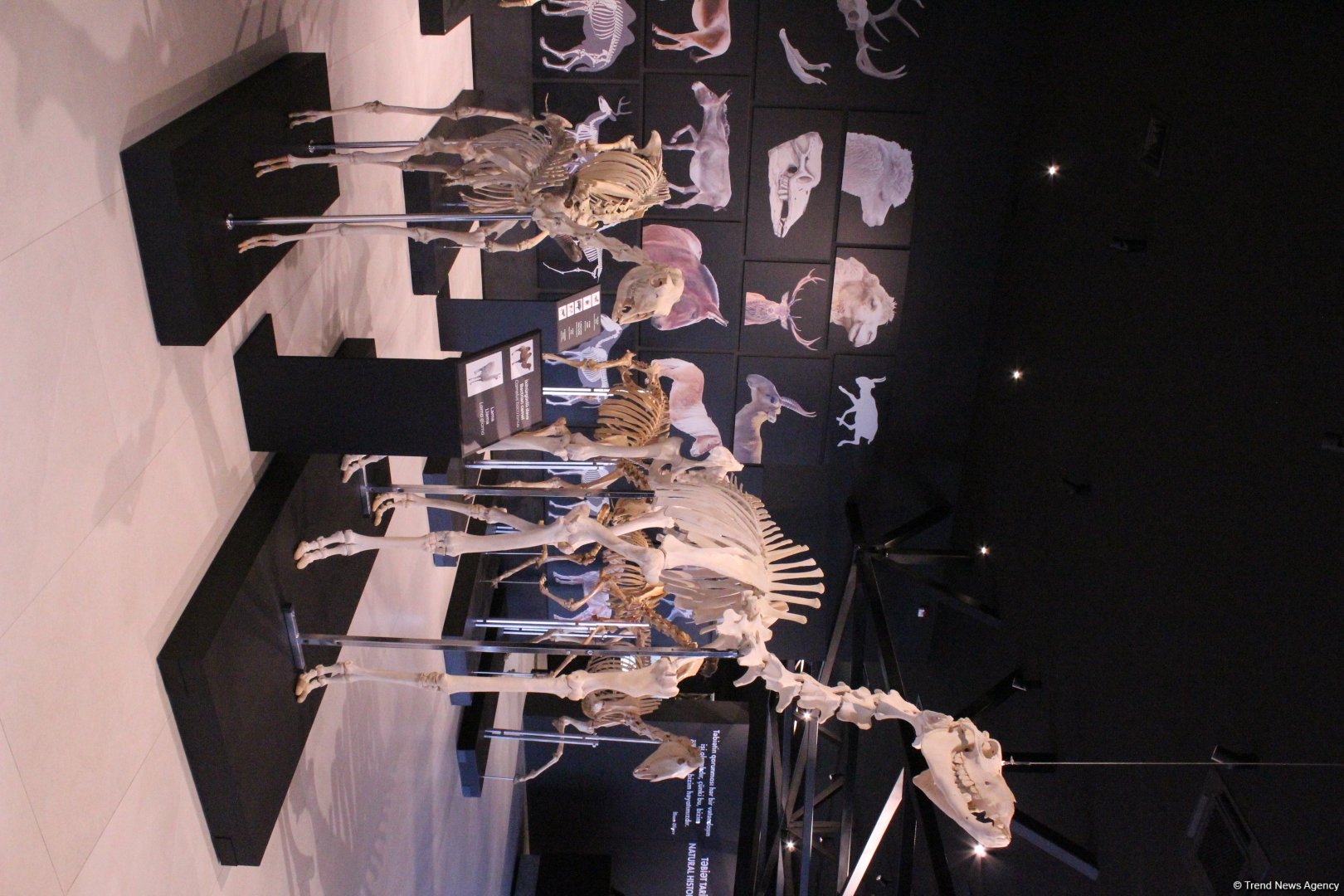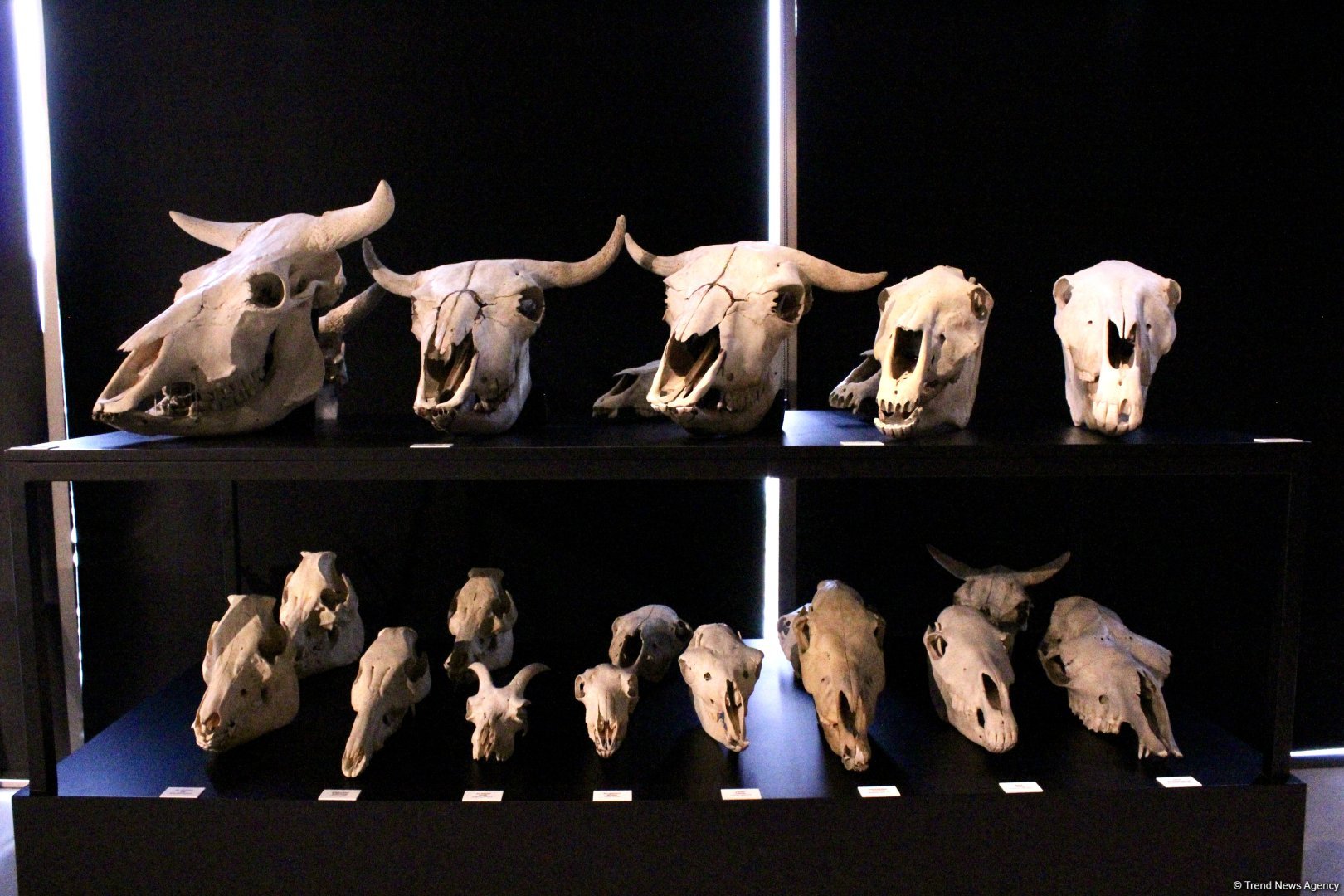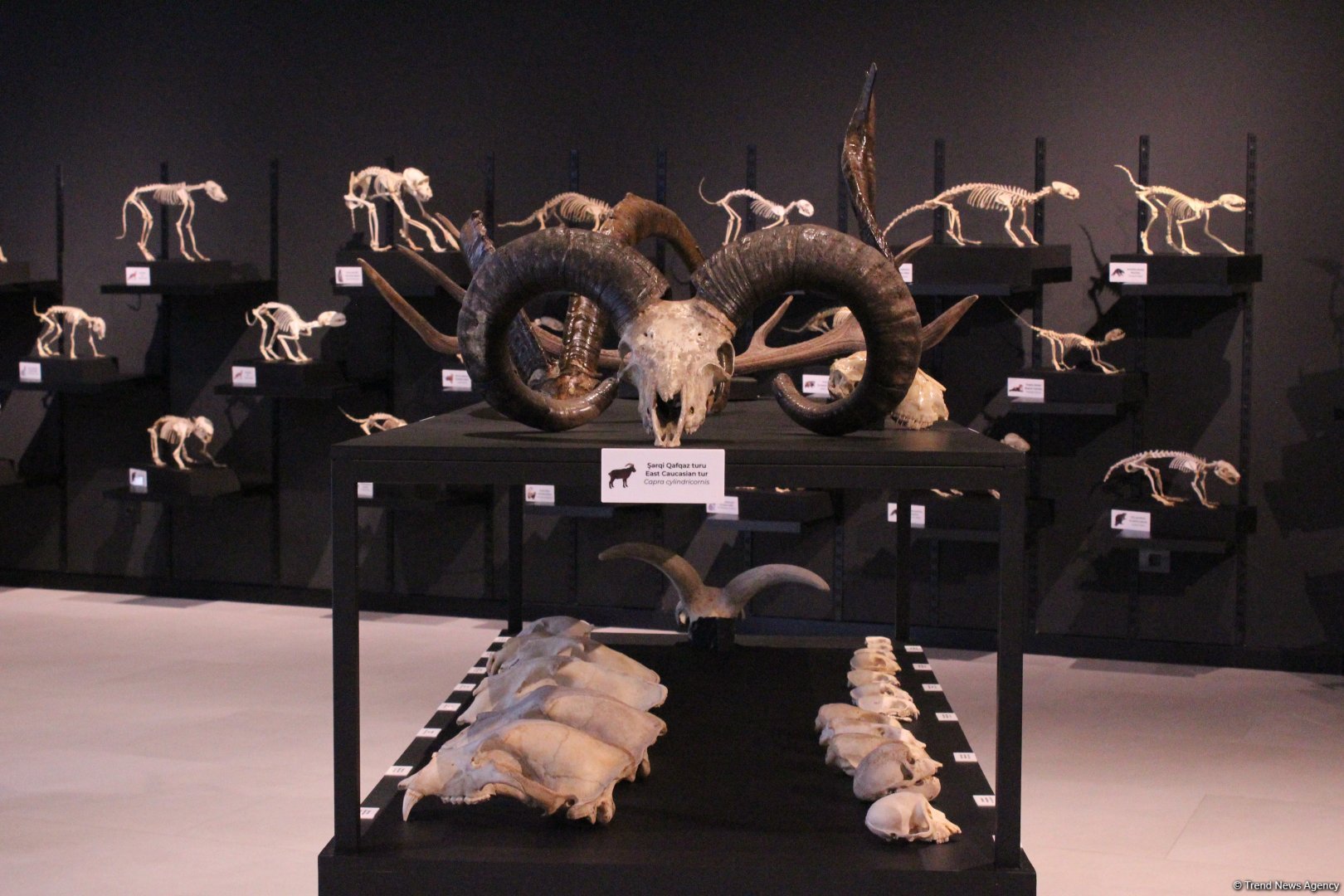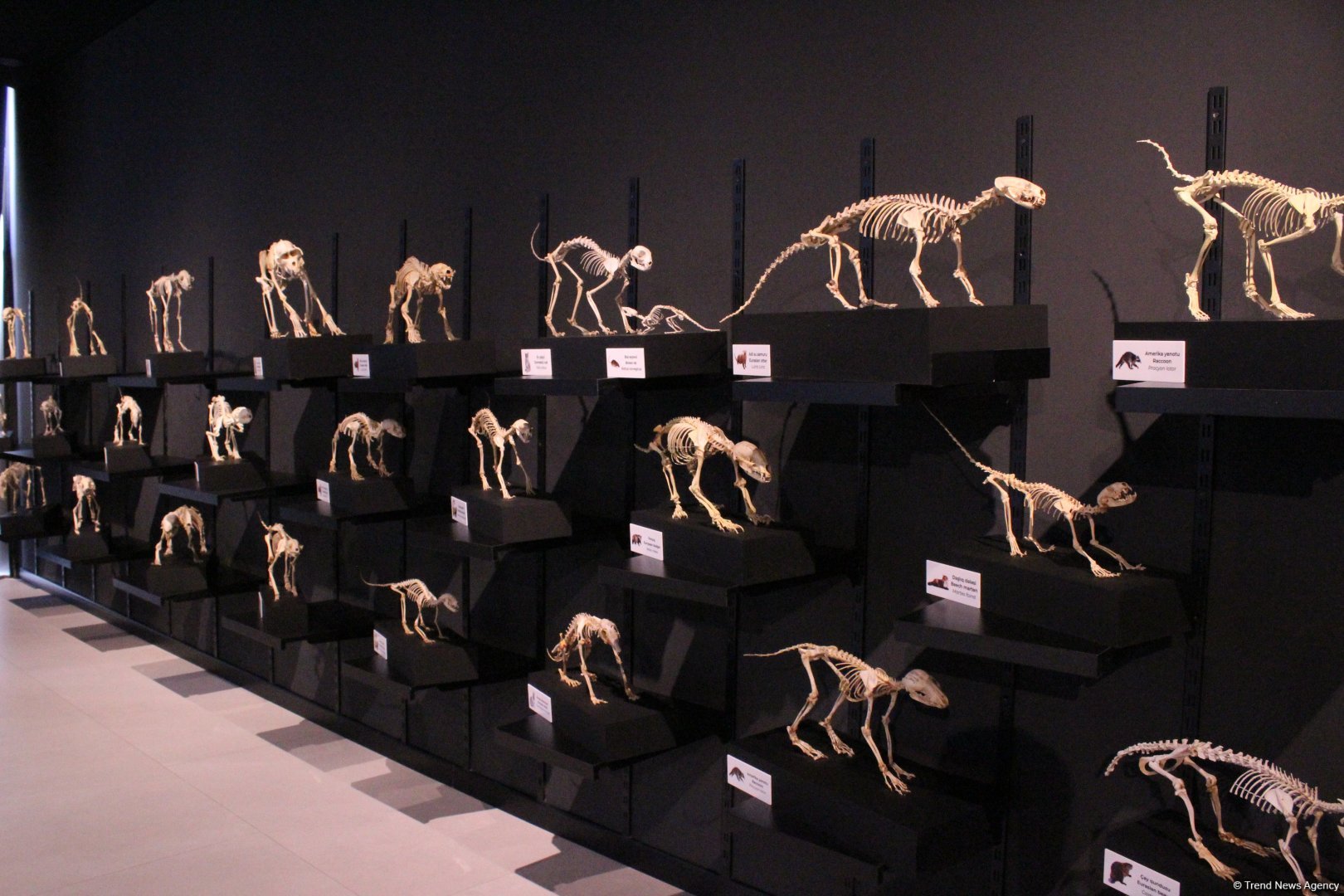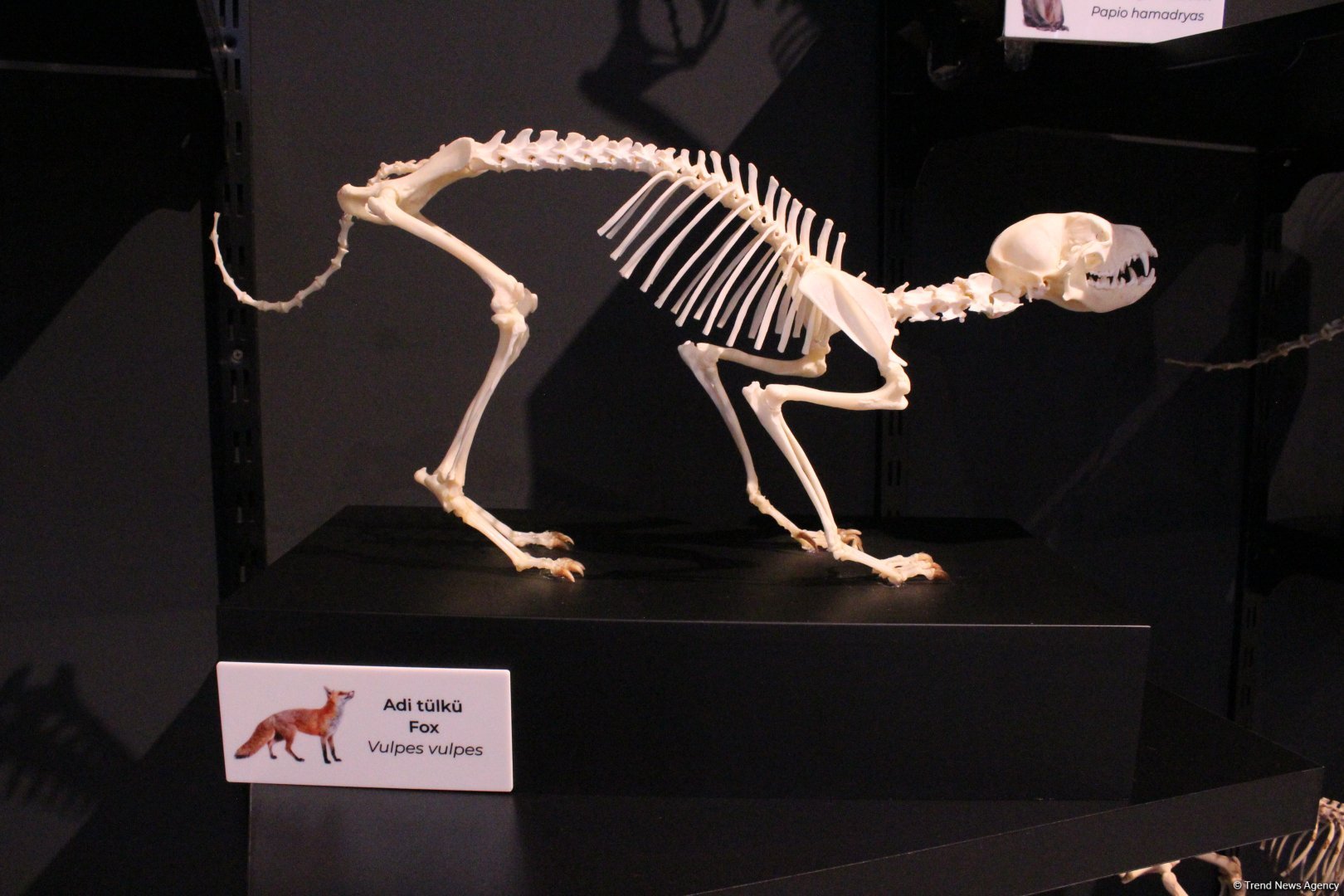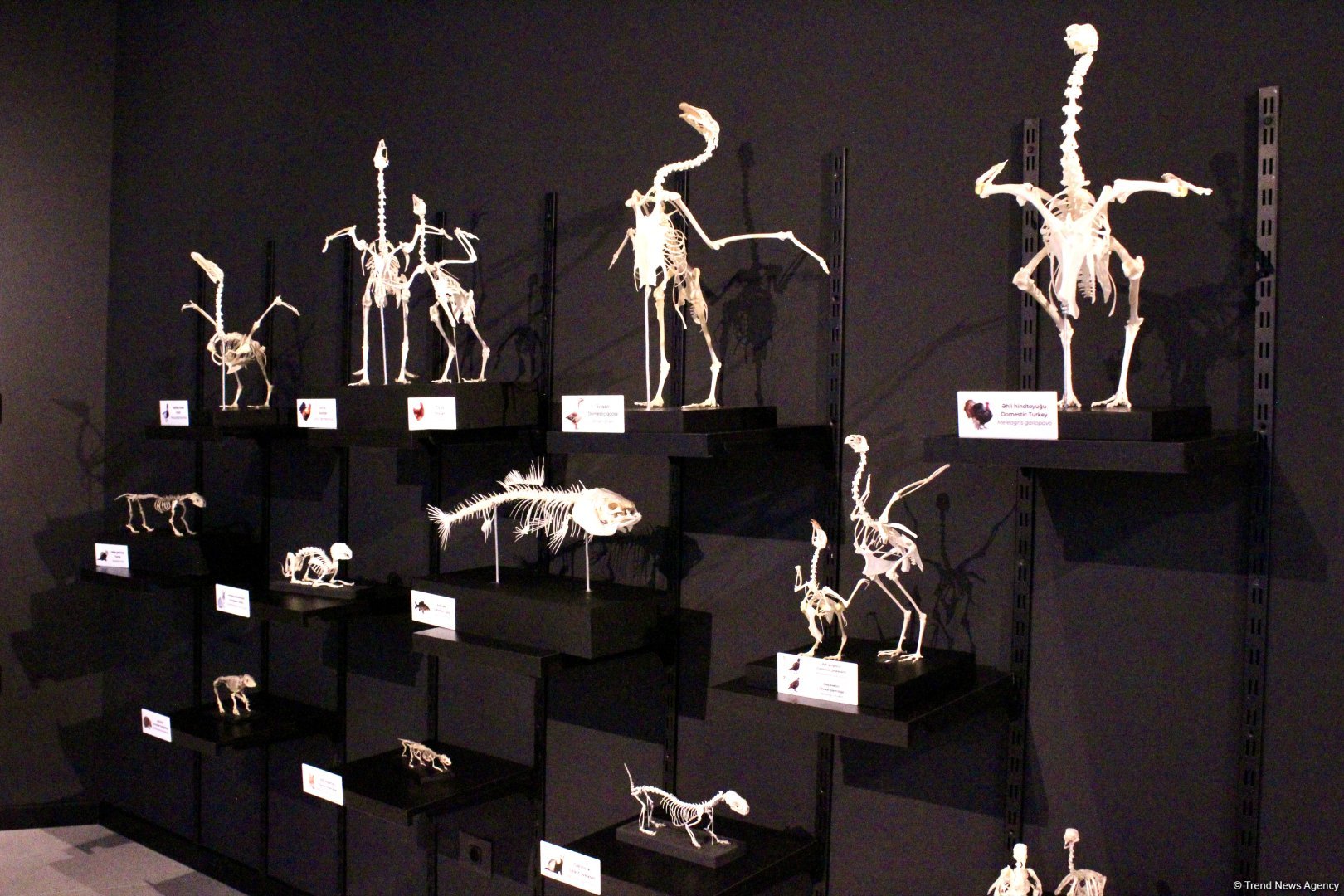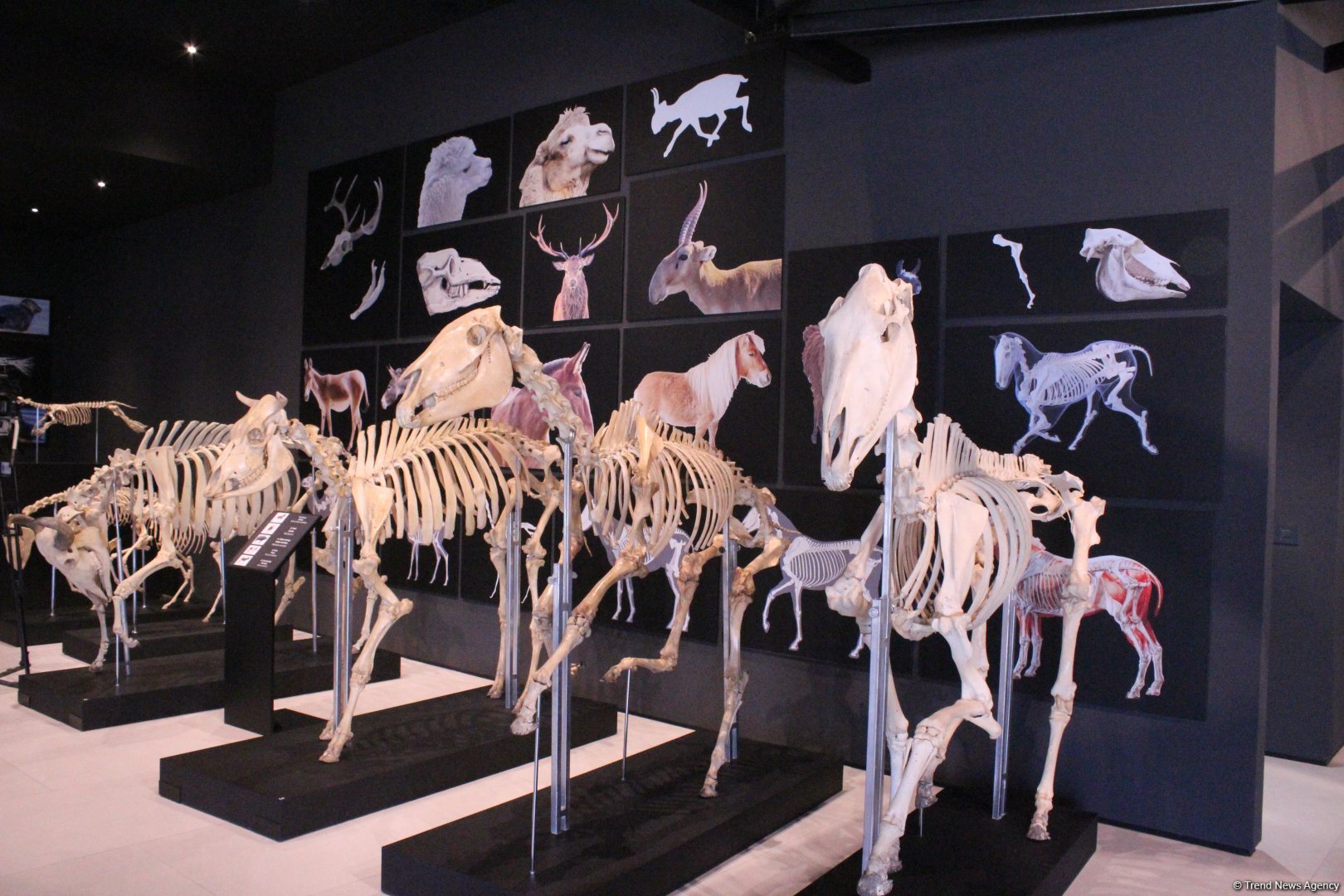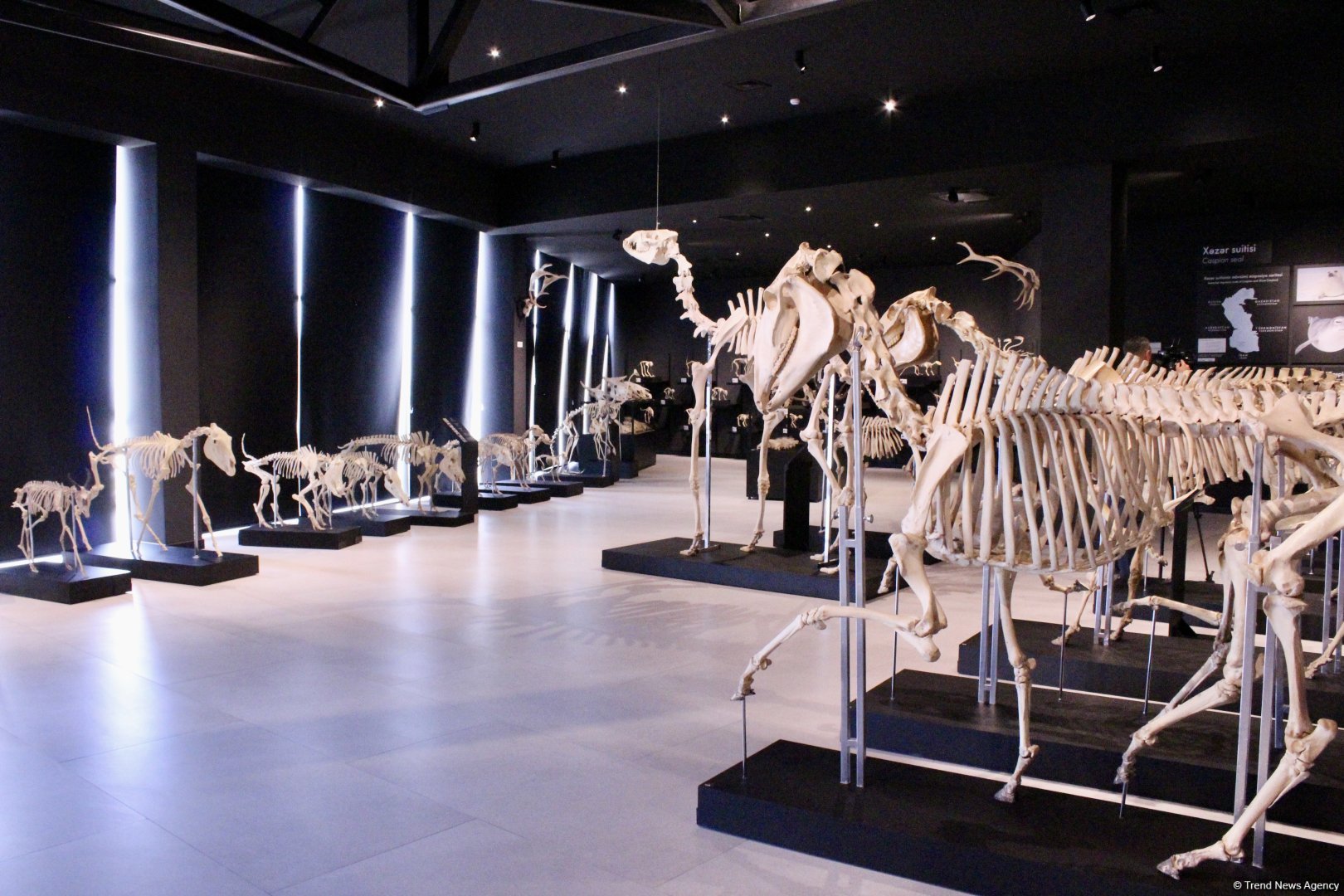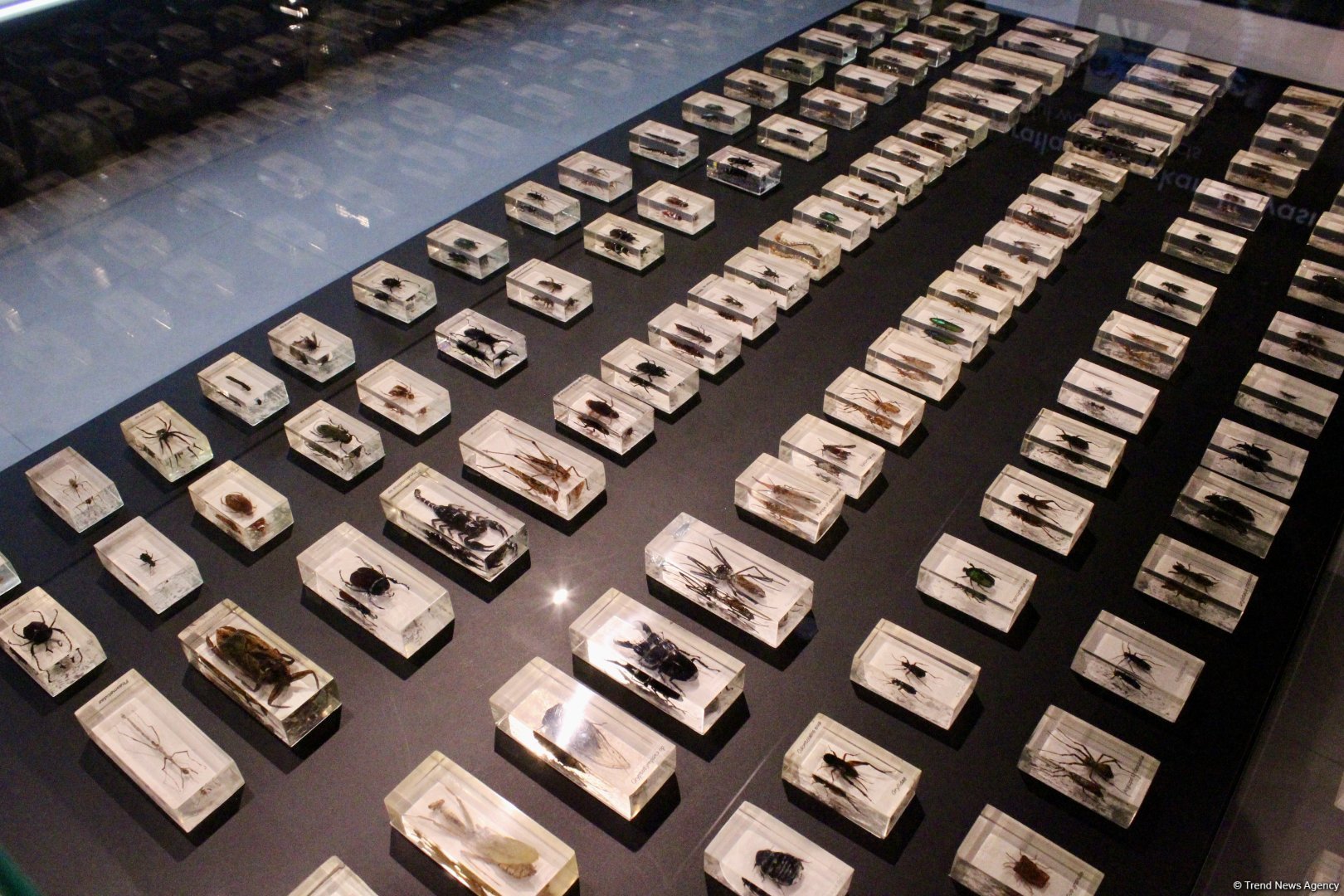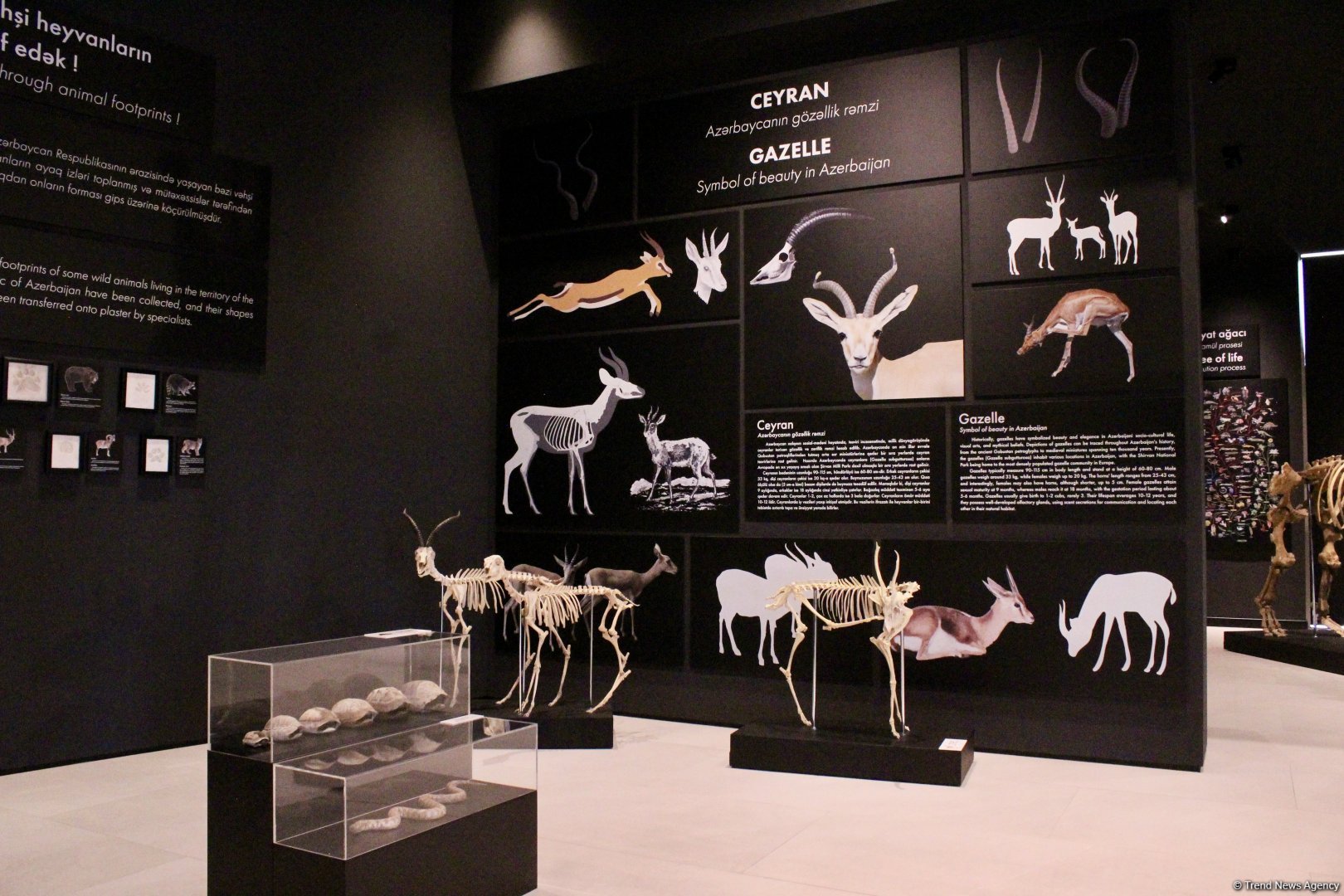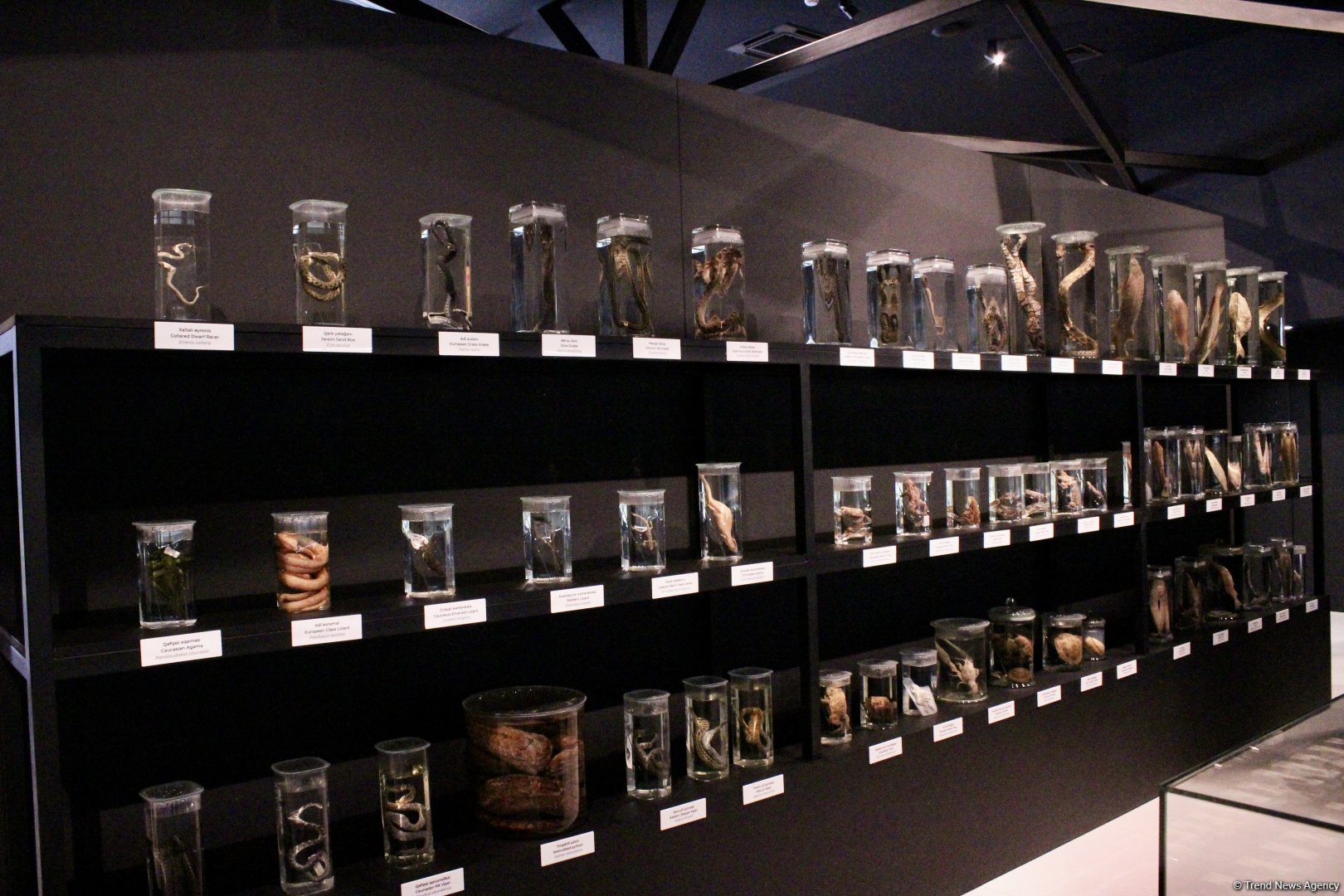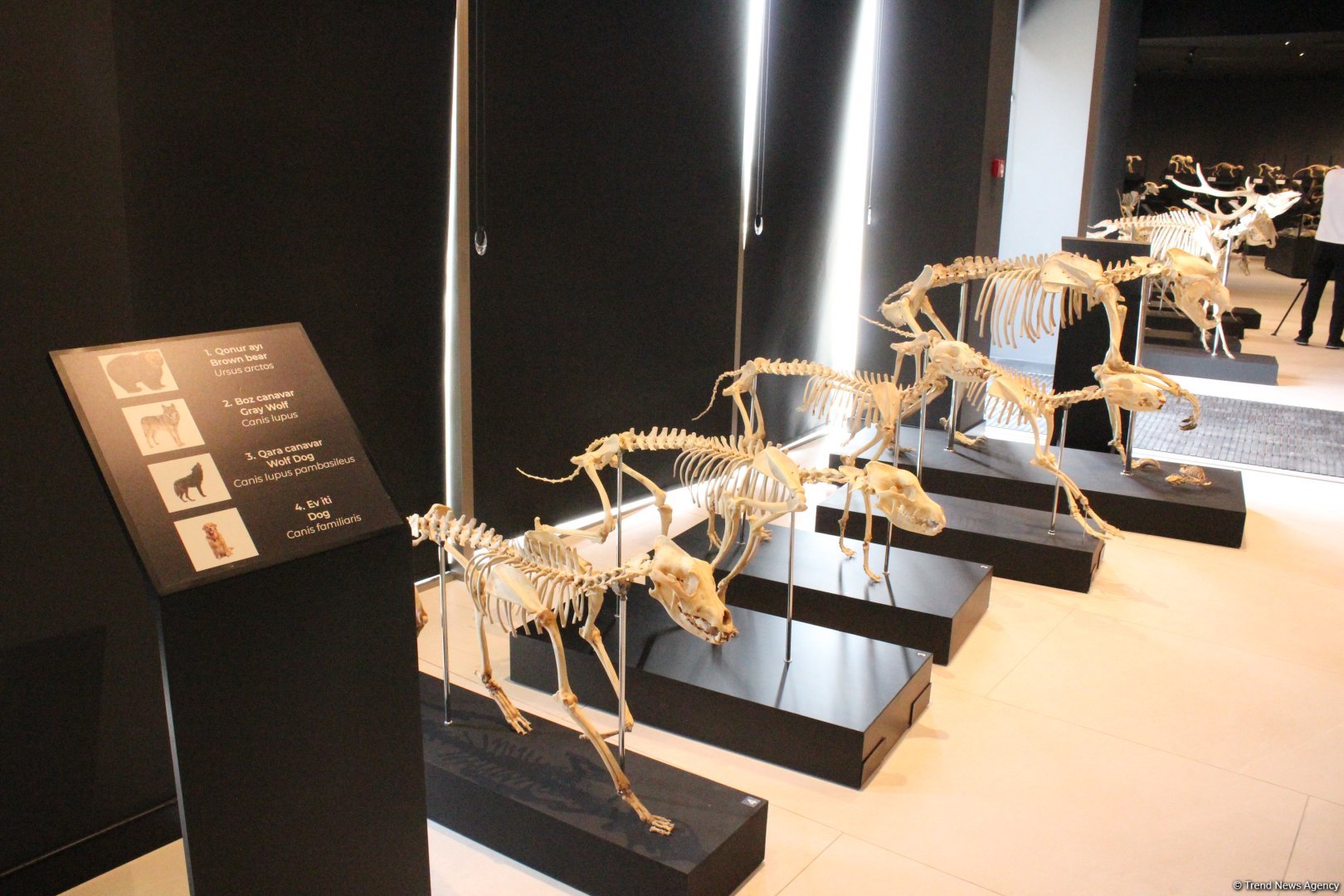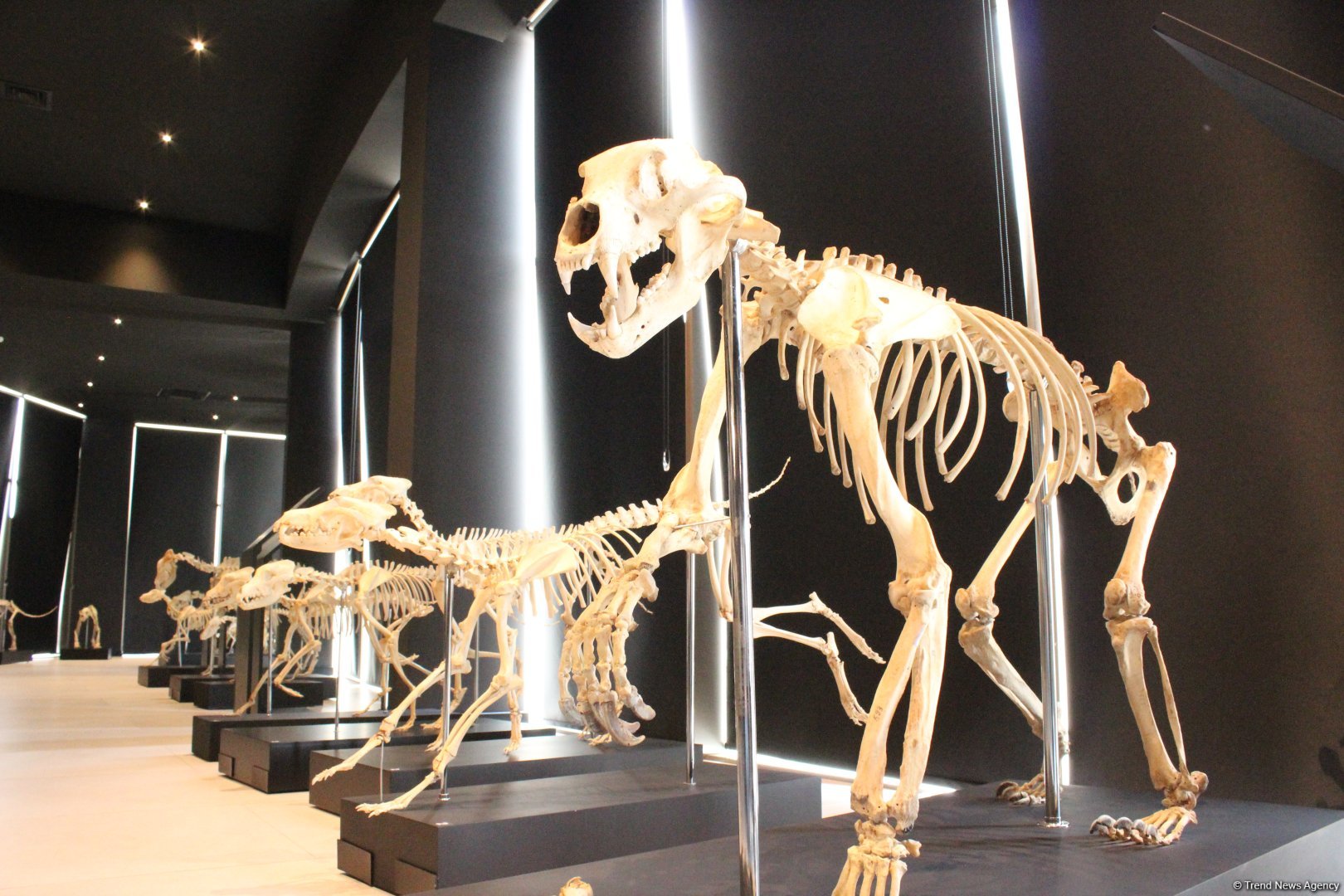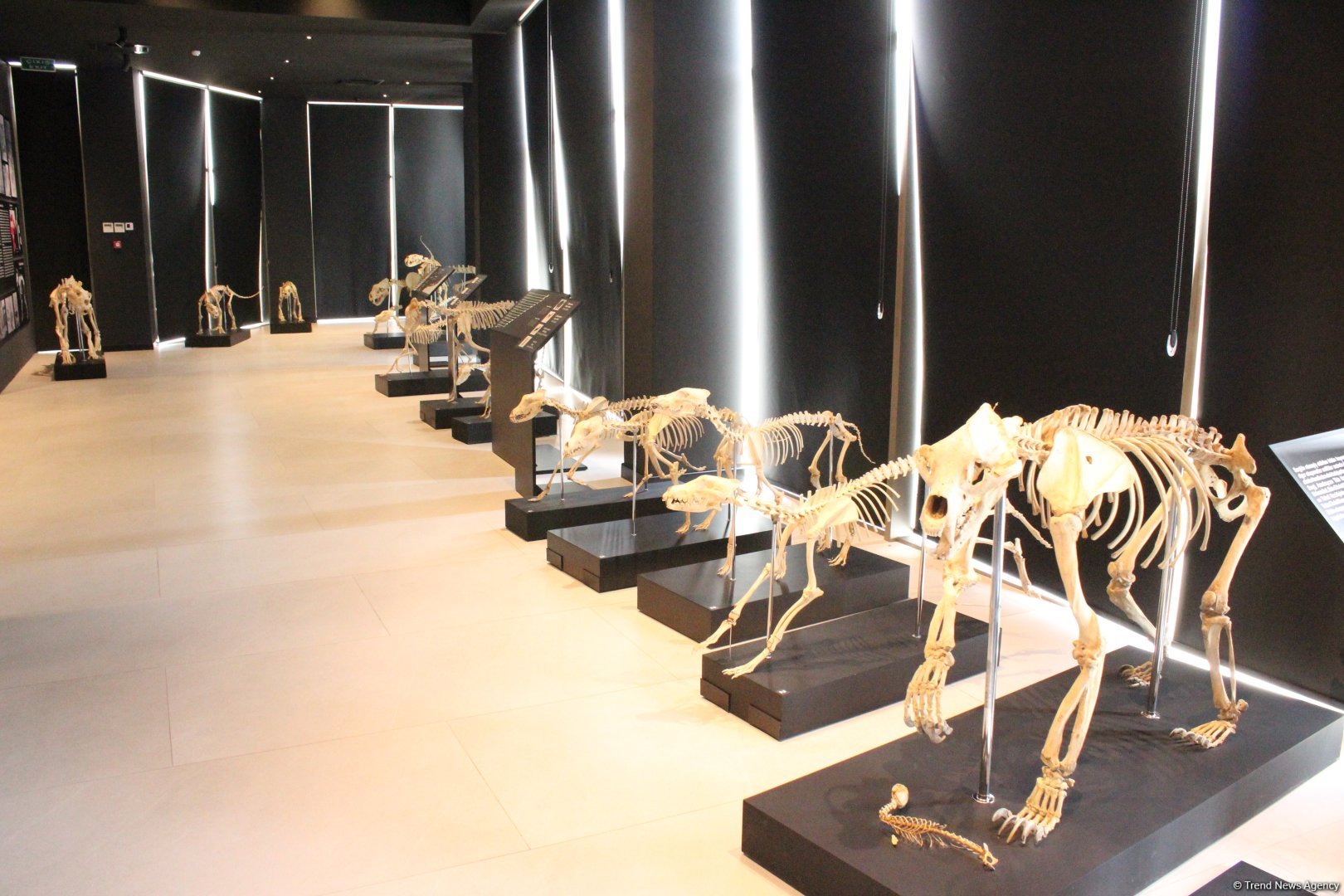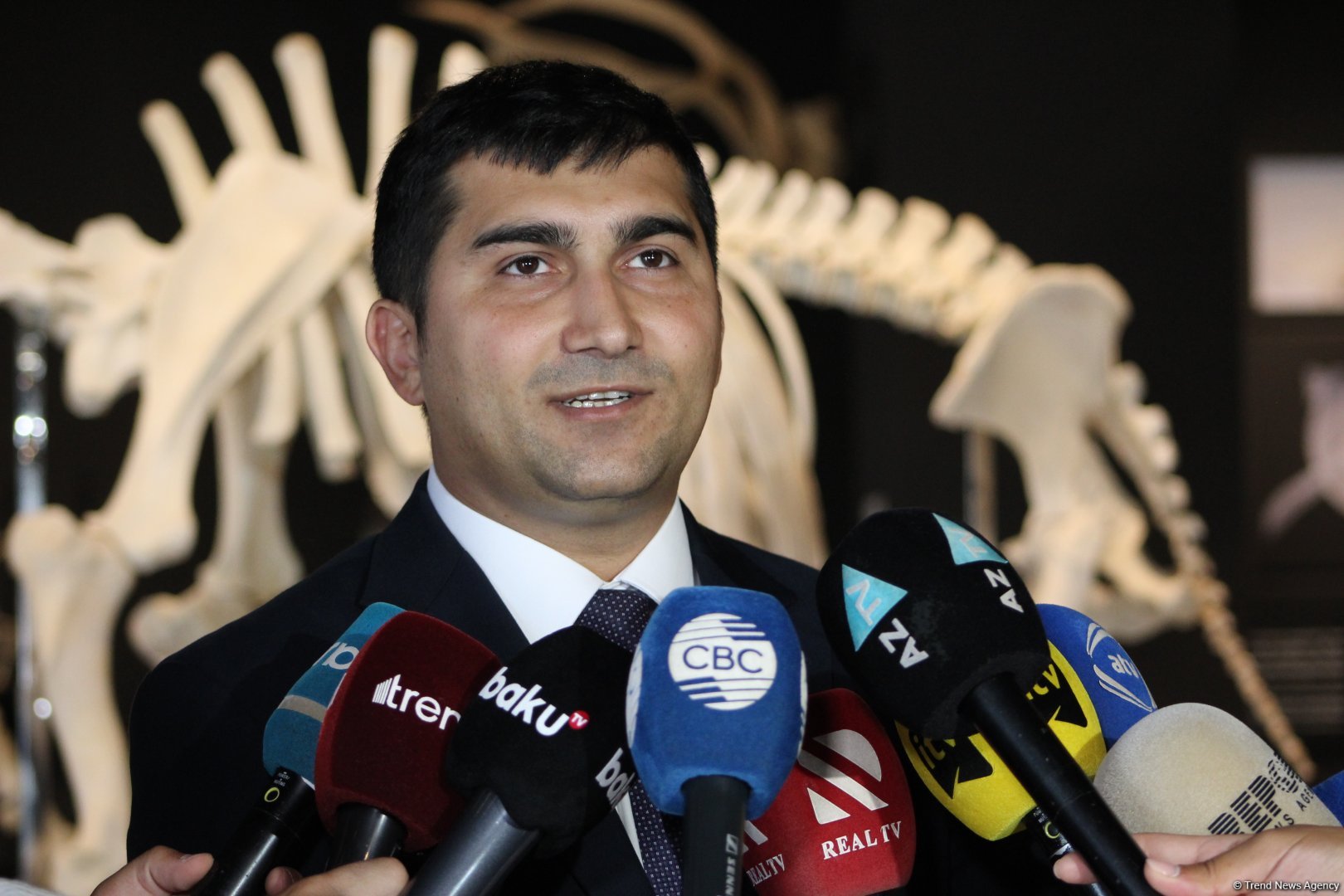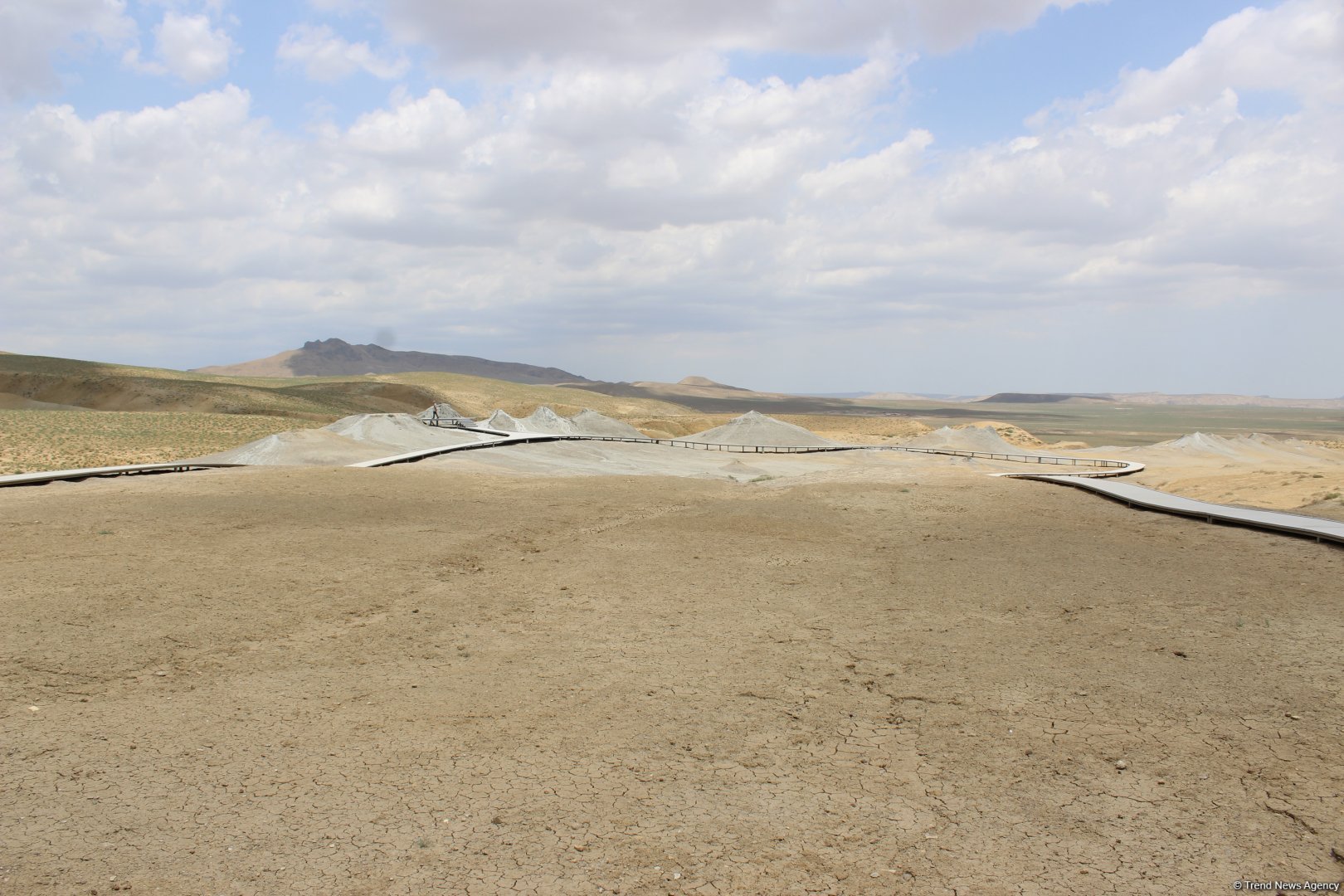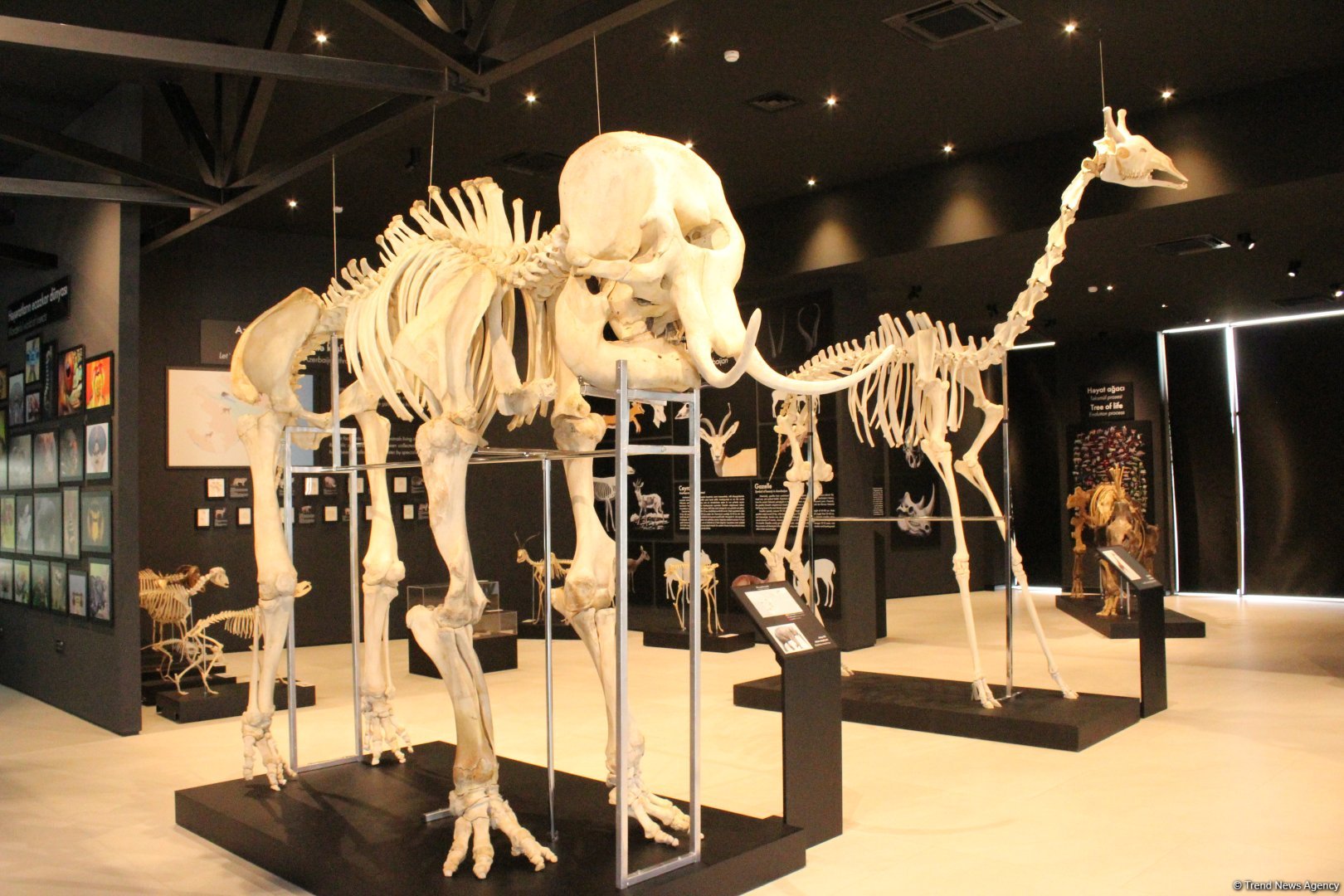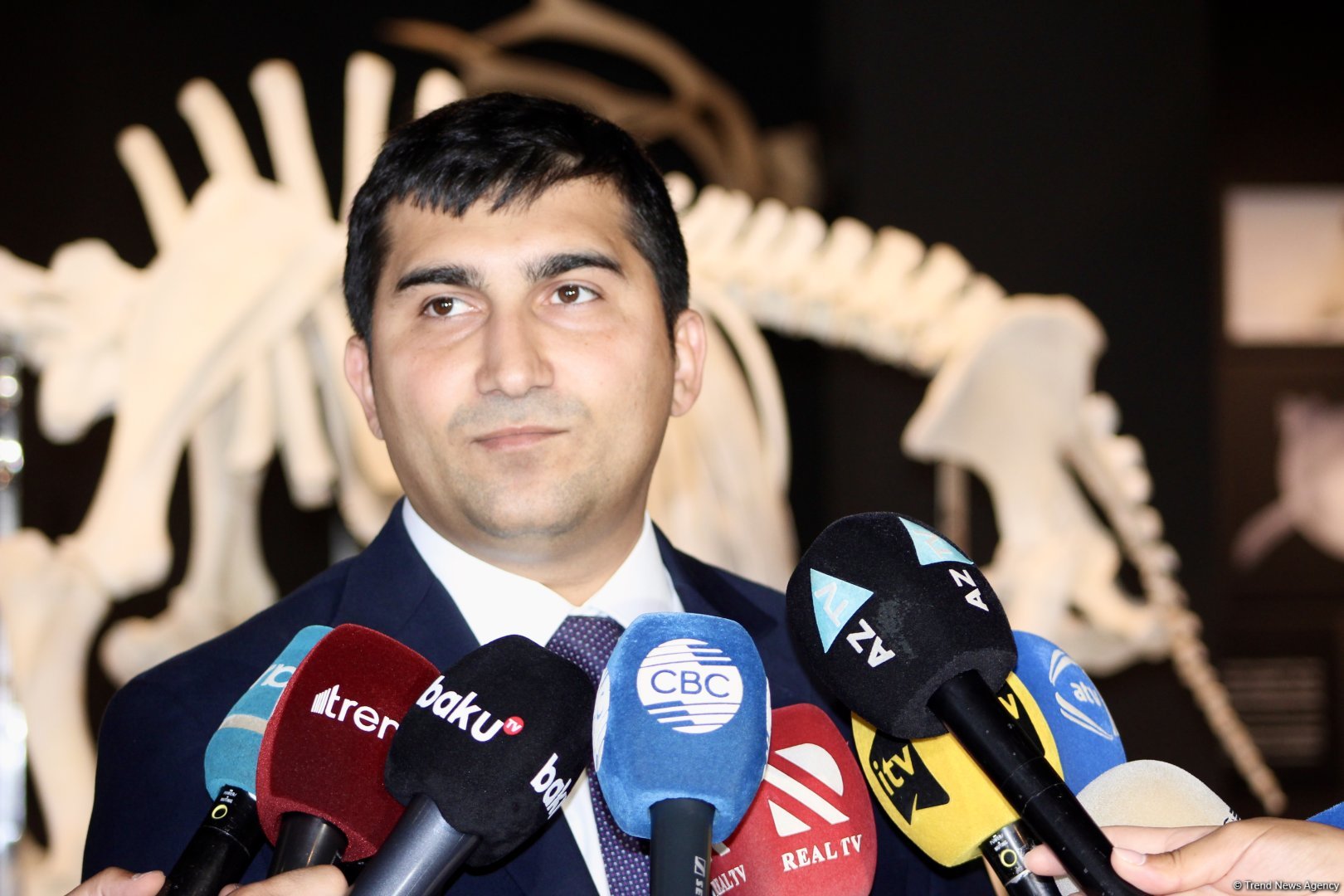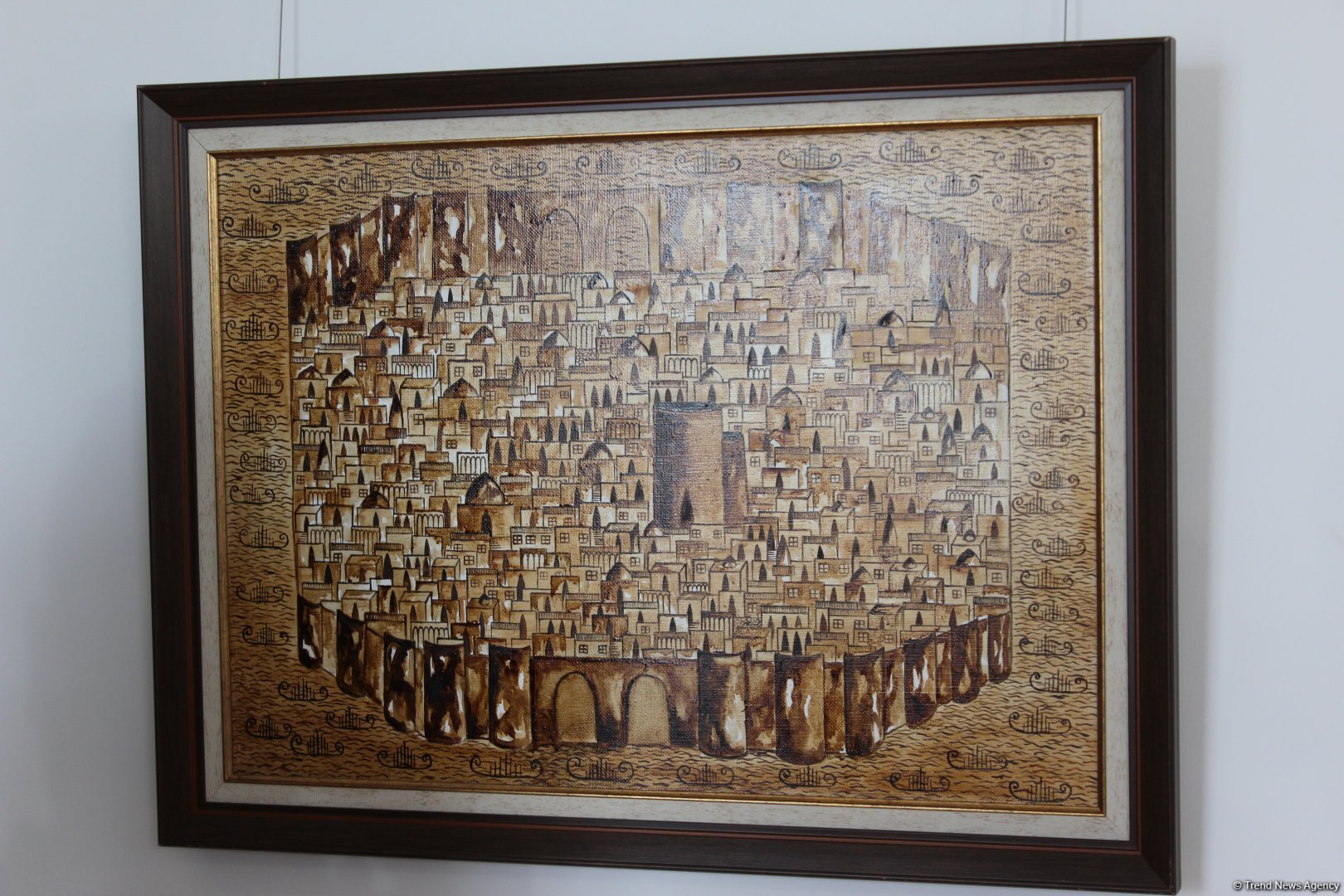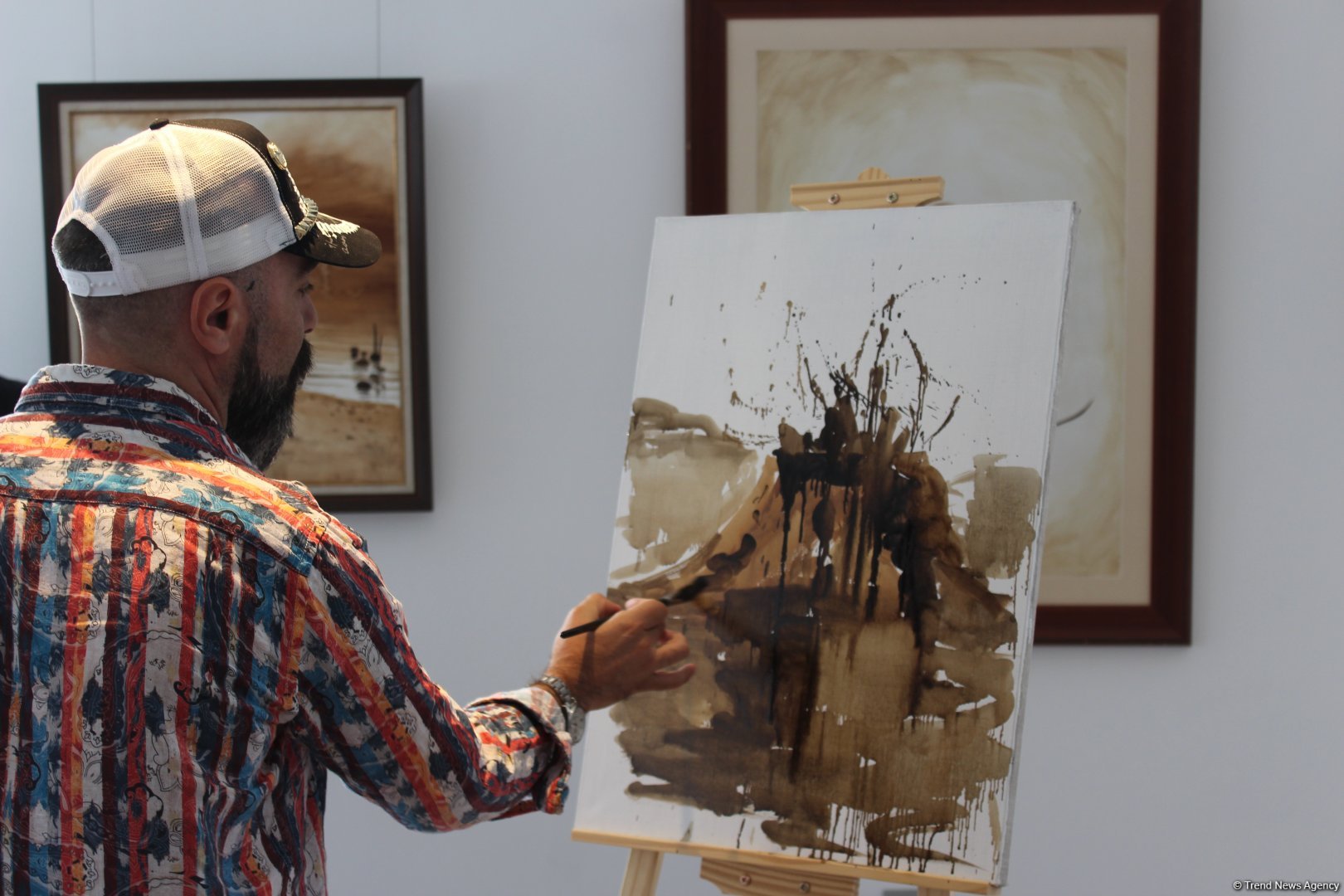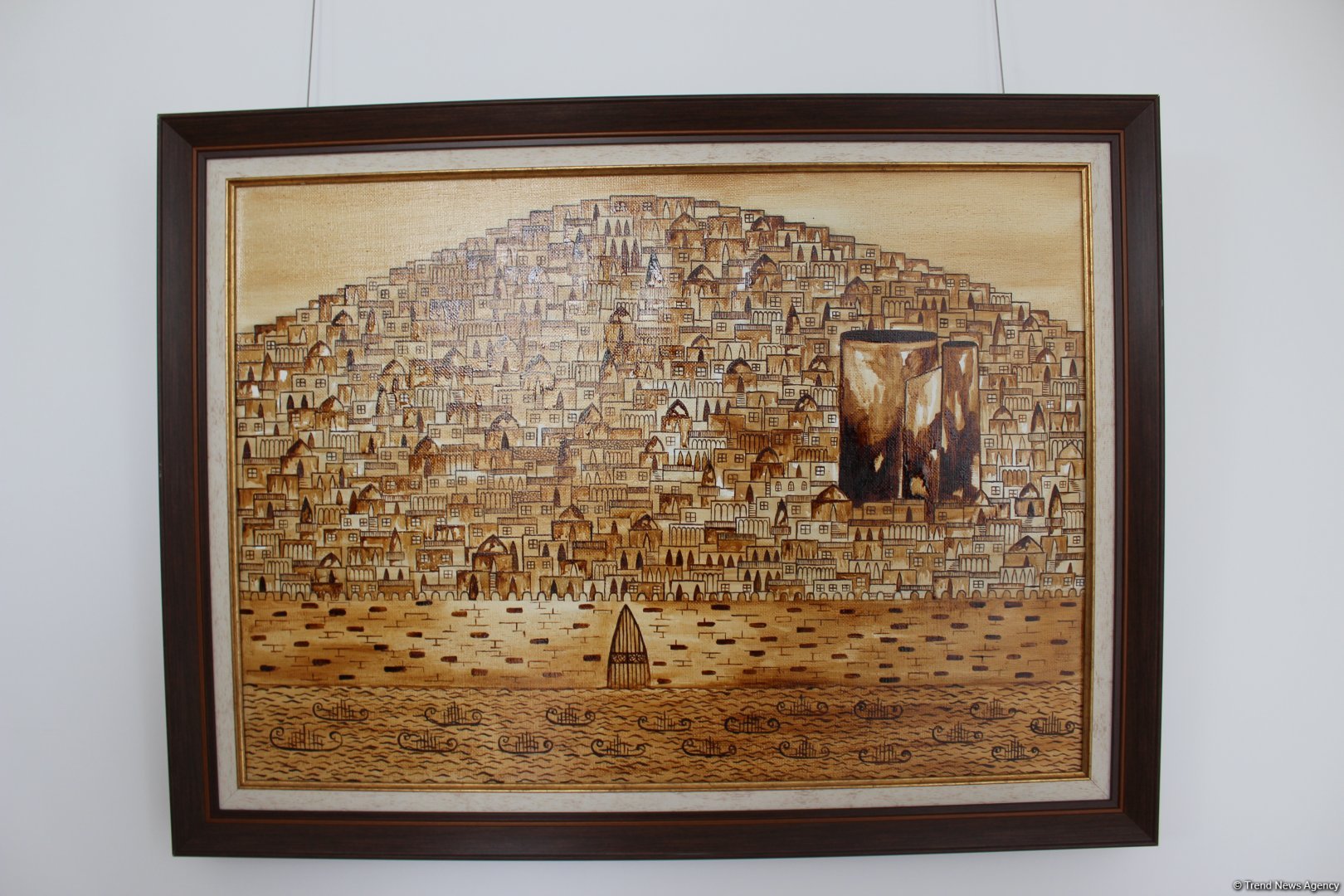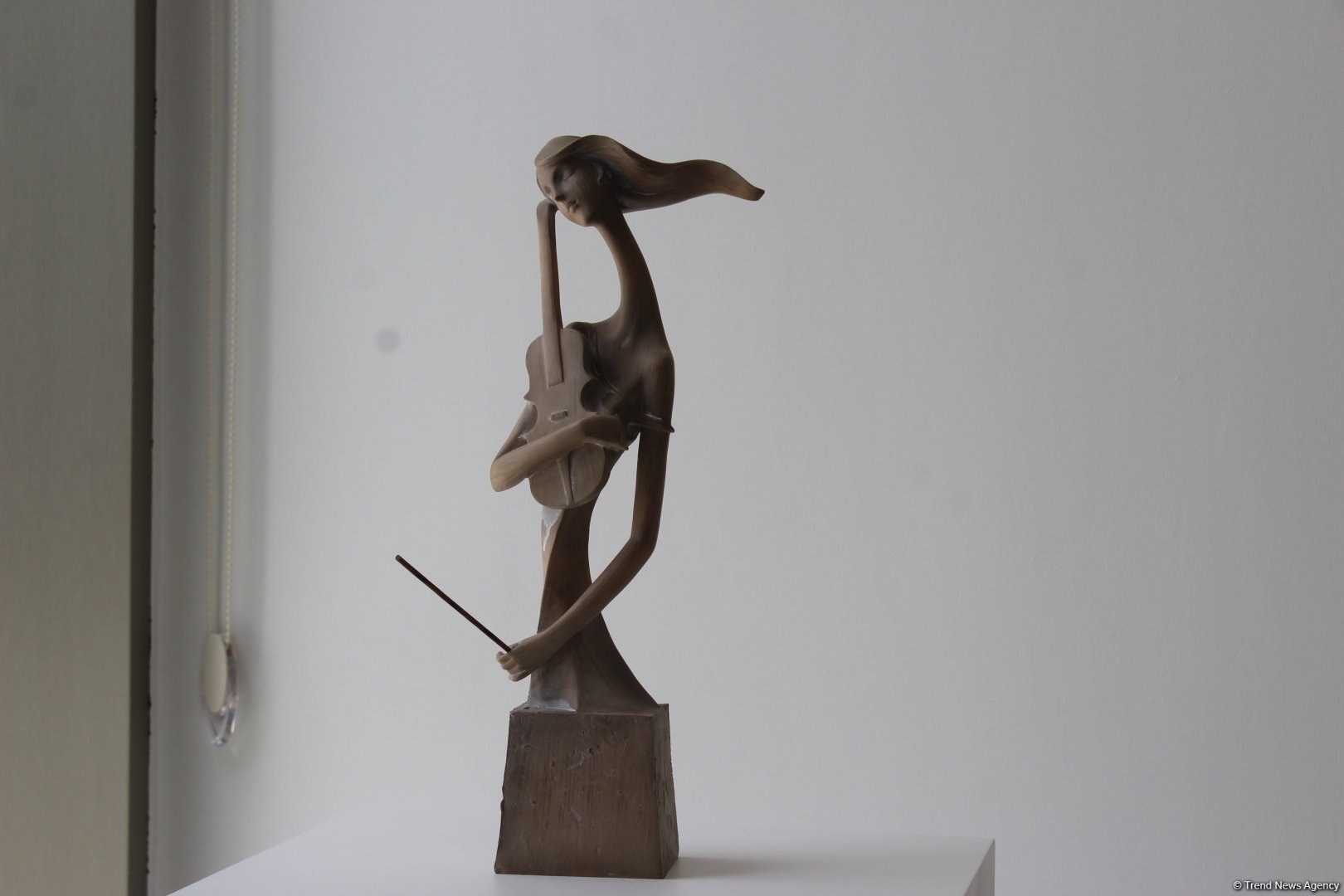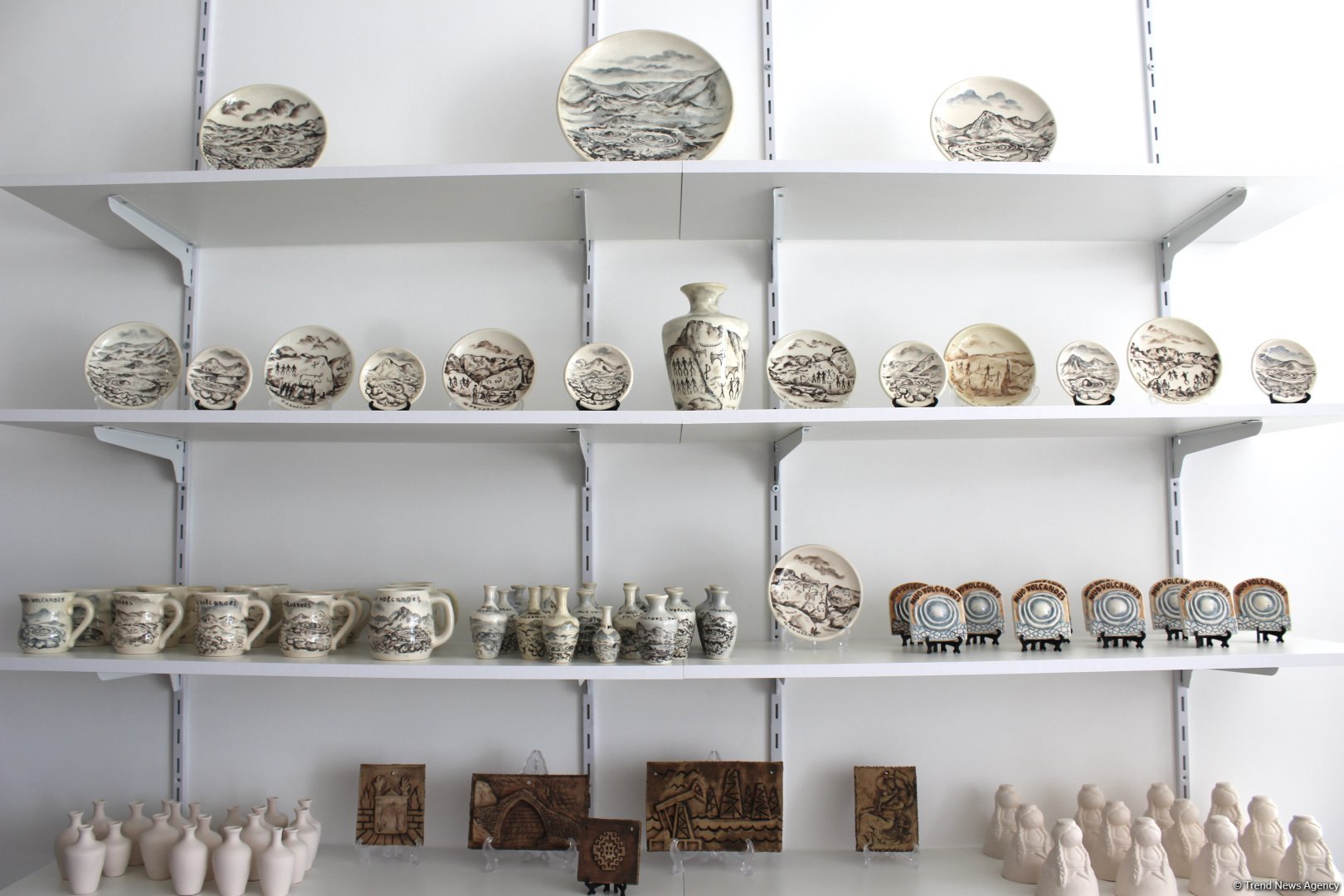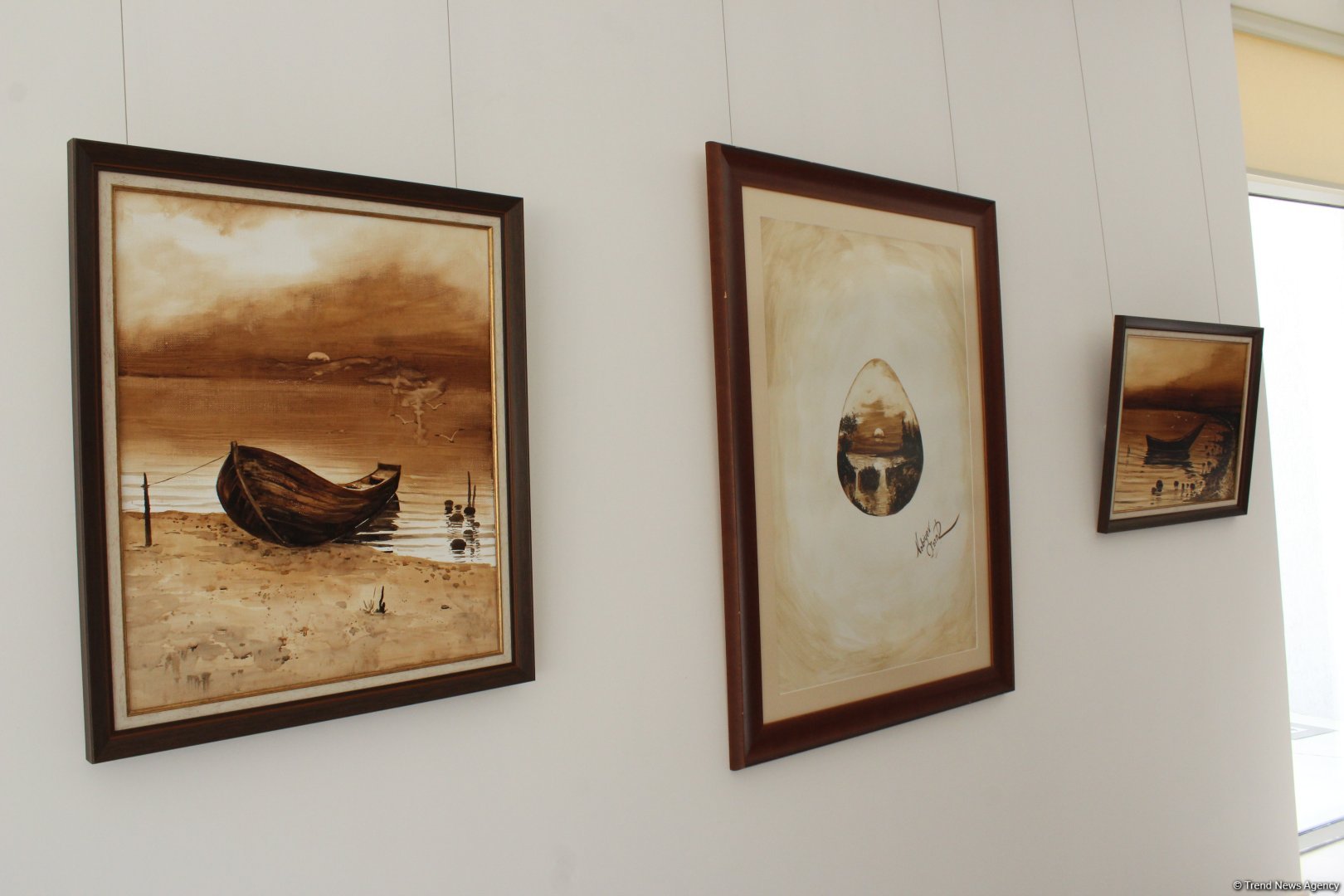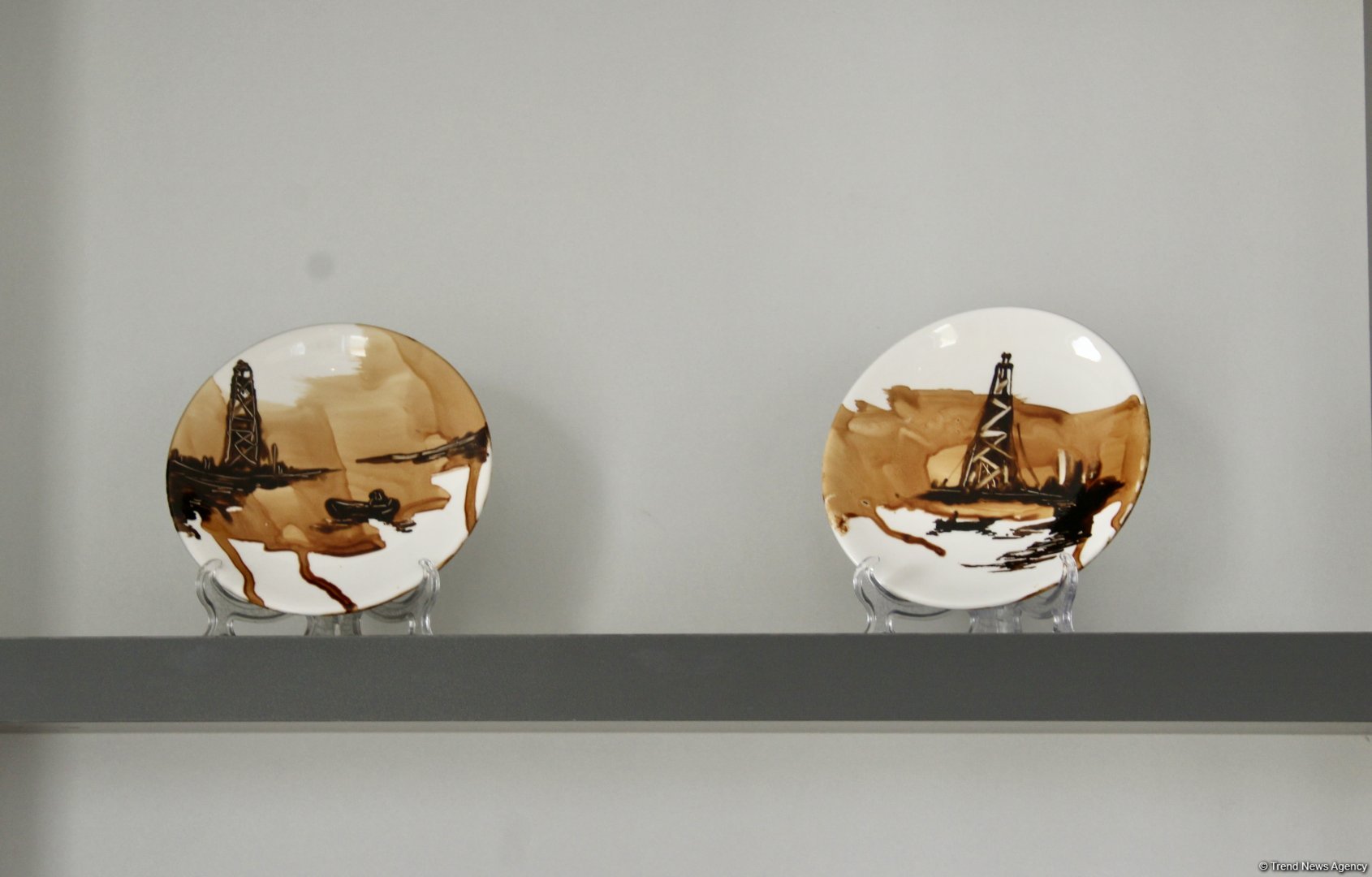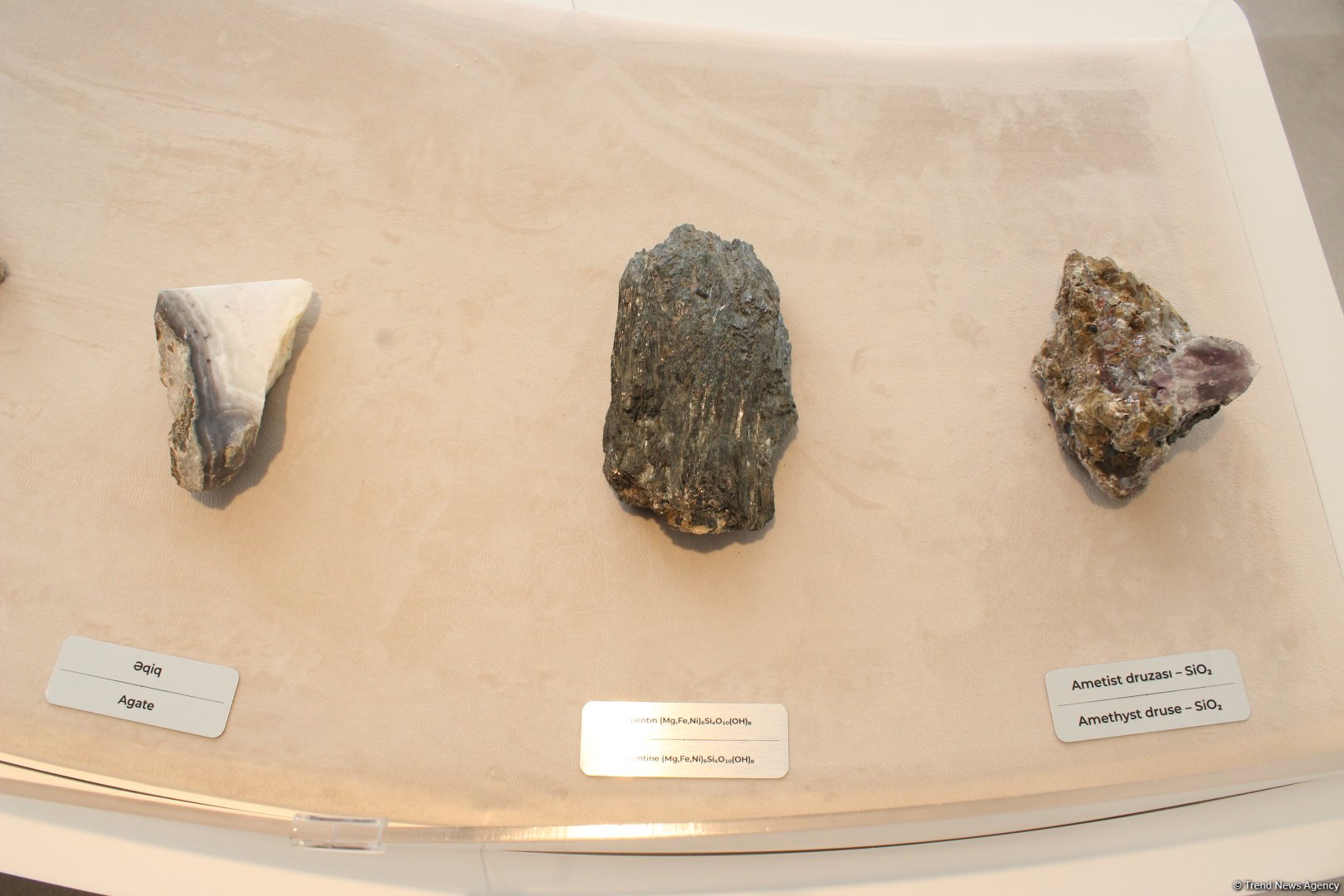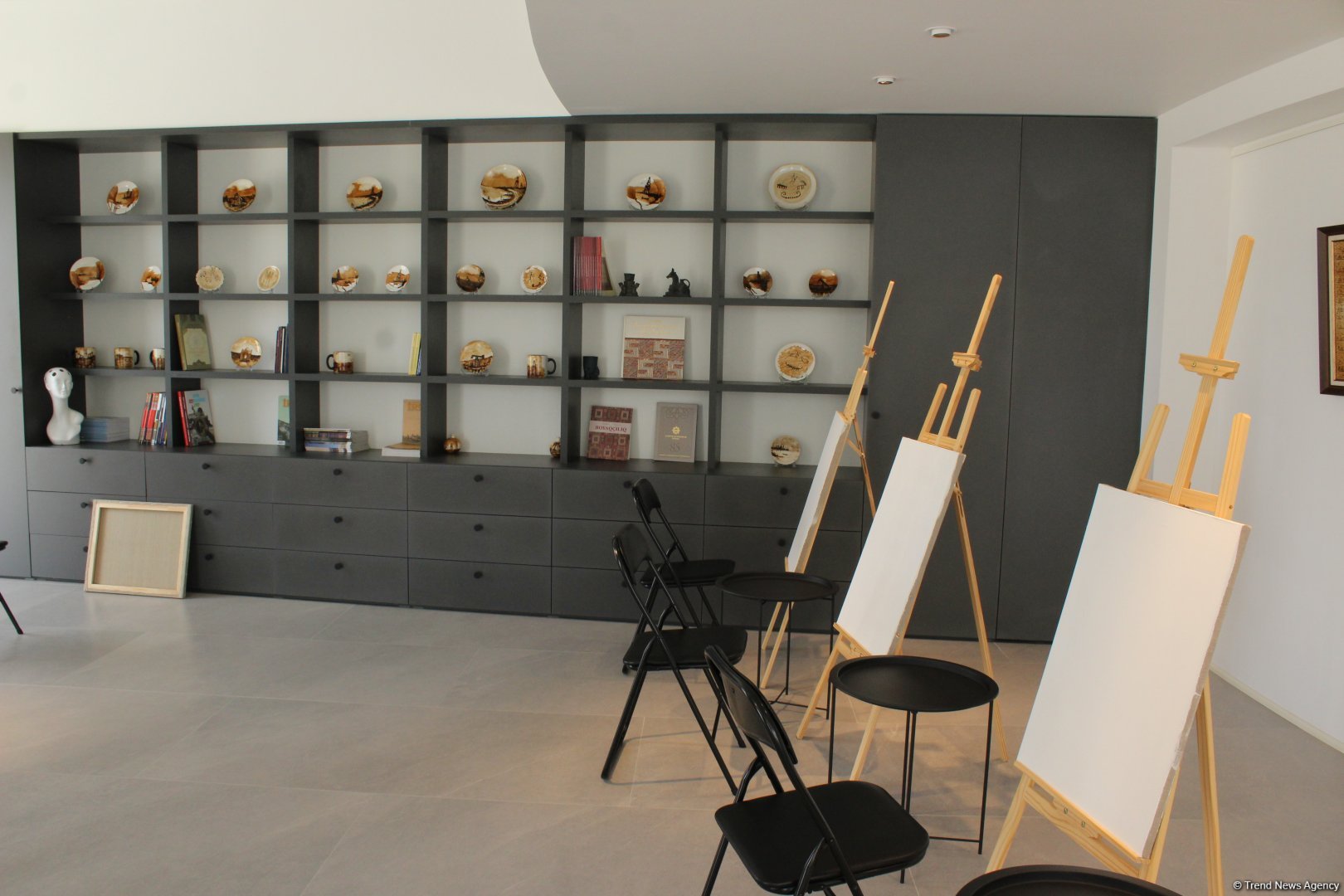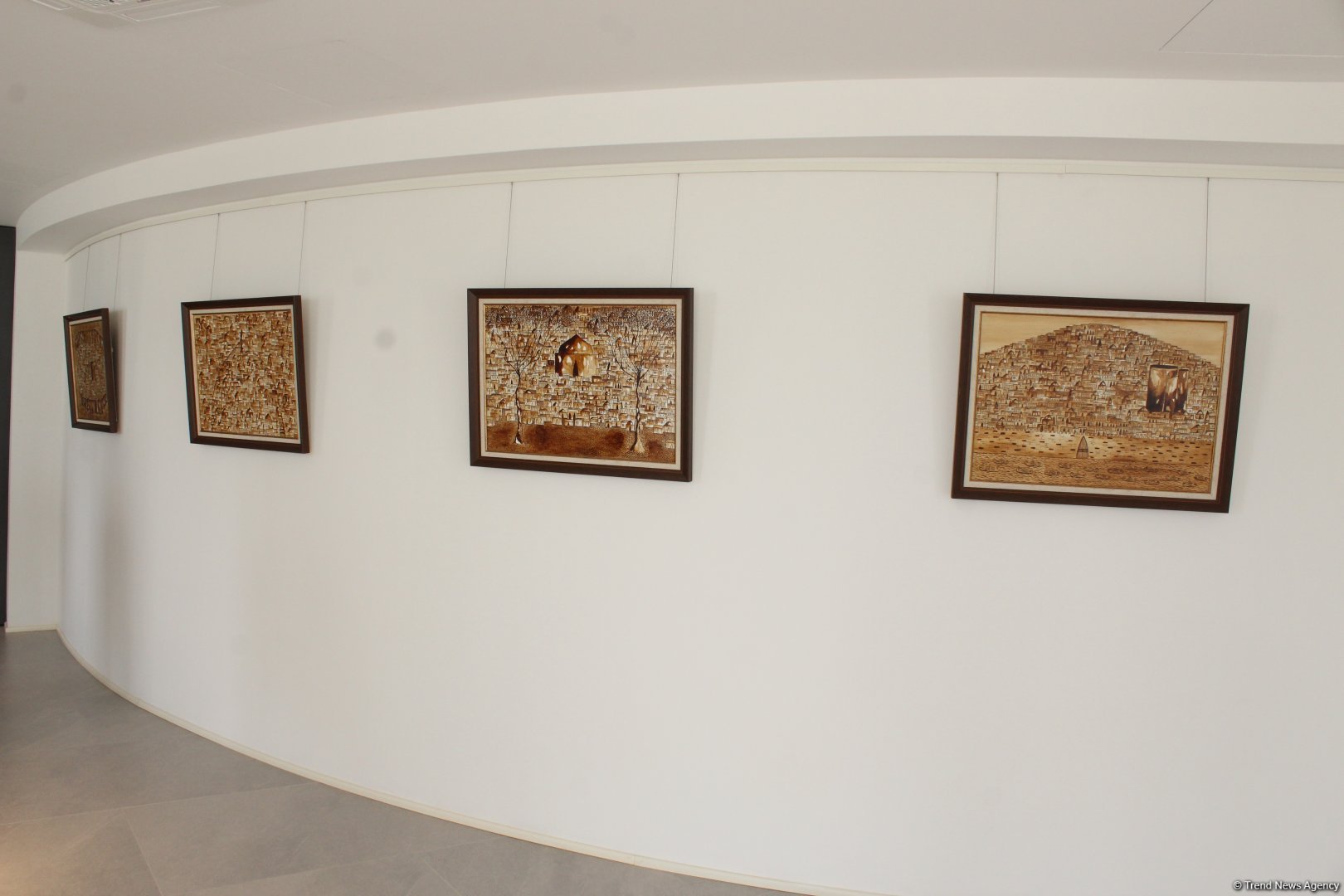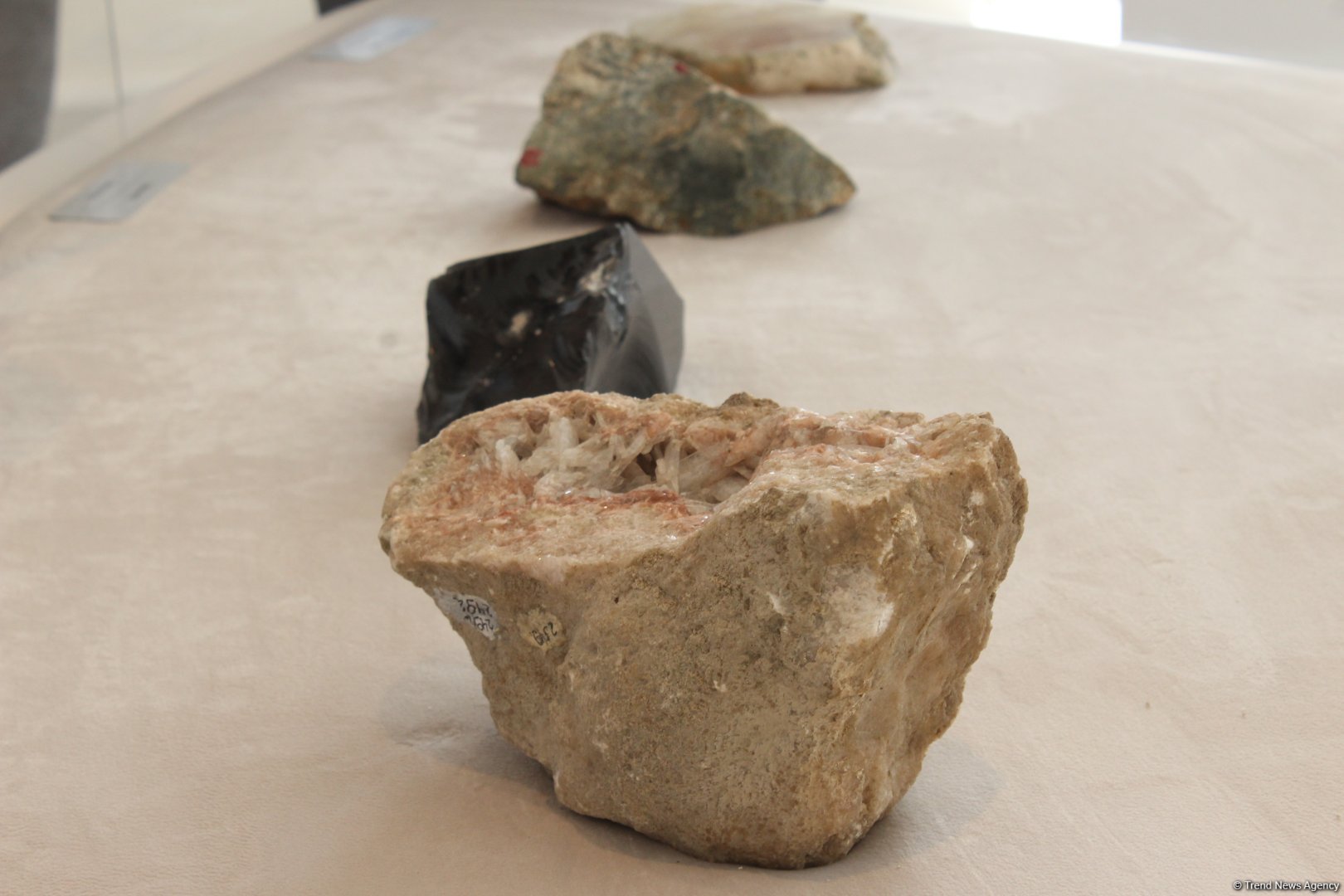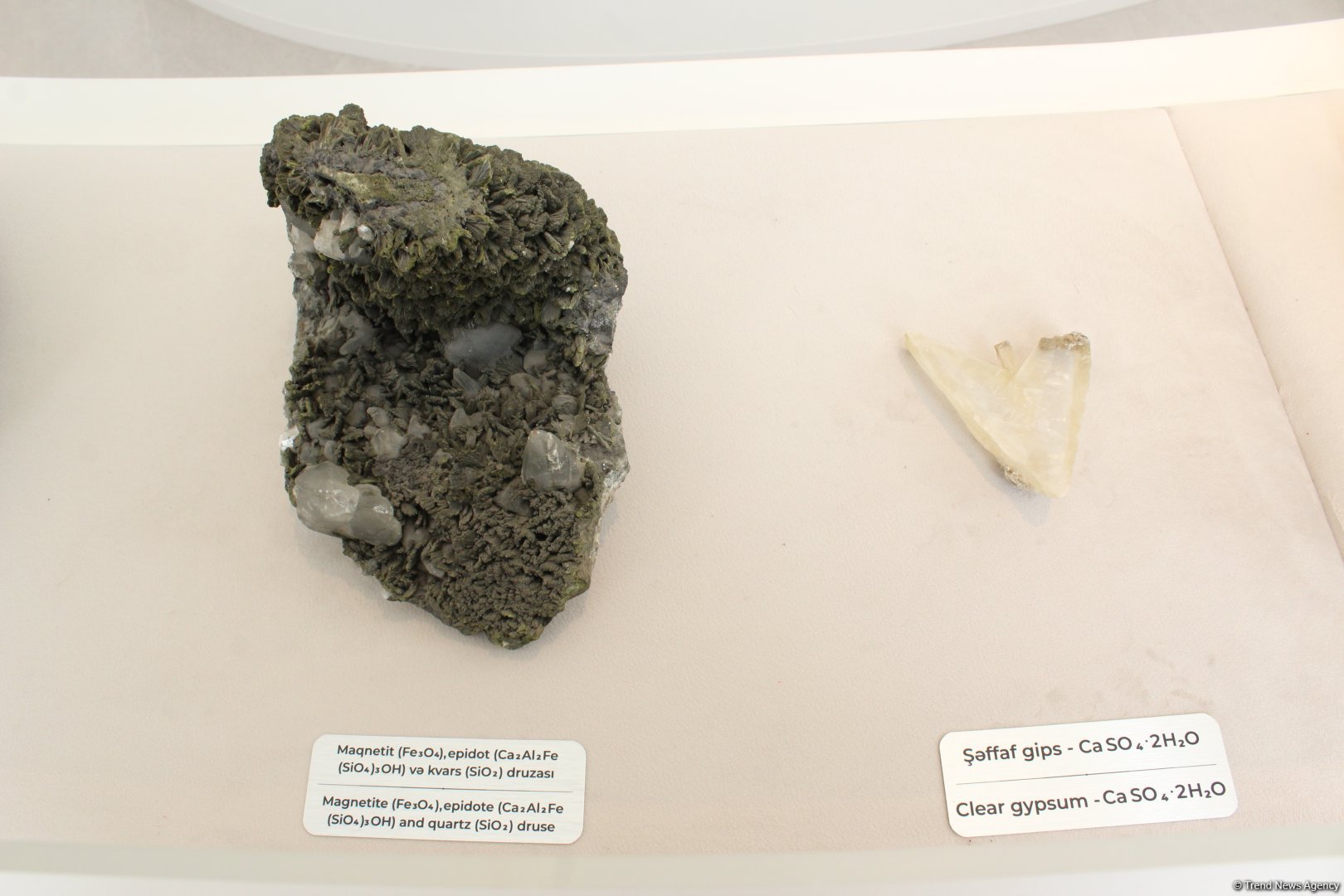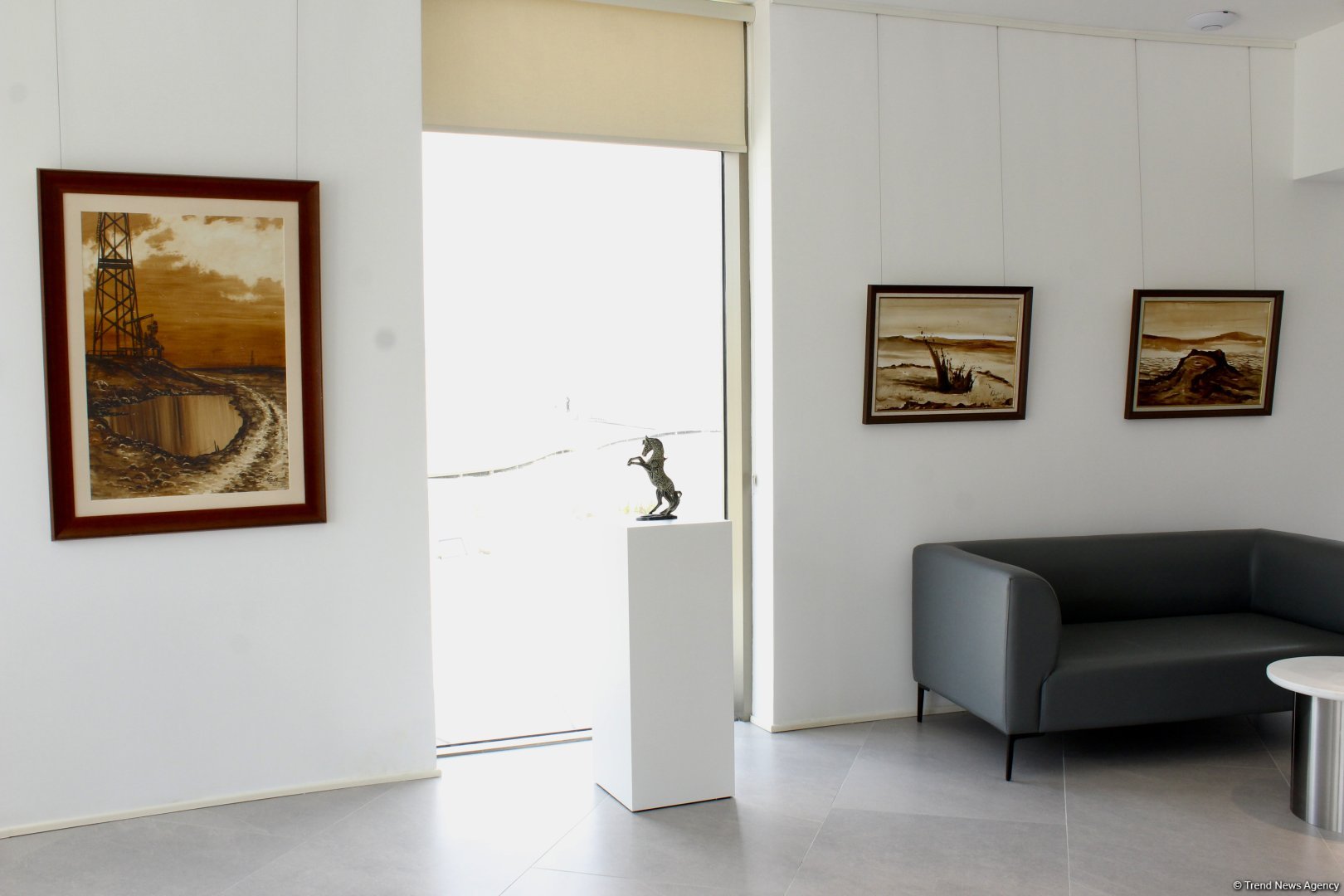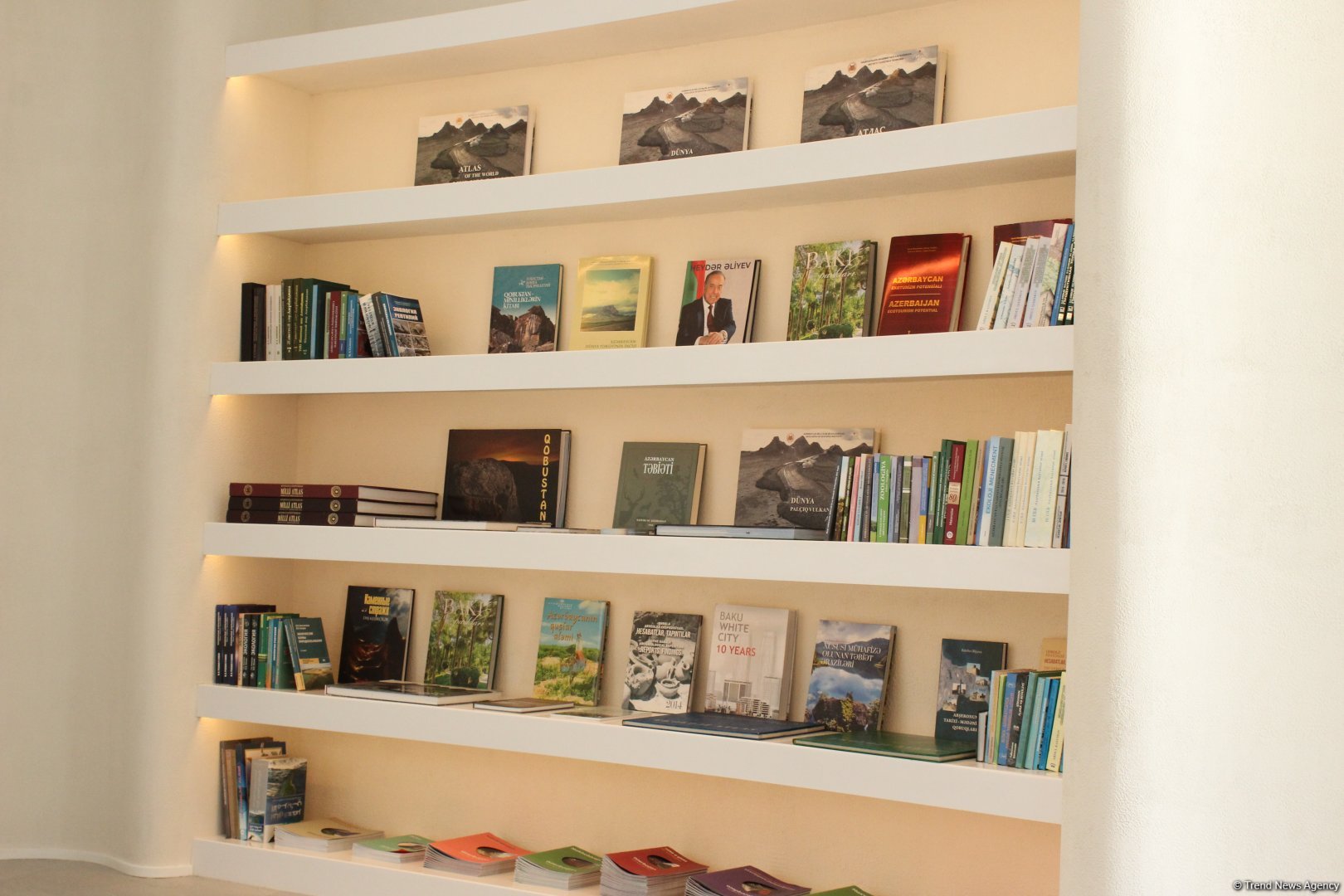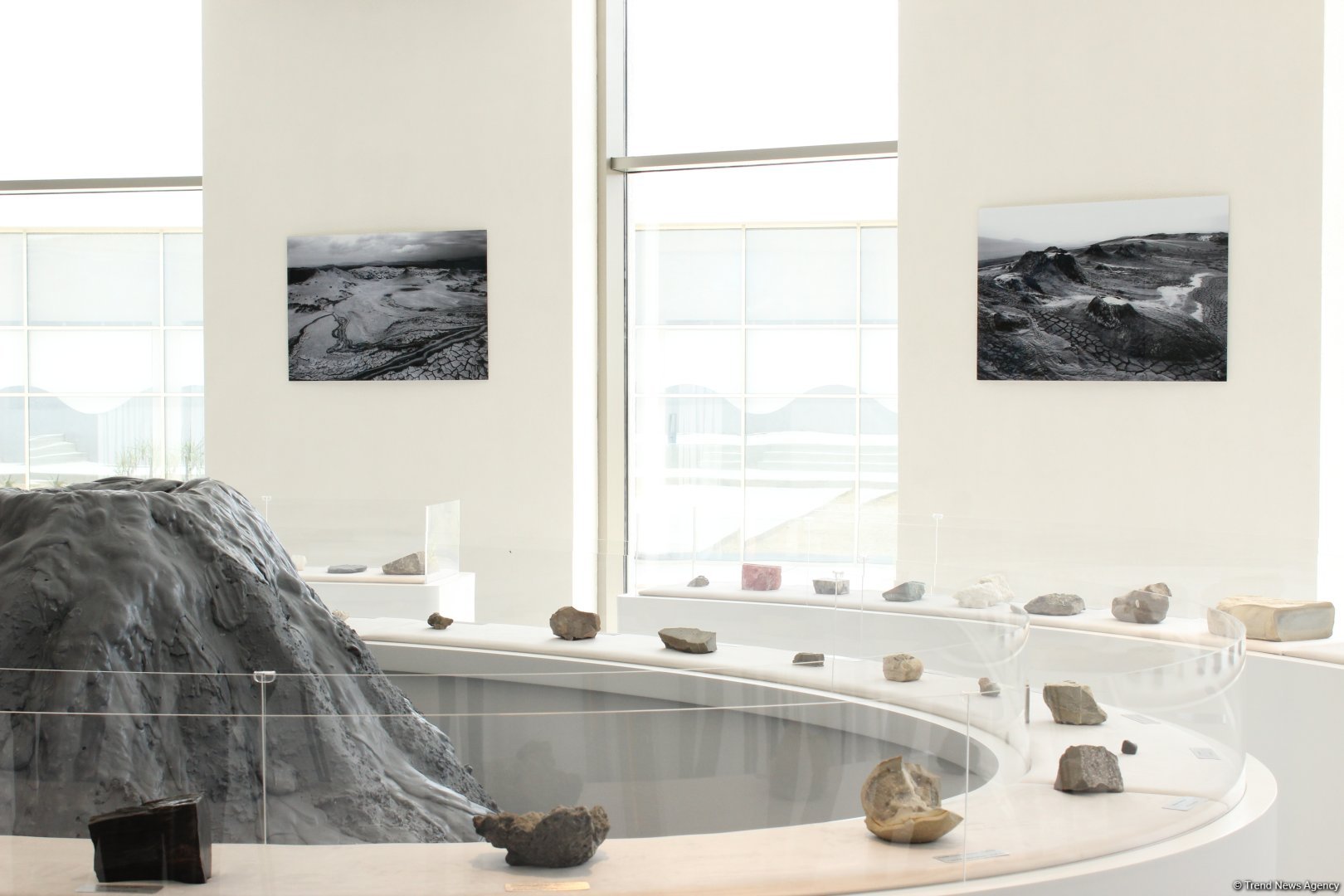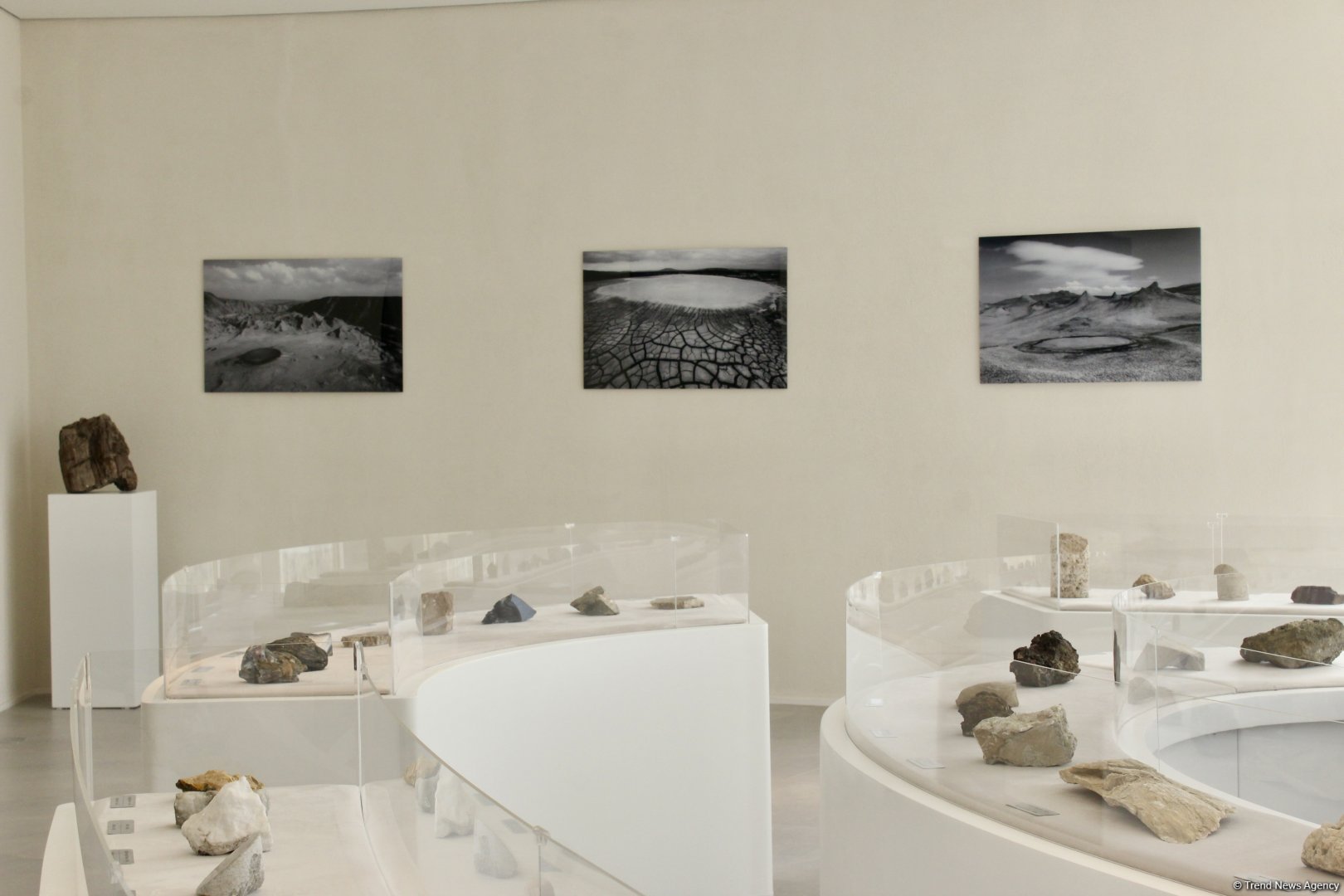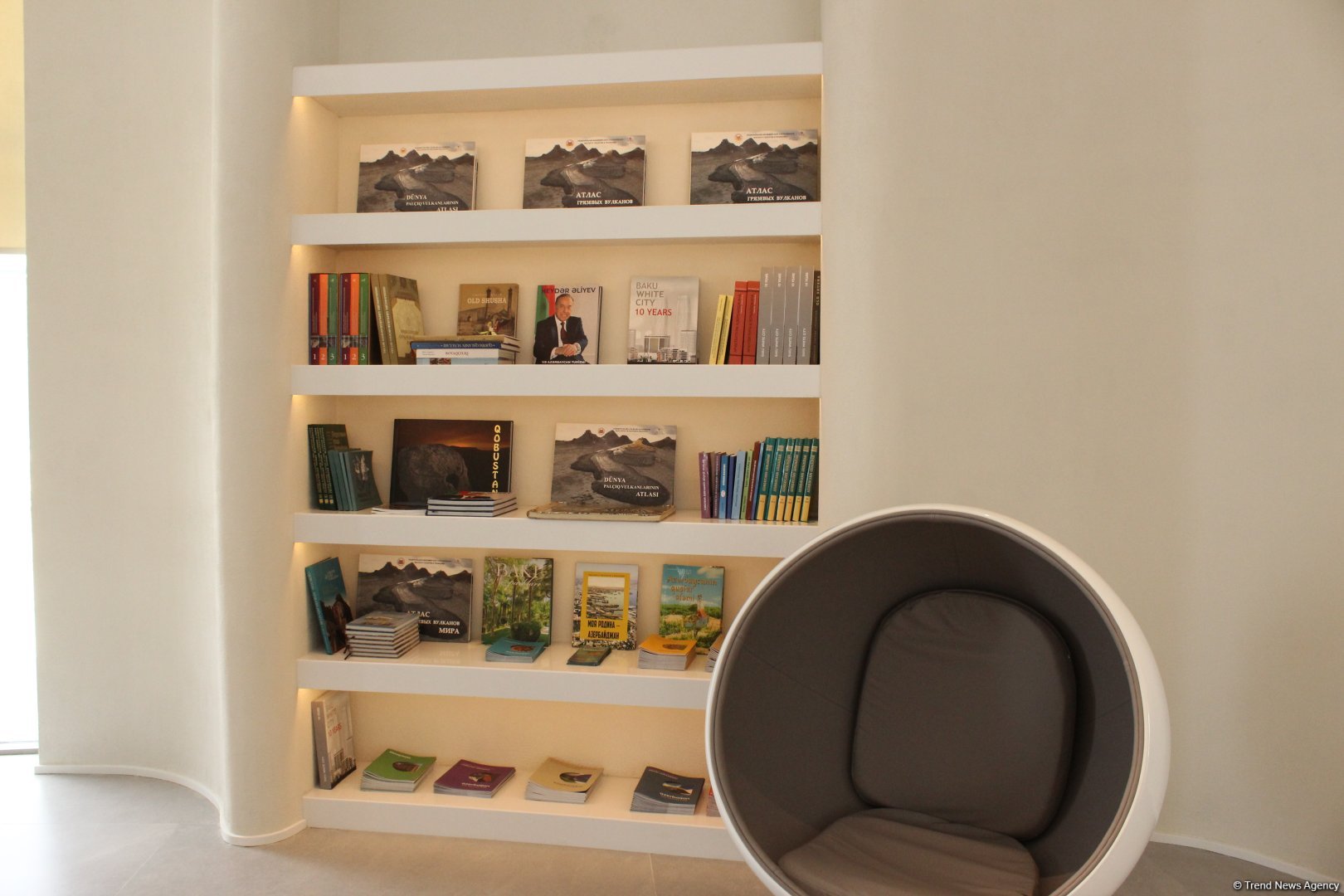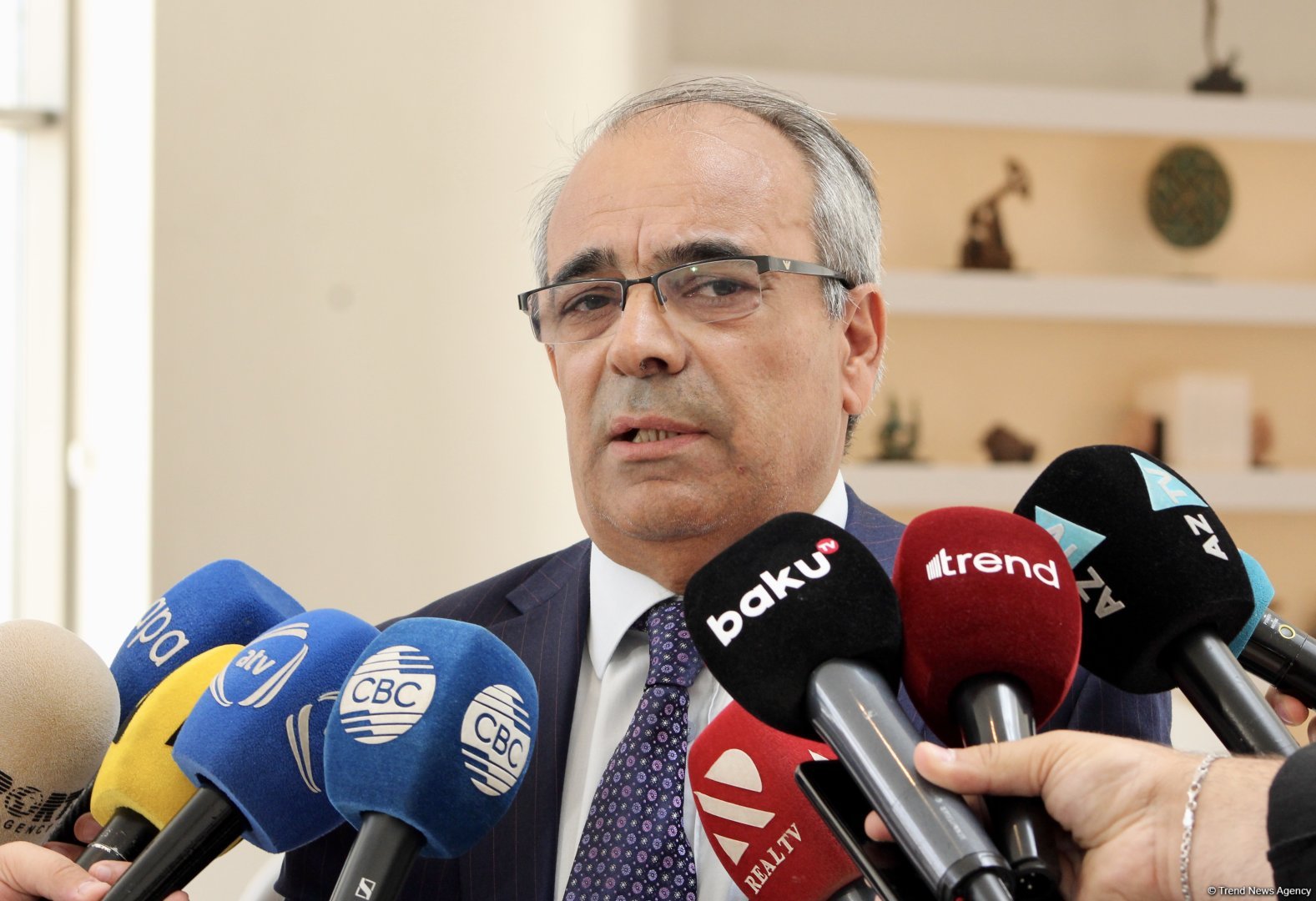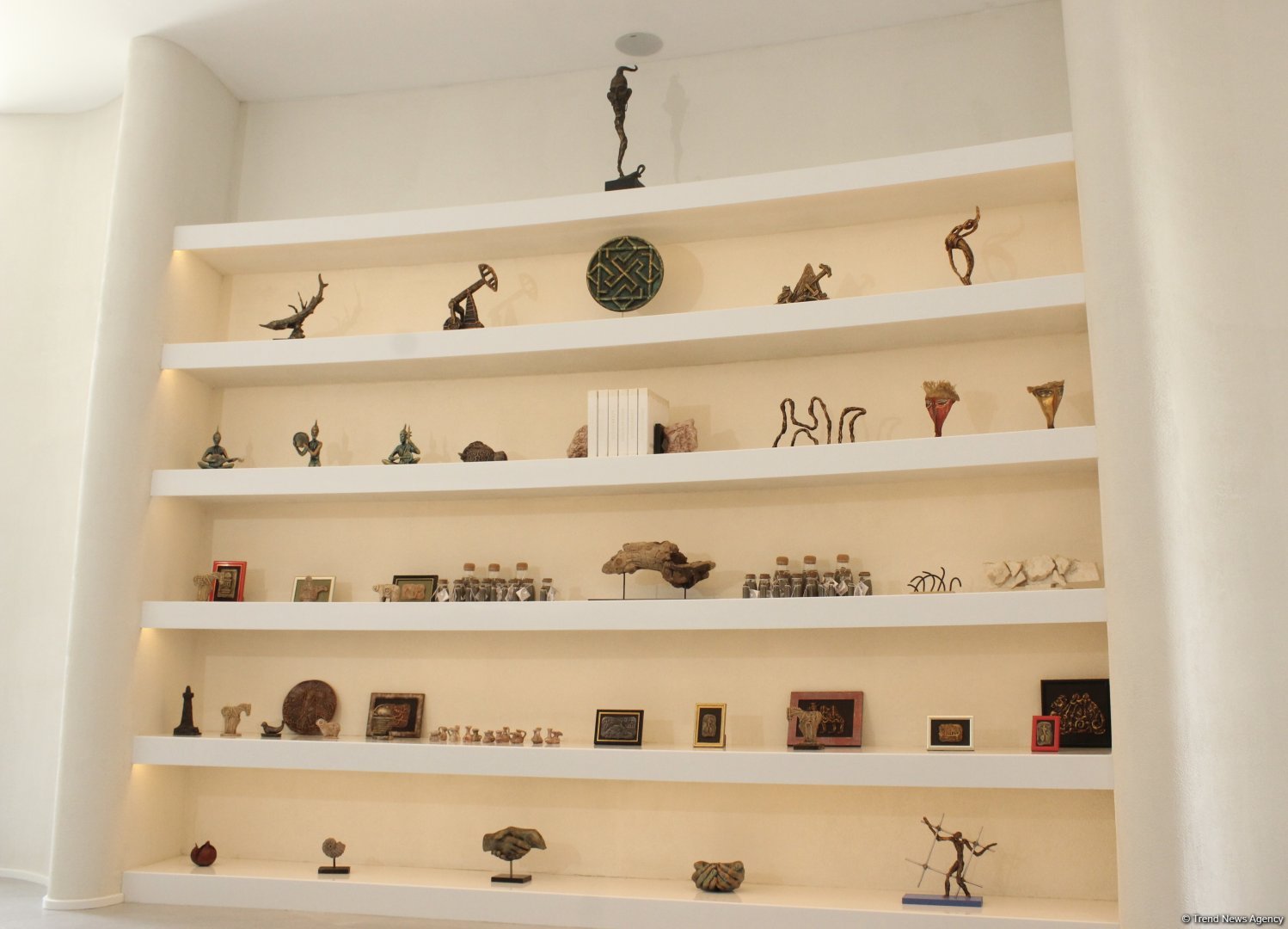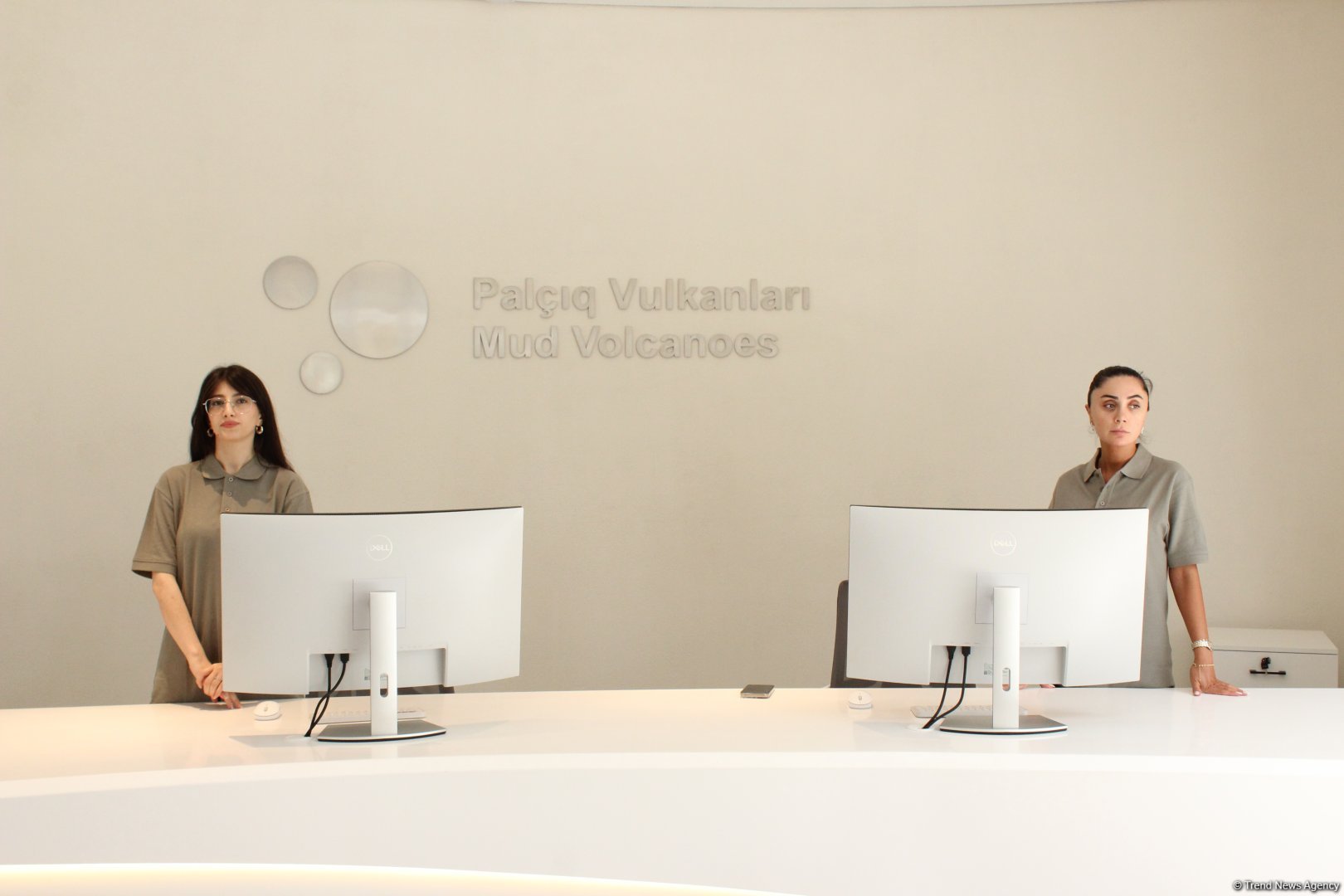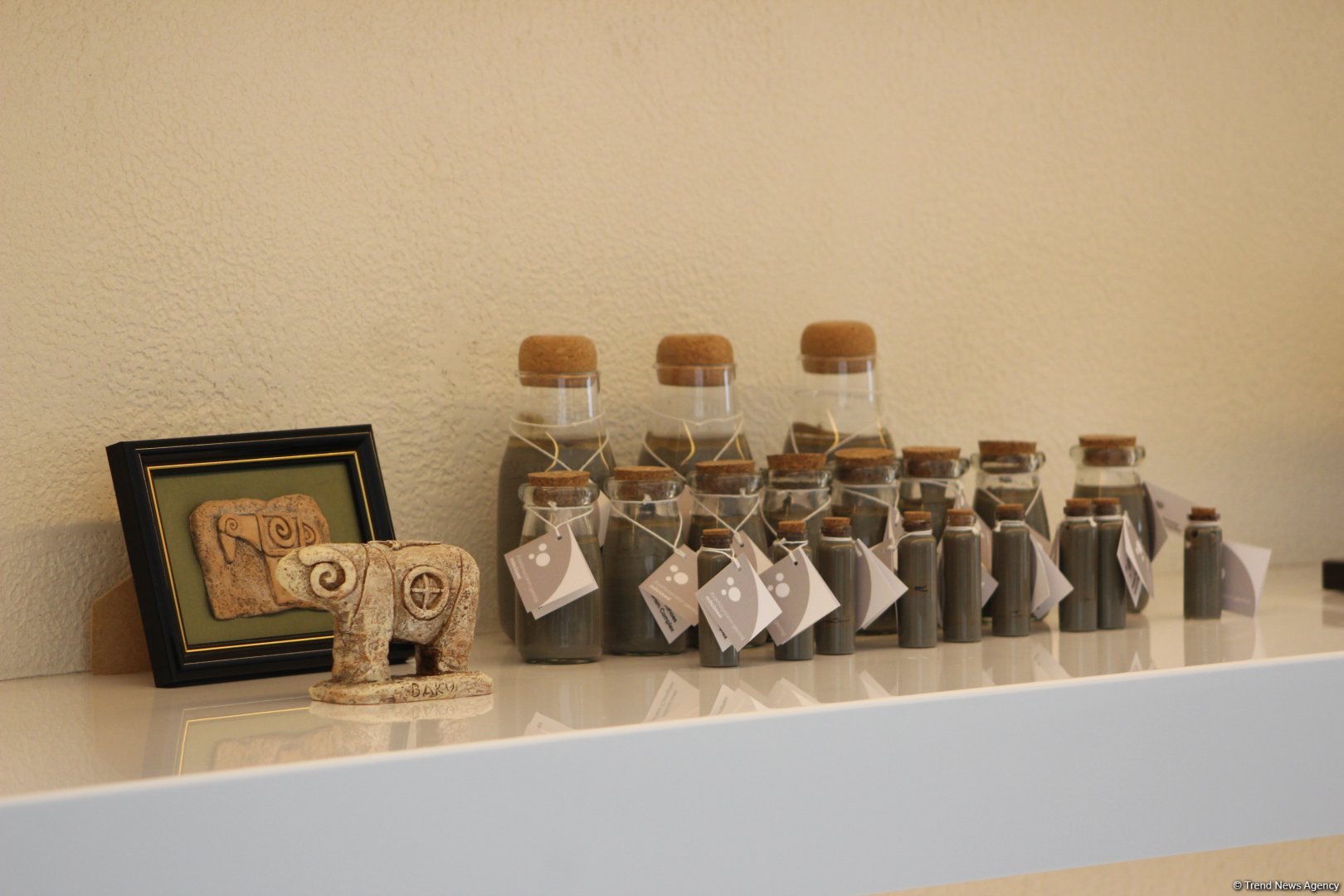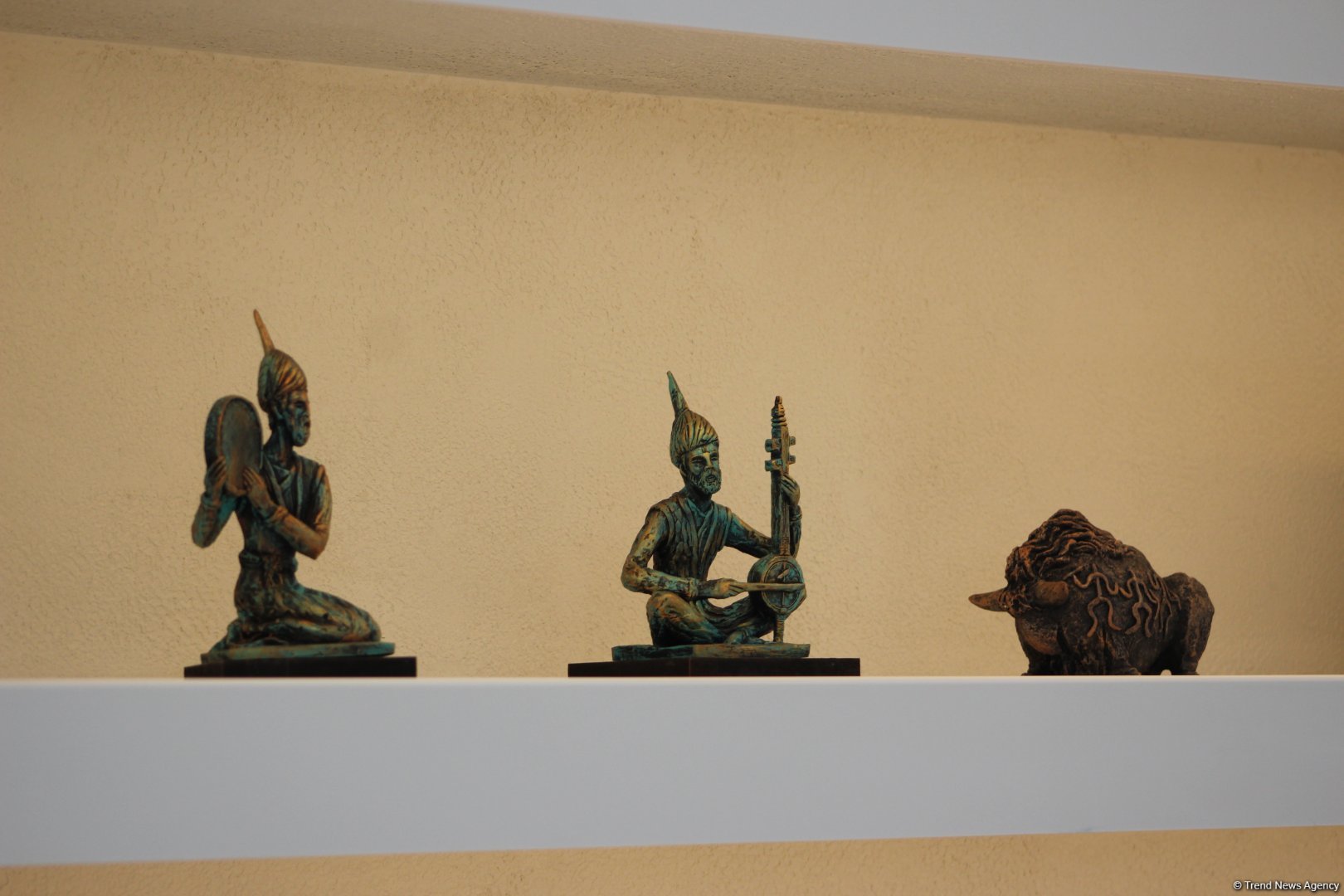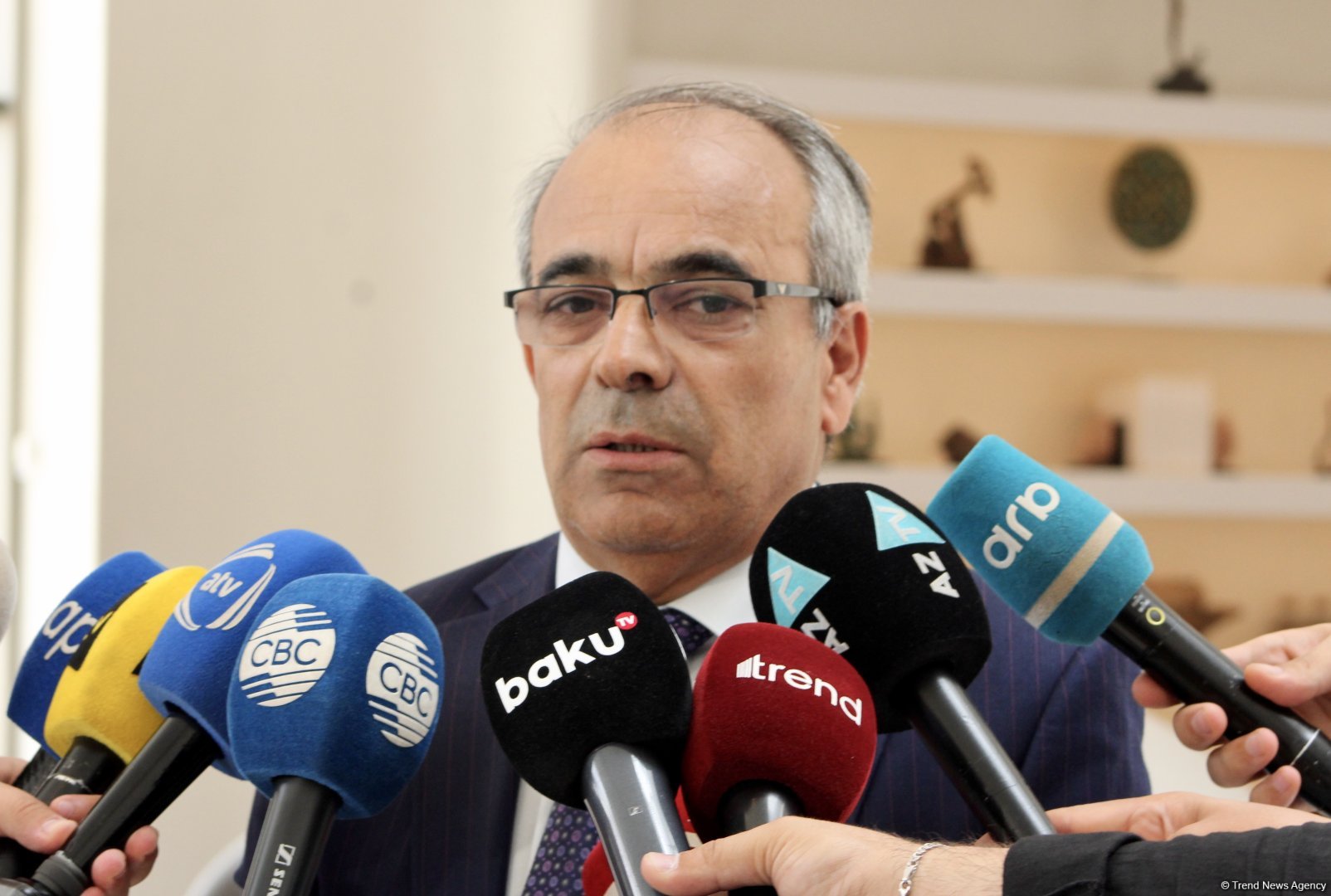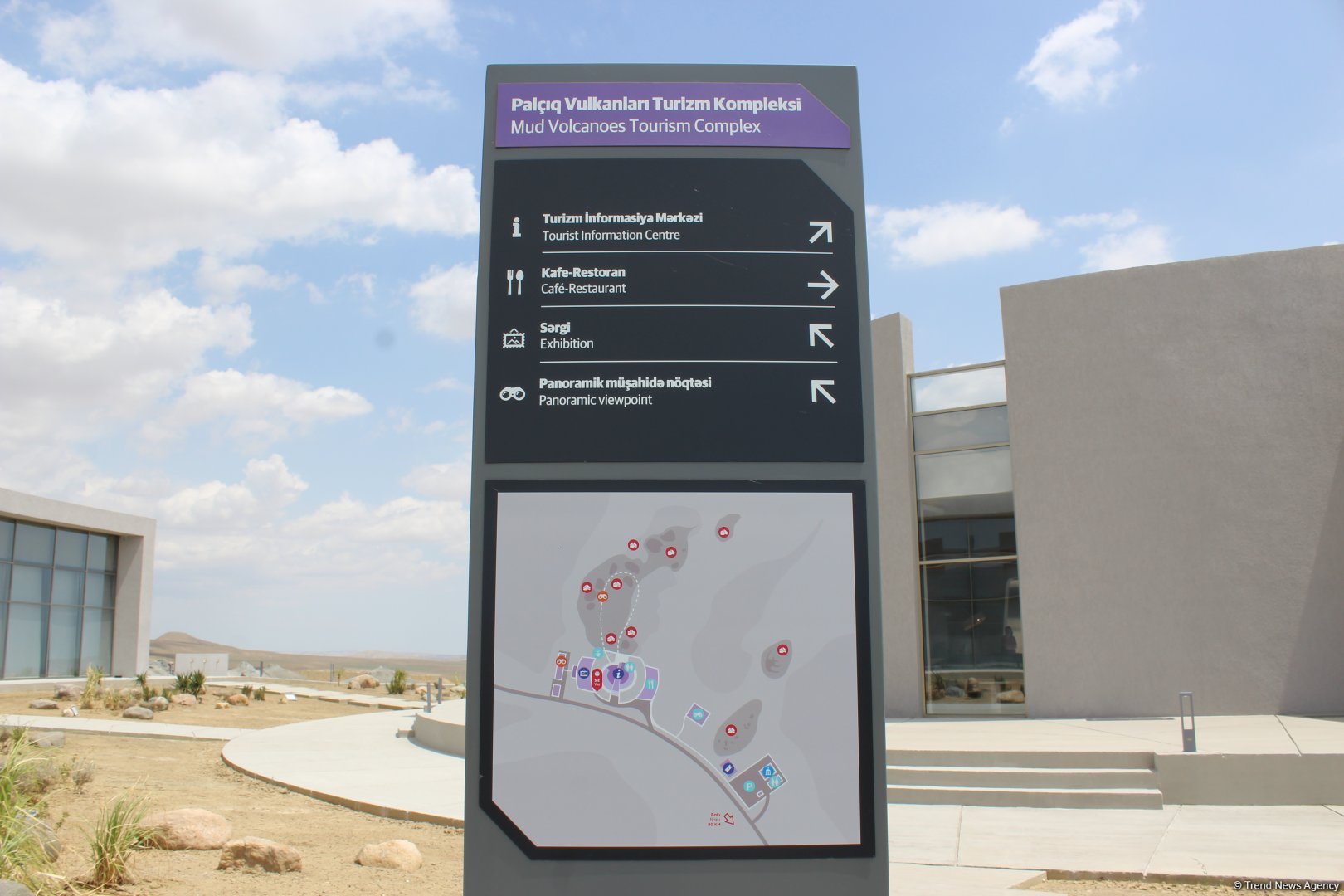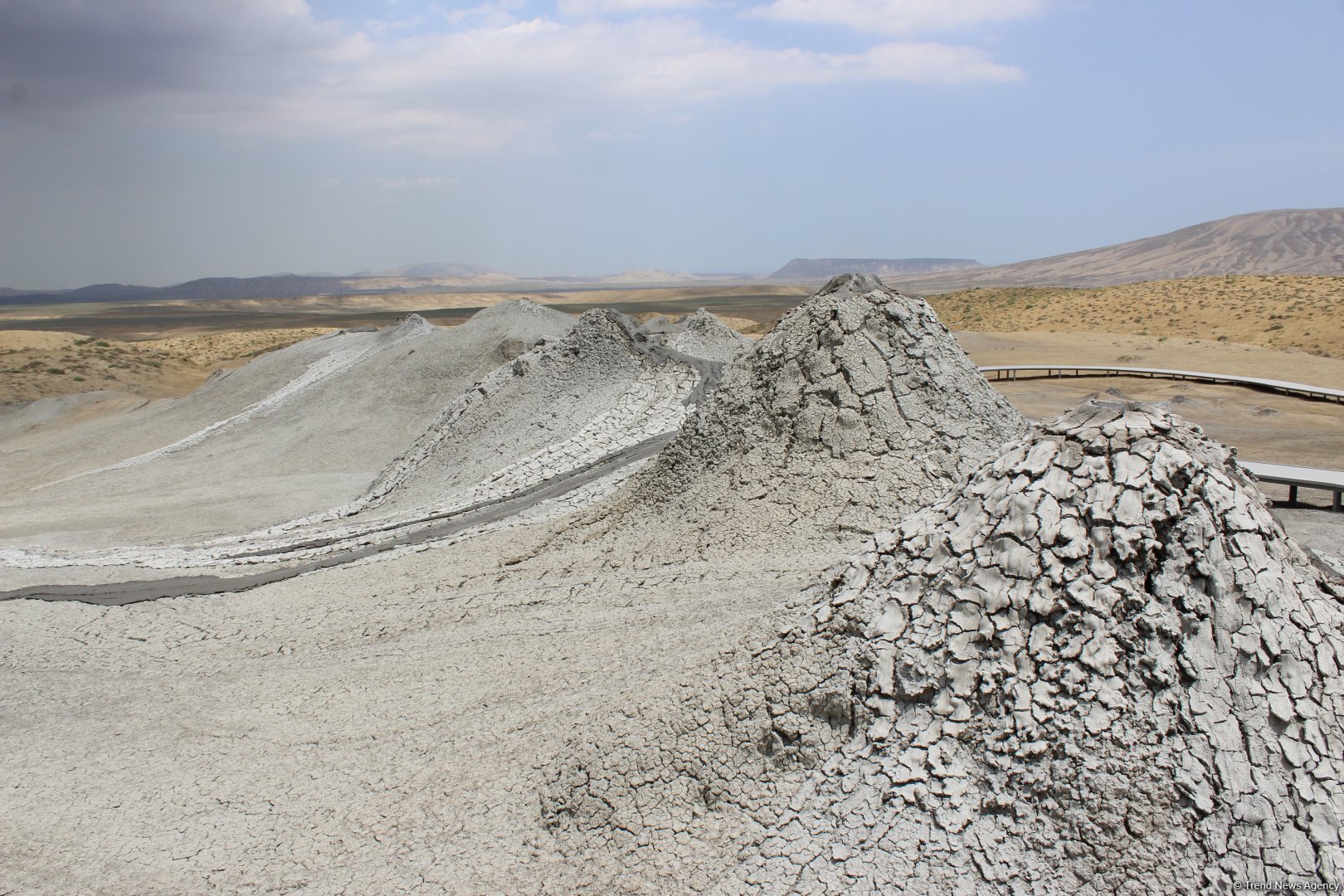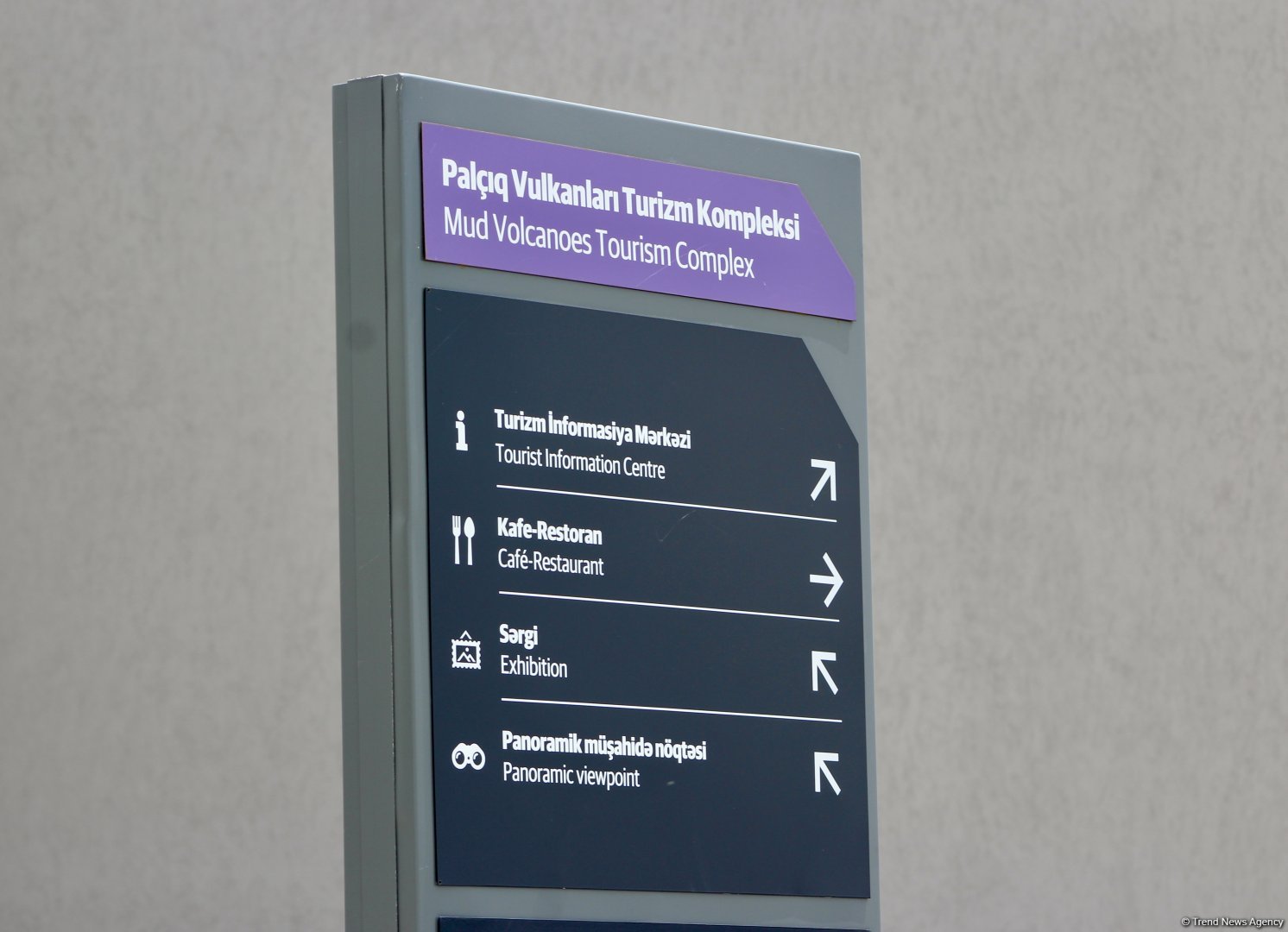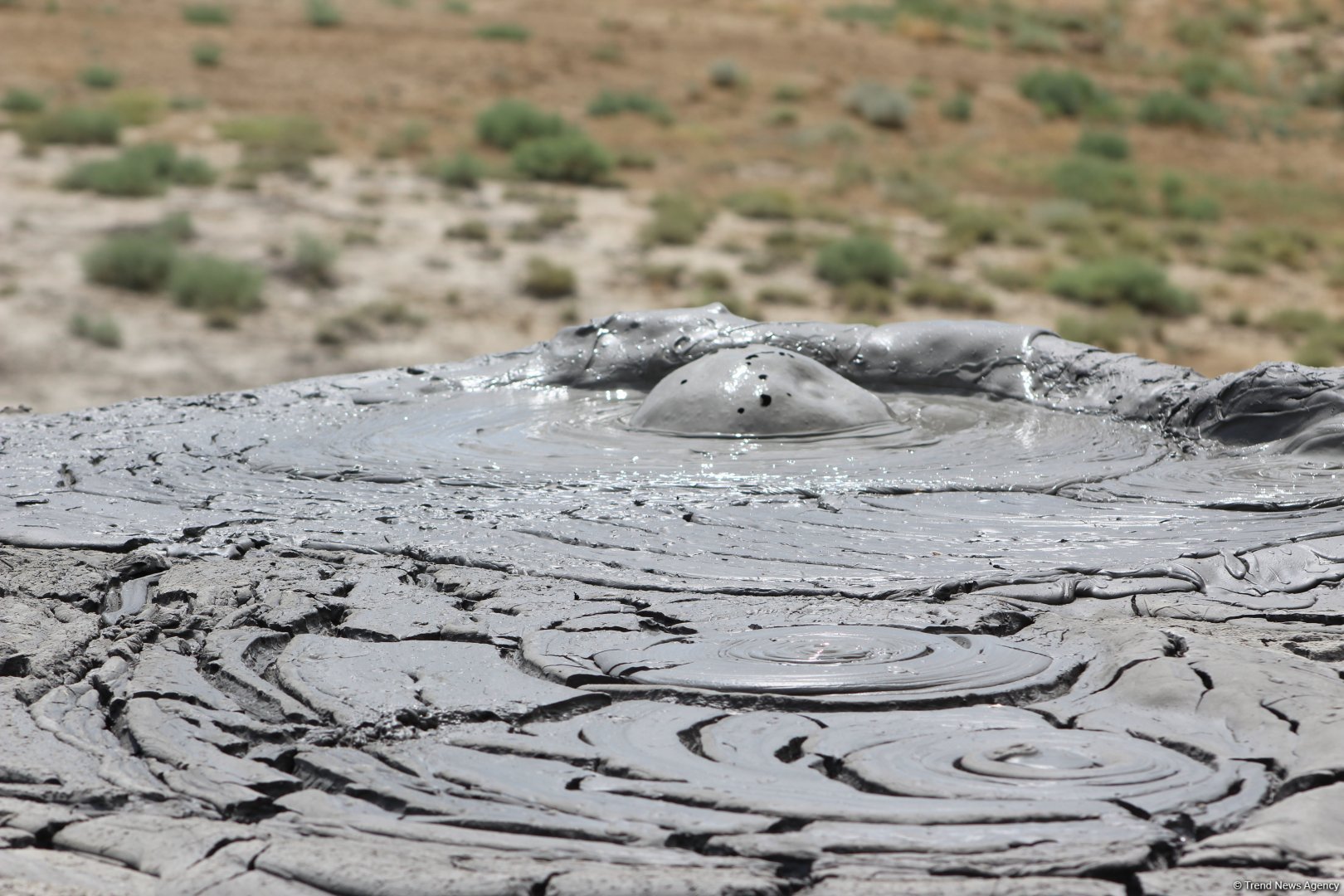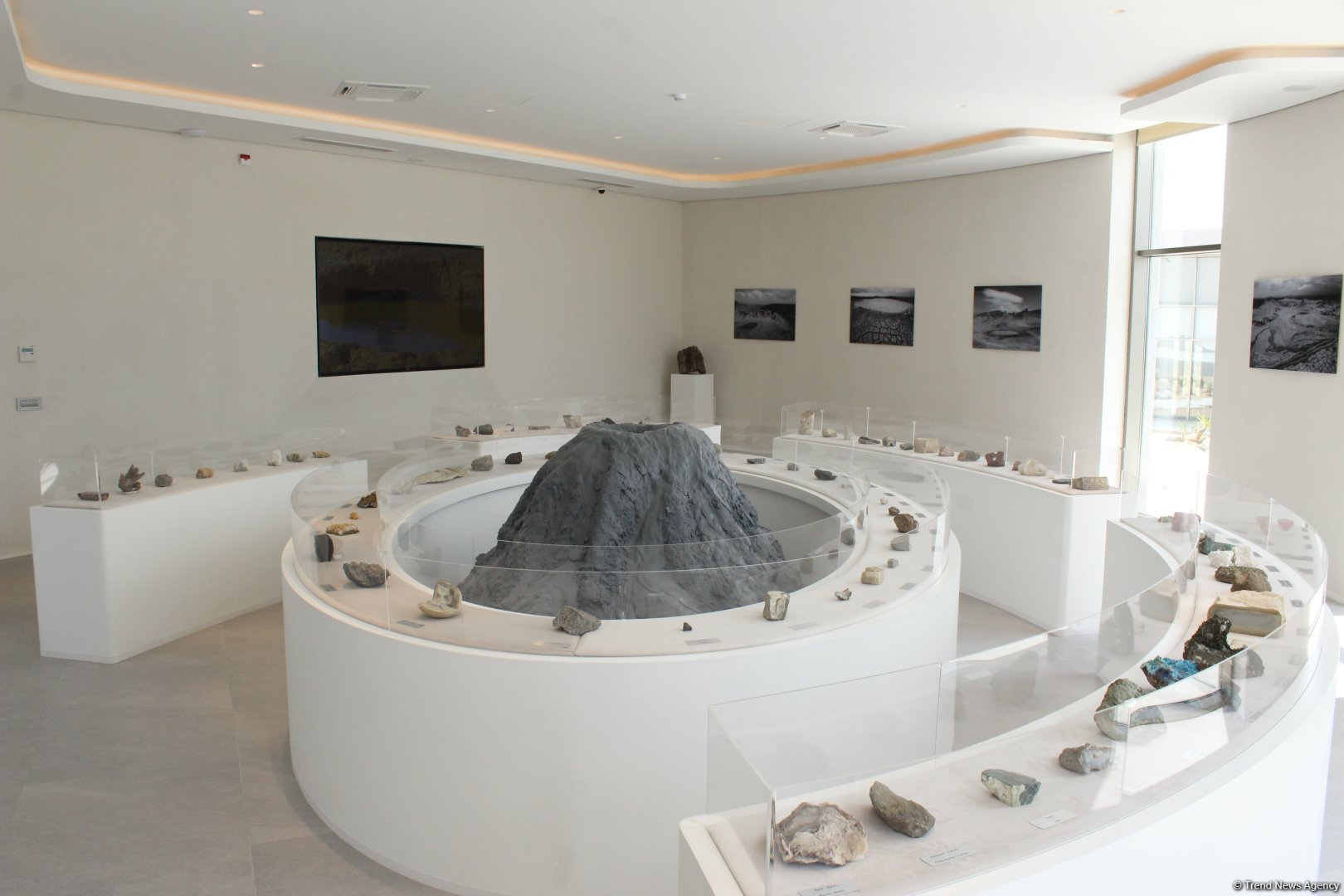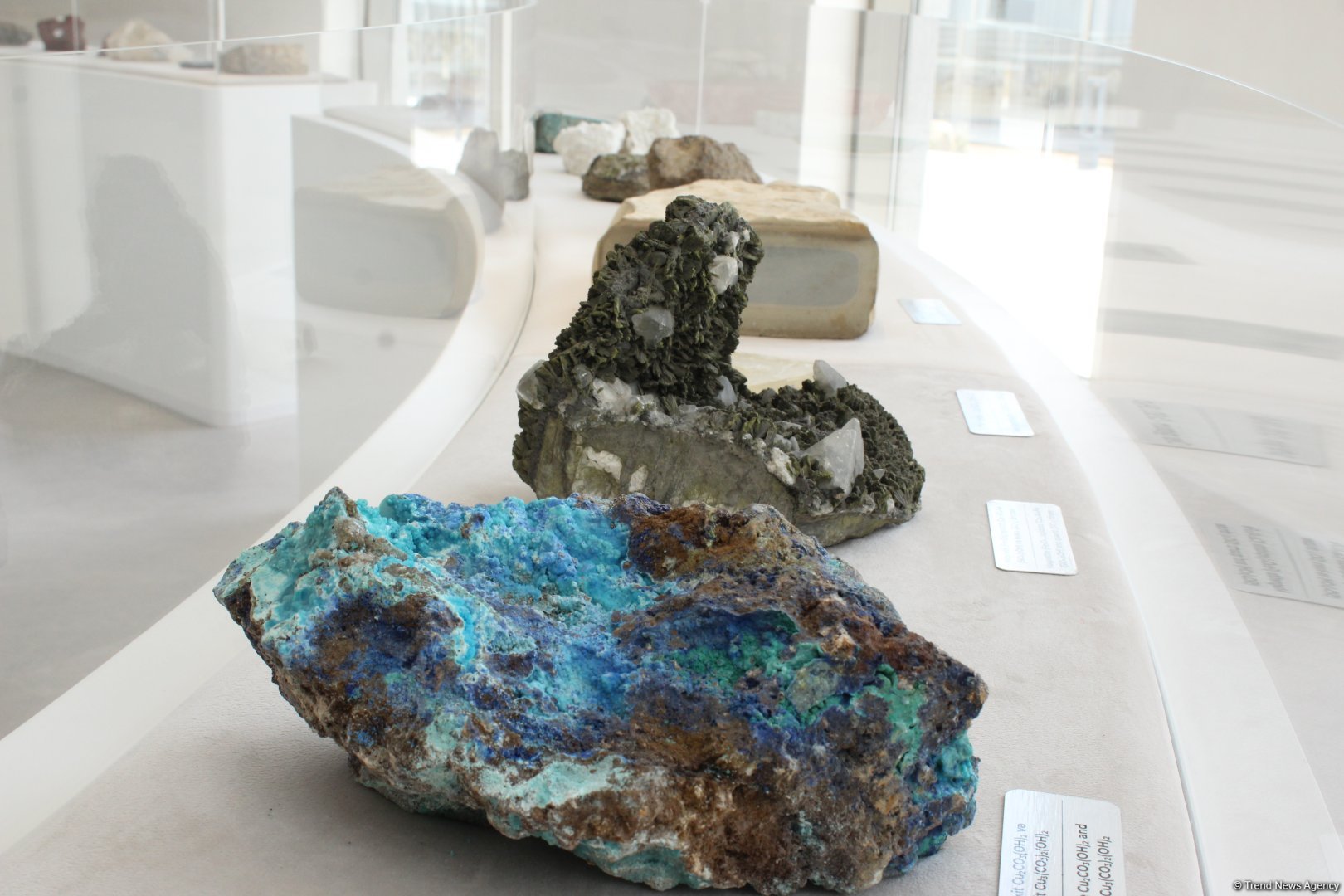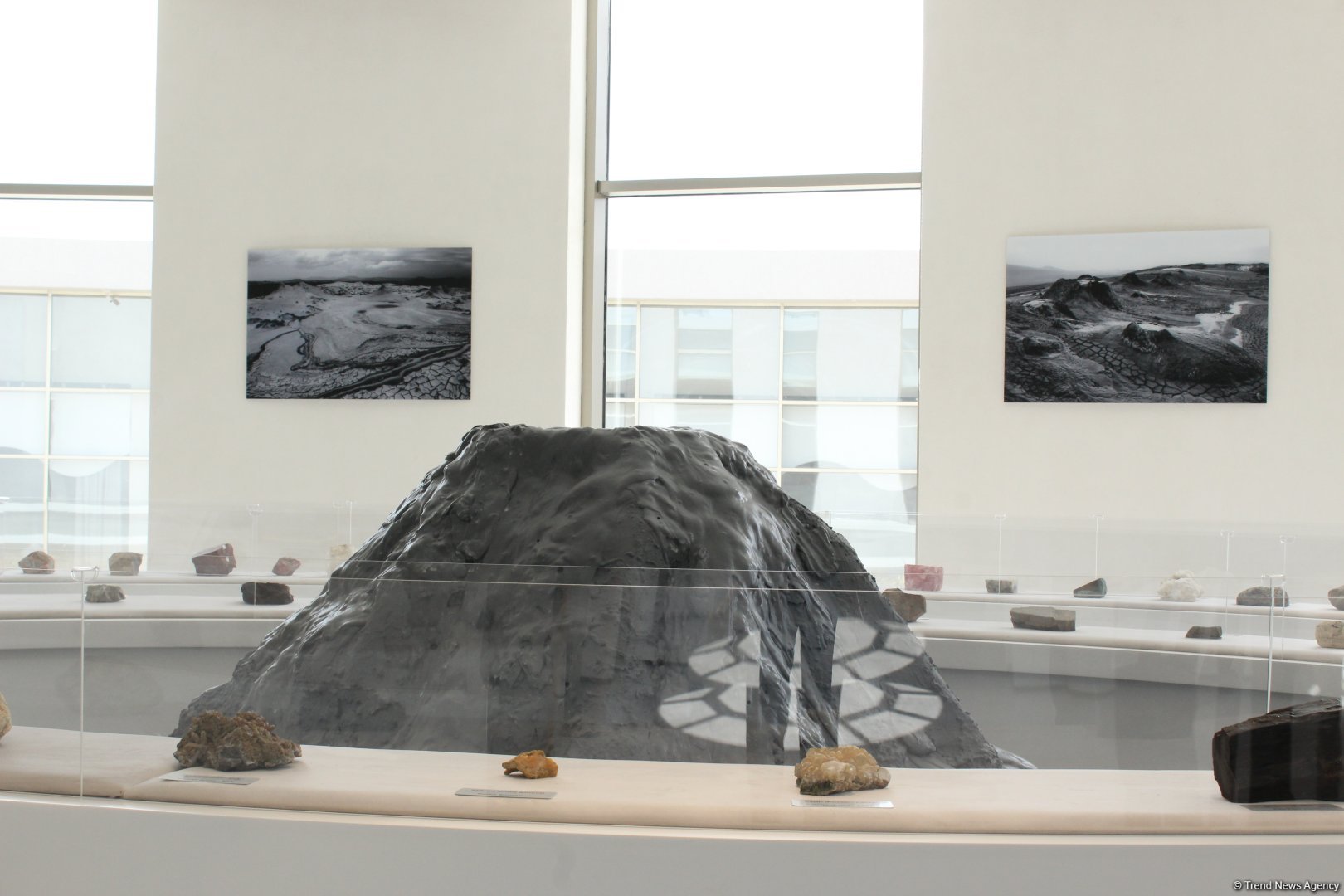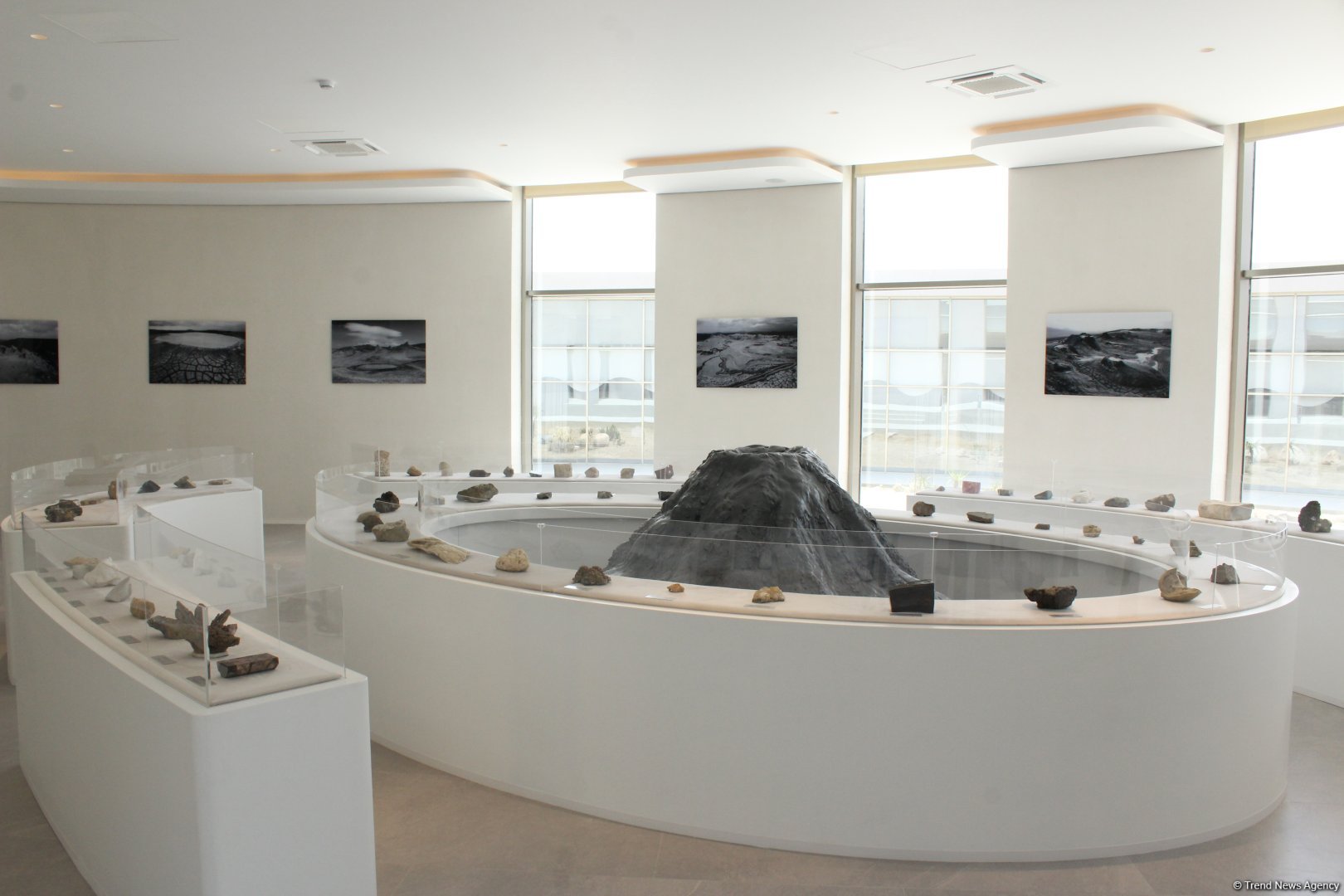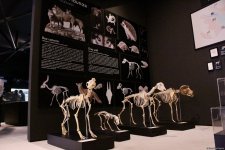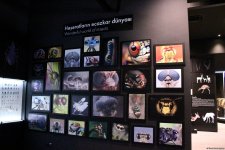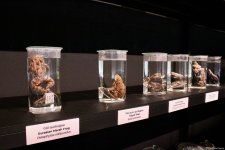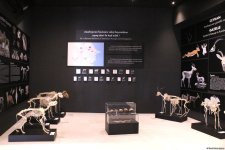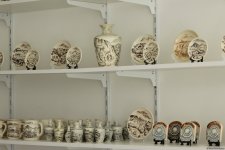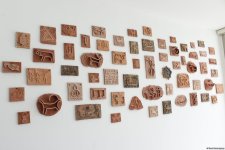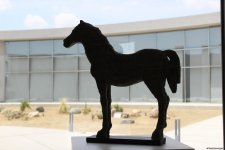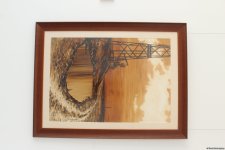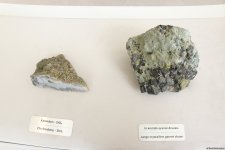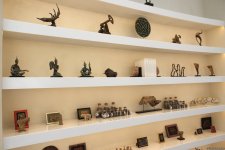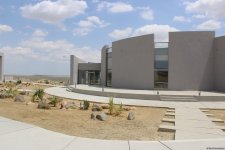BAKU, Azerbaijan, June 14. Tickets for the Mud Volcanoes Tourism Complex (in Azerbaijan's Absheron district) cost five manat ($2.9) for locals and 15 manat ($8.8) for foreign tourists, Chairman of the Board of the Reserves Management Center of the State Tourism Agency of Azerbaijan Murad Aghabayli told reporters, Trend reports.
He mentioned that entry to the complex is complimentary for family members of martyrs and veterans, as well as for schoolchildren.
To note, mud volcanoes, an interesting natural phenomenon, exist in many countries around the world. Azerbaijan is known as a region of rare and classic mud volcanoes. Of the more than 2,000 known mud volcanoes on Earth, over 350 are located in eastern Azerbaijan and the Caspian Sea basin. They are mainly found on the Absheron Peninsula, a group of islands around Baku, Shamakhi, Gobustan, and southeastern Shirvan.
At the Mud Volcano Tourism Complex, visitors may see the Gilinj mud volcanoes, eight mounds in a row. The widespread volcanic breccia (huge ground rocks) contains two northeastern bands. Breccia distribution covers 20 hectares and spans from 300 to 500 meters.
The width of the strips reaches up to 50 meters in some places. Although 60 percent of the volcanoes in Azerbaijan are considered active, strong eruptions of the Gilinj volcano haven't been recorded in scientific sources.
Overall, the Mud Volcanoes Tourism Complex covers an area of 12 hectares and includes an administrative building. The newly established tourism infrastructure has generated over 60 job opportunities for local residents, particularly those from surrounding areas. The Tourism Information Center at the complex features an exhibition hall and workshop.
At the center, visitors can obtain information about the characteristics of mud volcanoes, their natural and therapeutic properties, and explore a model of a mud volcano.
Furthermore, the center showcases around 80 rare minerals collected from across Azerbaijan.
The exposition includes the names of mineral samples, their chemical composition, and information about the deposits from which they were sourced. Workshops on pottery and oil painting will also be organized.
The exhibition hall dedicated to natural history garners great interest with its wealth of exhibits. The hall sections like "Big Cats," "Fauna of Gobustan," "Traces of Wild Animals of Azerbaijan," "World of Insects of Azerbaijan," and "Skeletons of Small Animals" showcase skeletons of wild and domestic animals—representatives of Azerbaijani and global fauna—as well as insects, amphibians, and reptiles found in Azerbaijan.
Each animal skeleton on display is authentic, bioethical, and collected by Azerbaijani professionals decades after the animals' deaths. The natural history display showcases Azerbaijan's animals' diversity. This includes 98 animal skeletons from Azerbaijan and around the world, 870 dried insect species, 57 specimens in specific solutions, reptiles and amphibians, and paleontological exhibits.
To increase the interest of children and students in the surrounding world and to give them an understanding of the displayed skeletons, photographs of various animals are hung on the walls. Information is also provided about the habitats of several animals protected in Azerbaijan's national parks, including the leopard, bezoar goat, gazelle, and Caspian seal.
The "Minerals" exhibition at the complex features about 80 different types of minerals found in Azerbaijan. Its visitors can see beautiful and rare gemstones, crystals, and geological samples brought from all corners of the country – from Gobustan to Nakhchivan.
The first part of the two-part exhibition showcases samples of breccia formed as a result of mud volcano eruptions, while the other part displays minerals found in various mineral deposits in Azerbaijan.
The visitors are also provided with information about the Earth's surface, geological processes, and the formation of rocks and minerals. The creation of modern tourist infrastructure around mud volcanoes will raise public awareness of these volcanoes located in the region and promote their recognition as natural heritage.
A 110-seat restaurant, walking path, panoramic viewing point and platform, and parking lot have been built on the Mud Volcano Tourist Complex to make tourist movement easier.
Additionally, the tourists will have the opportunity to take part in a tour of this territory with difficult terrain on quadracycles, an environmentally friendly form of transport.
Stay up-to-date with more news at Trend News Agency's WhatsApp channel

